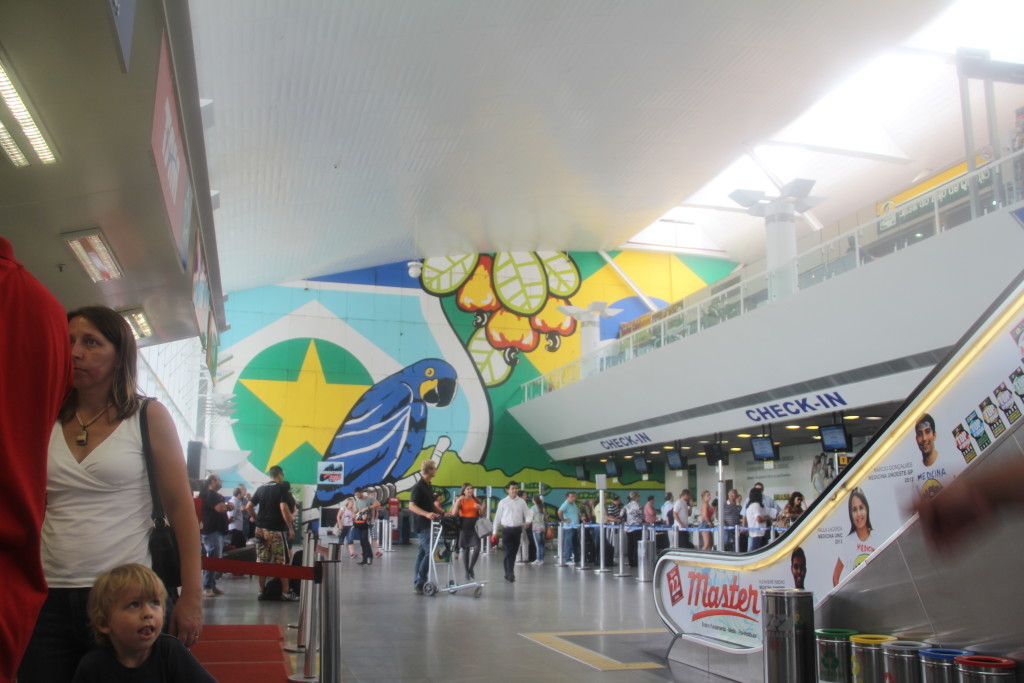A few days ago I wrote how “Getting there is half the fun” but leaving Cristalino (sad as the thought is because everyone hates leaving this place) can be equally interesting. Here’s a few sightings we caught on the way out.
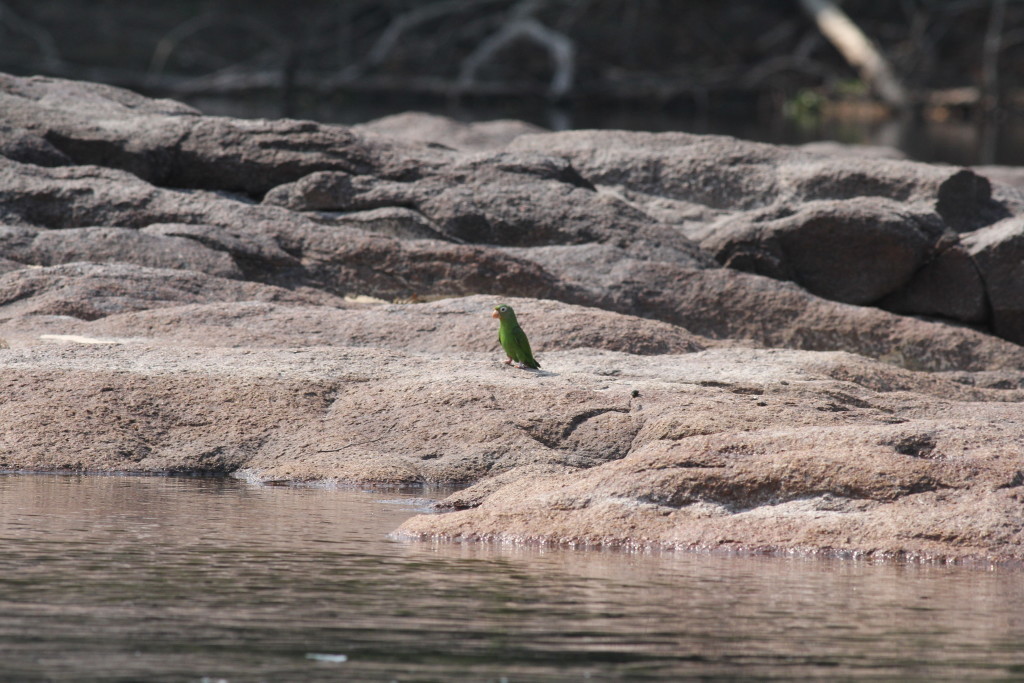

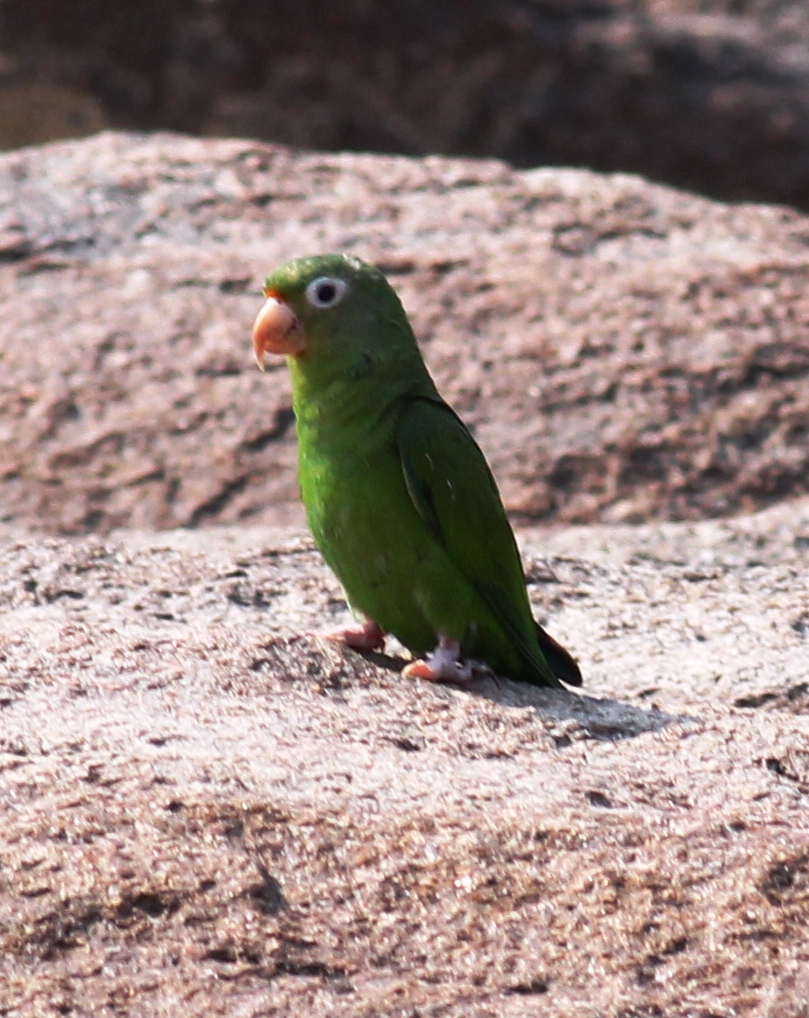
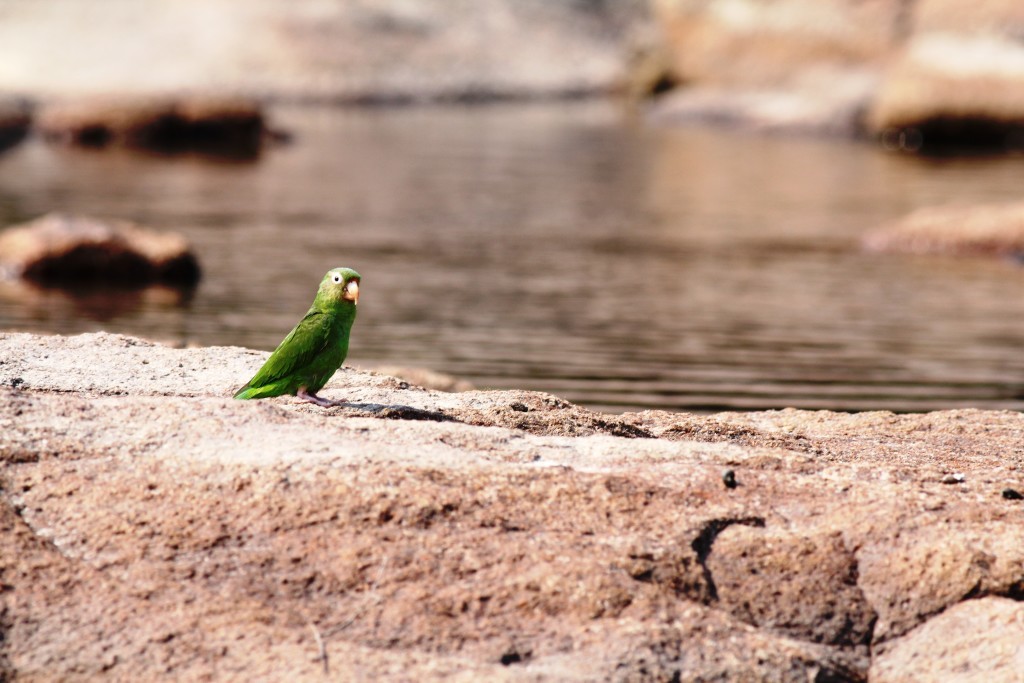

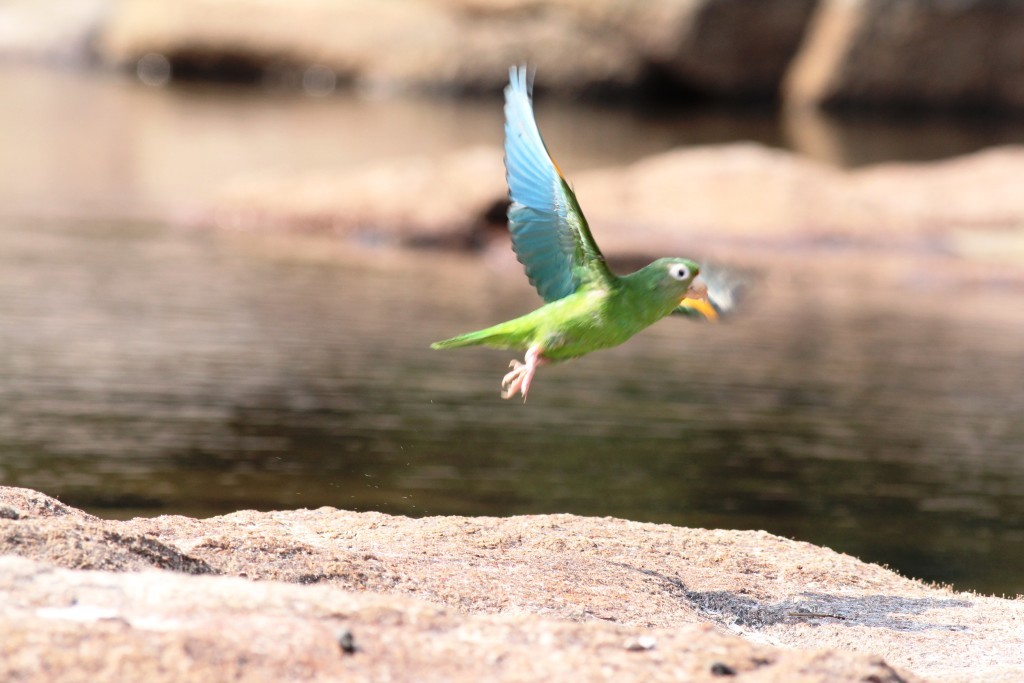
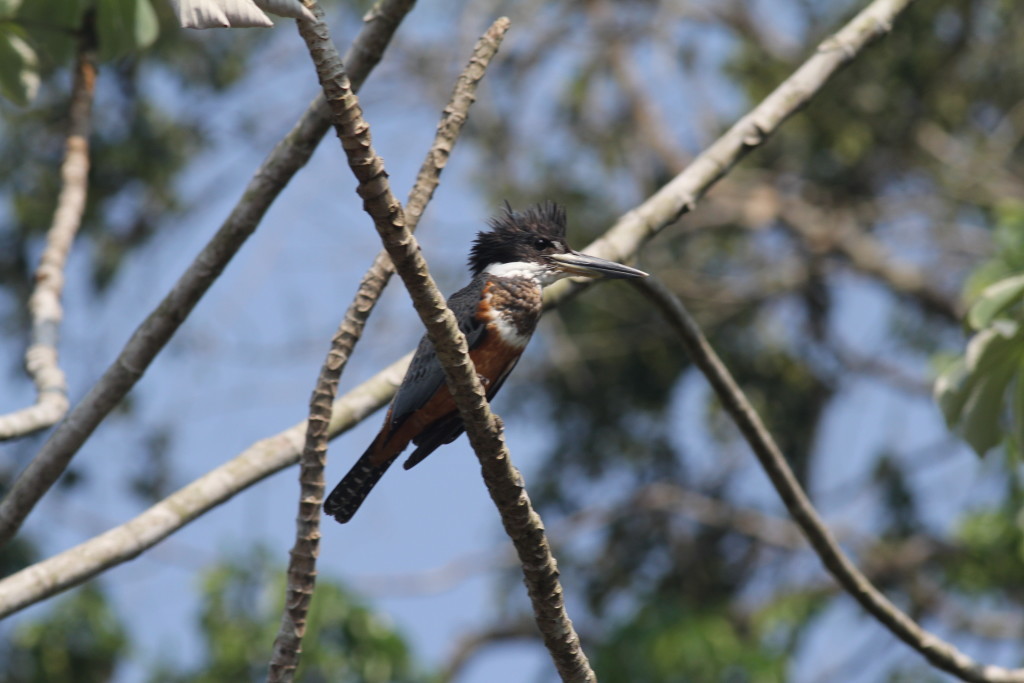
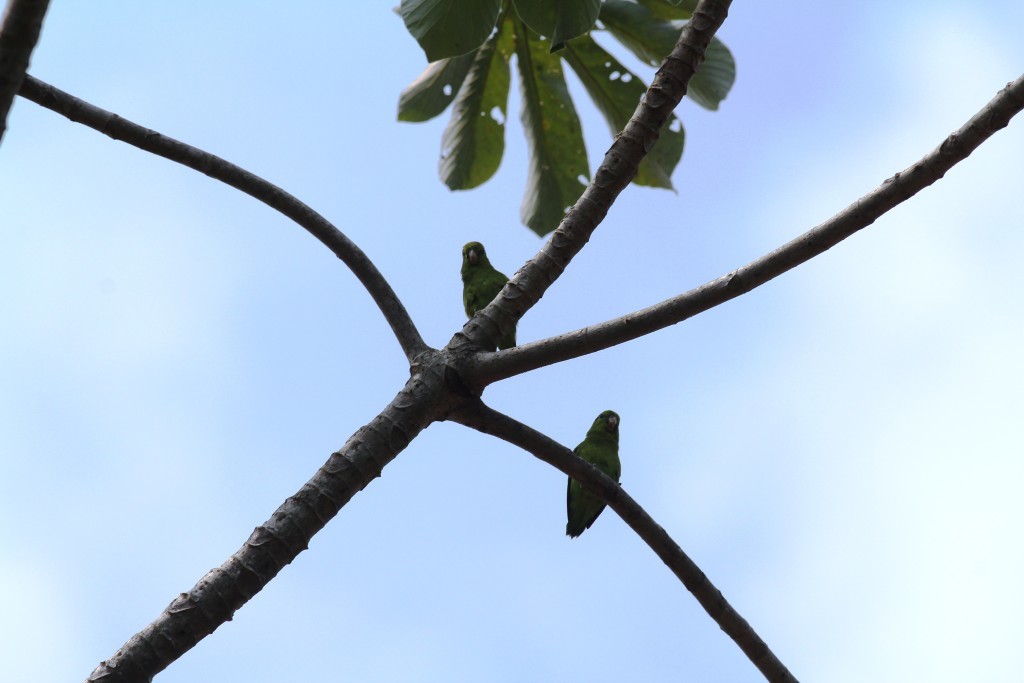
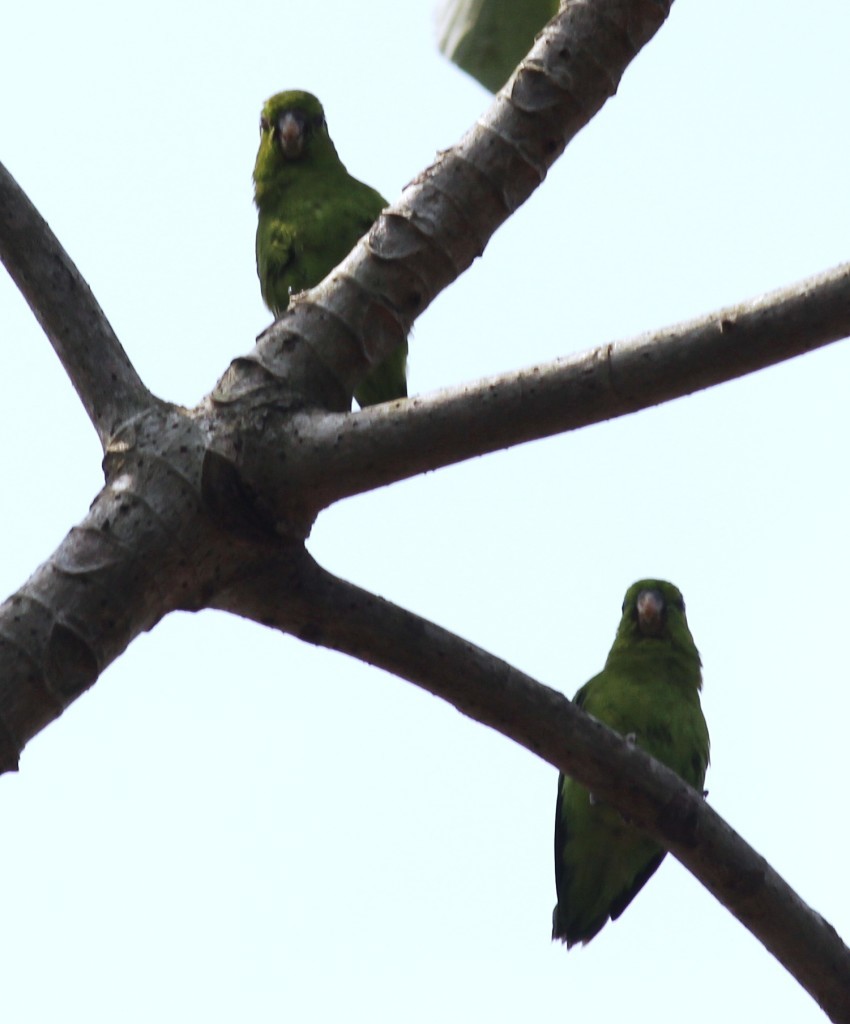



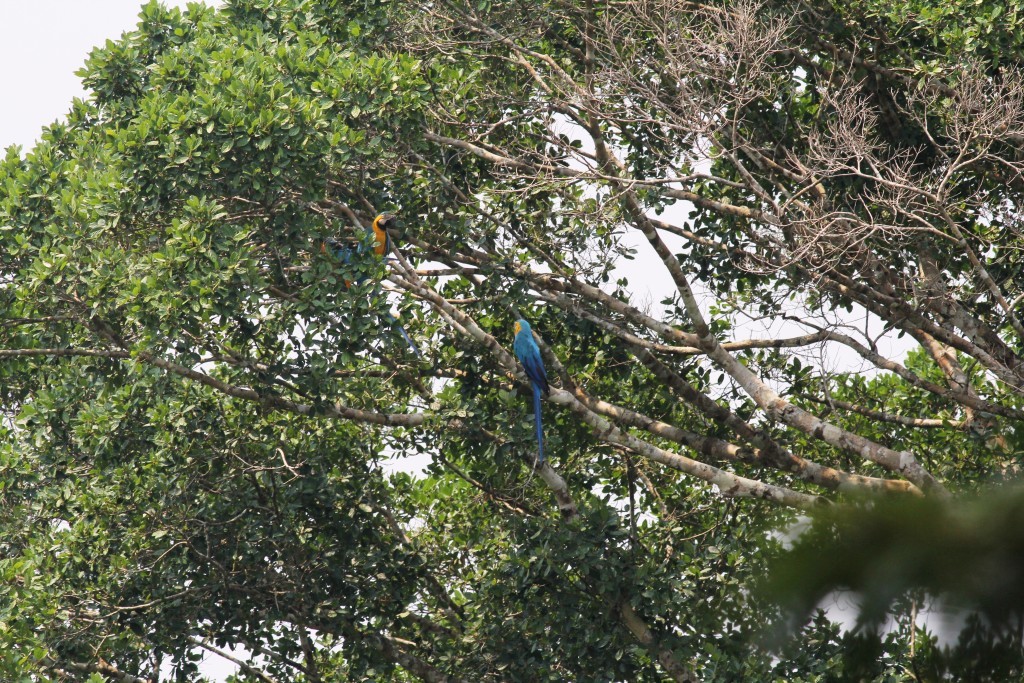
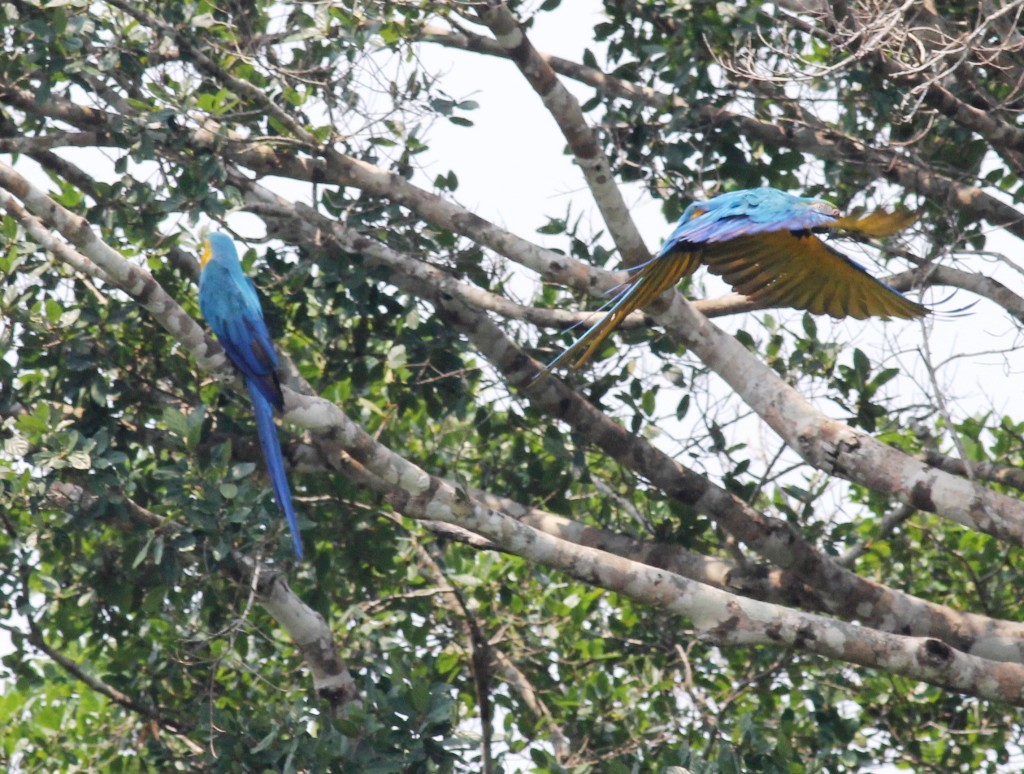
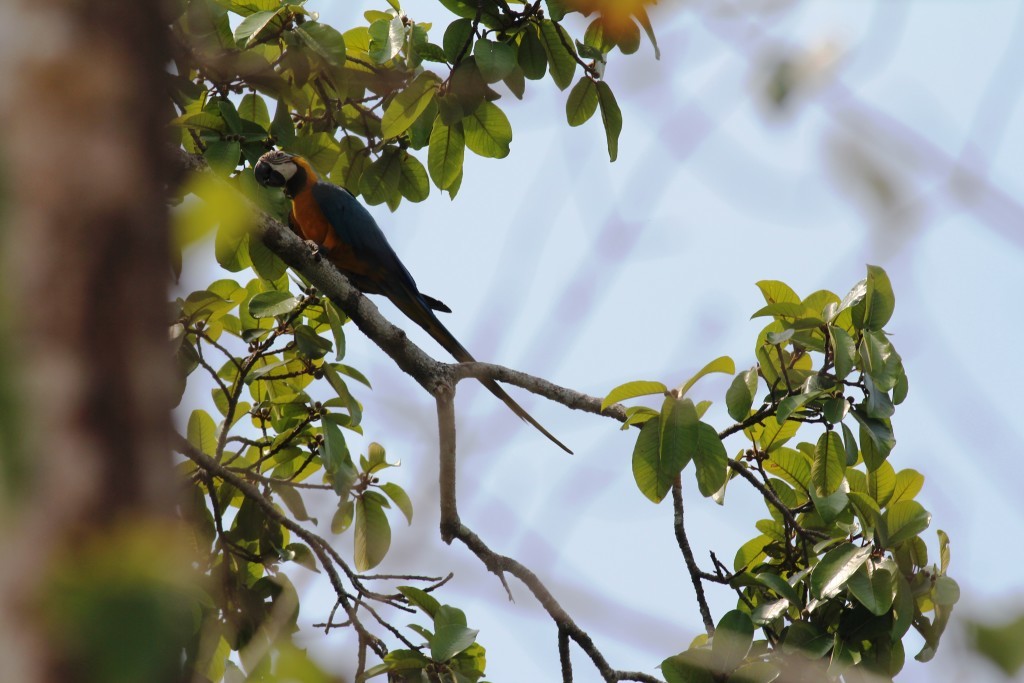

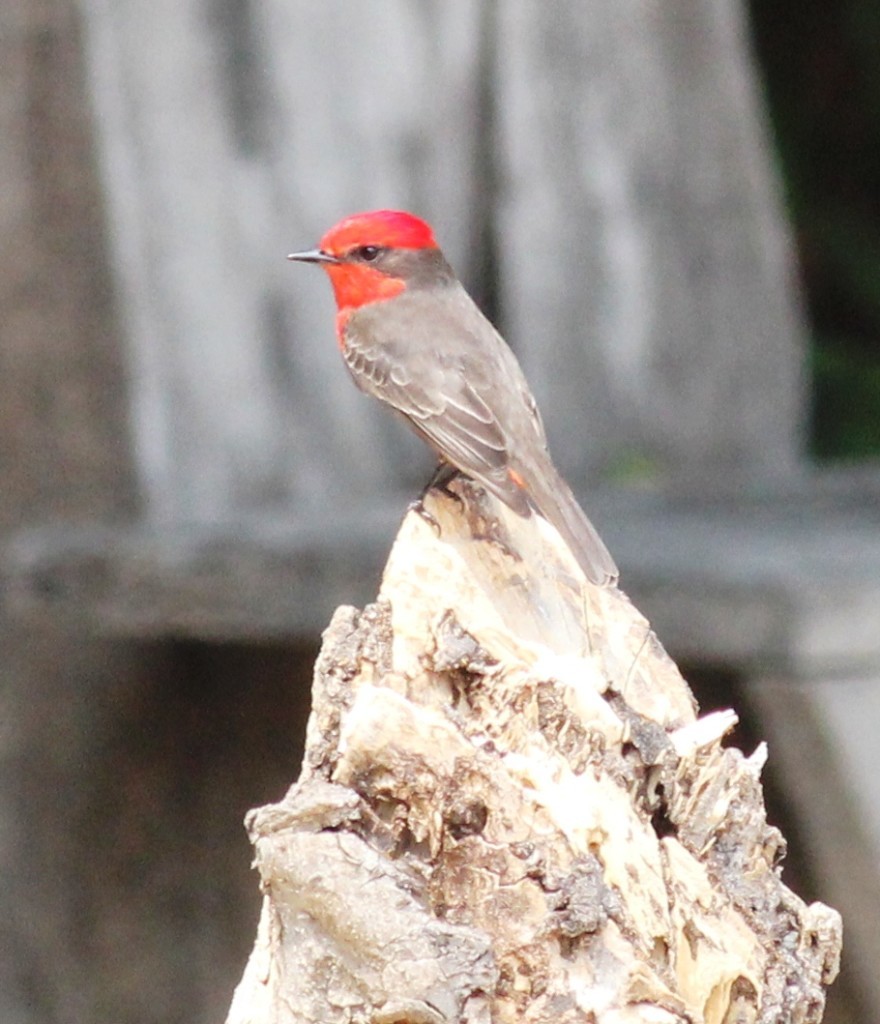
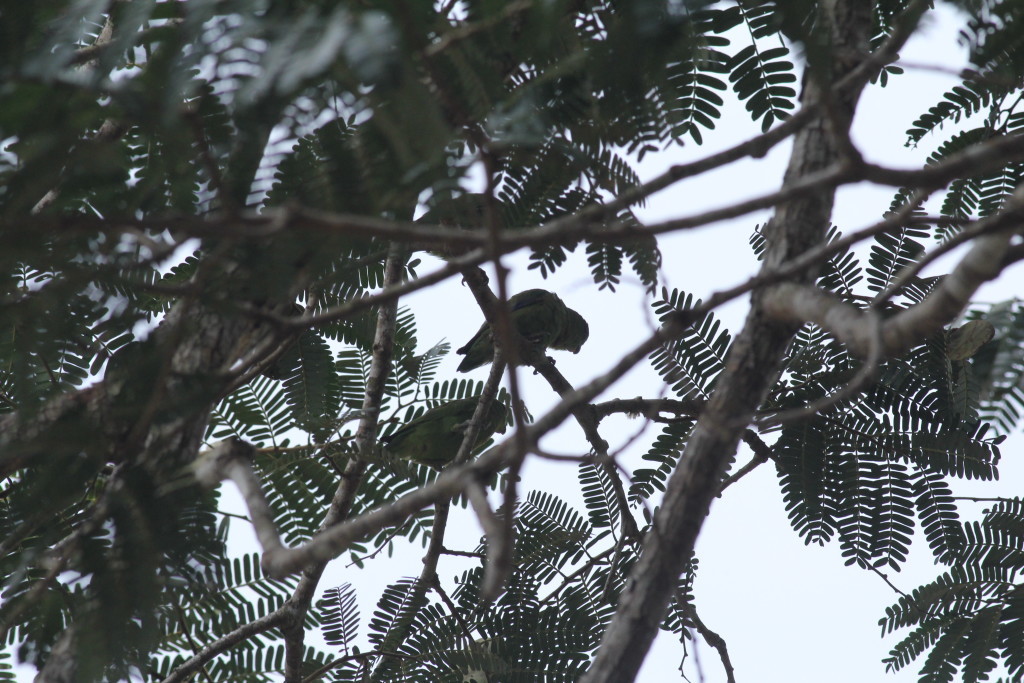
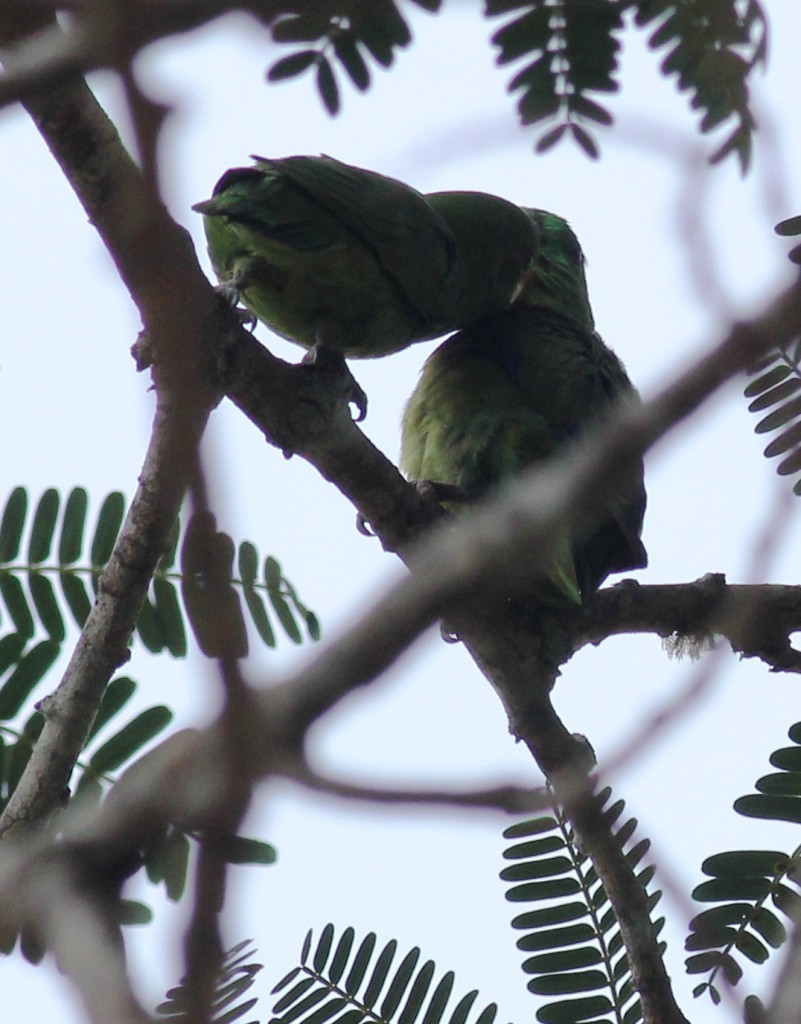
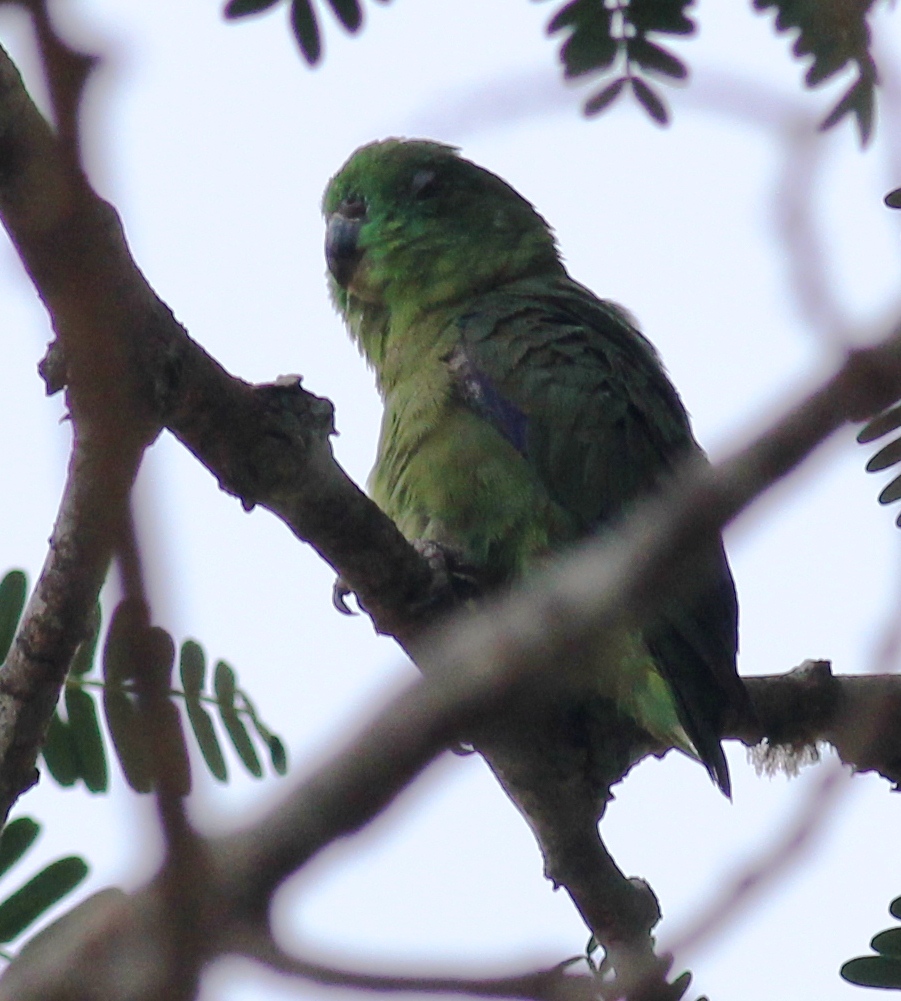

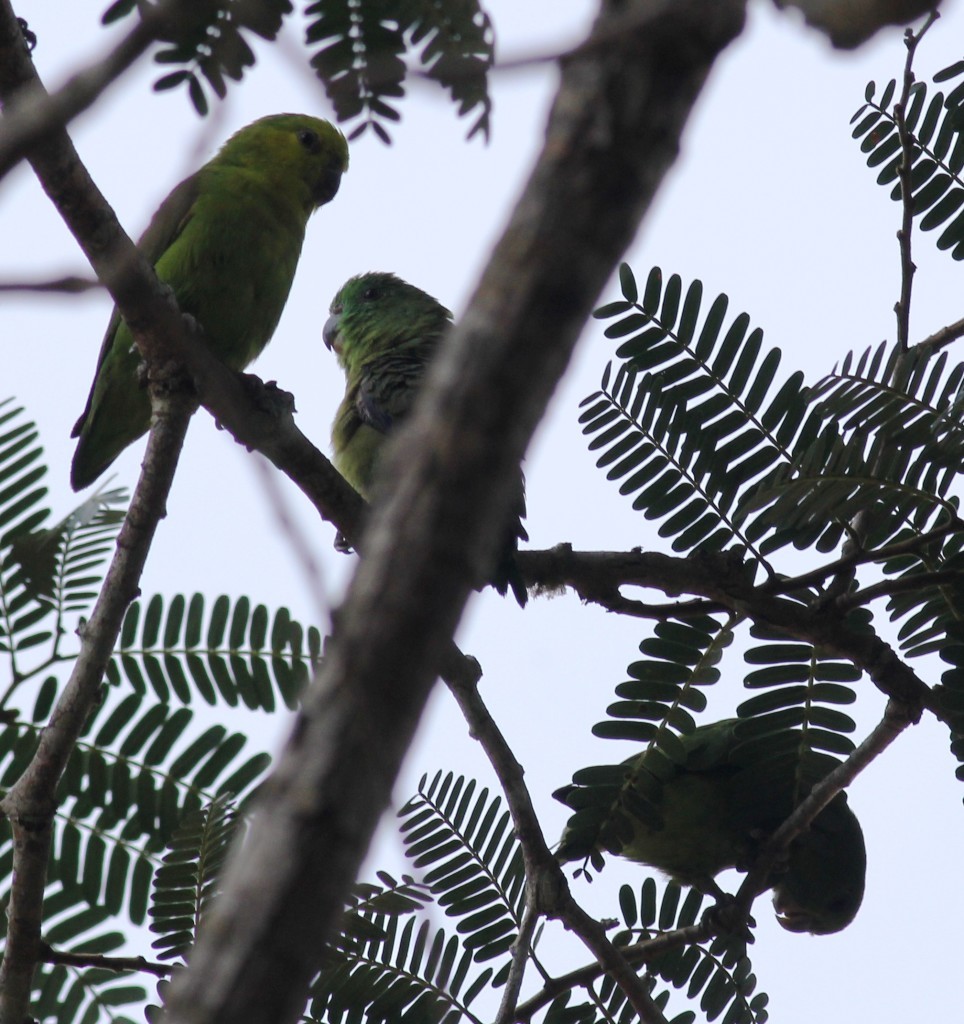
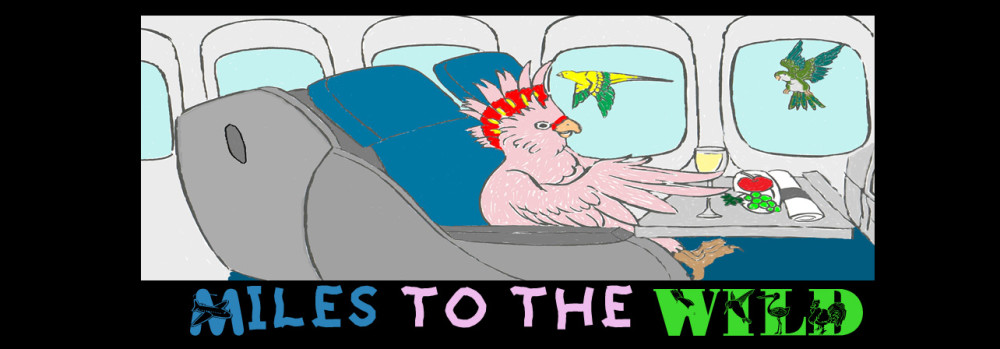
A few days ago I wrote how “Getting there is half the fun” but leaving Cristalino (sad as the thought is because everyone hates leaving this place) can be equally interesting. Here’s a few sightings we caught on the way out.






















Whether by chance or by design, Cristalino saved our best excursion for last – the stunning canopy tower! It’s quite a hike to climb up, especially in the heat and humidity of the Brazilian rainforest, but well worth it. The 360 degree views with birds flying everywhere has to be seen to be believed. I hope that someday you will come here and see it for yourselves but for now see and believe these photos!
Red & Green Macaws
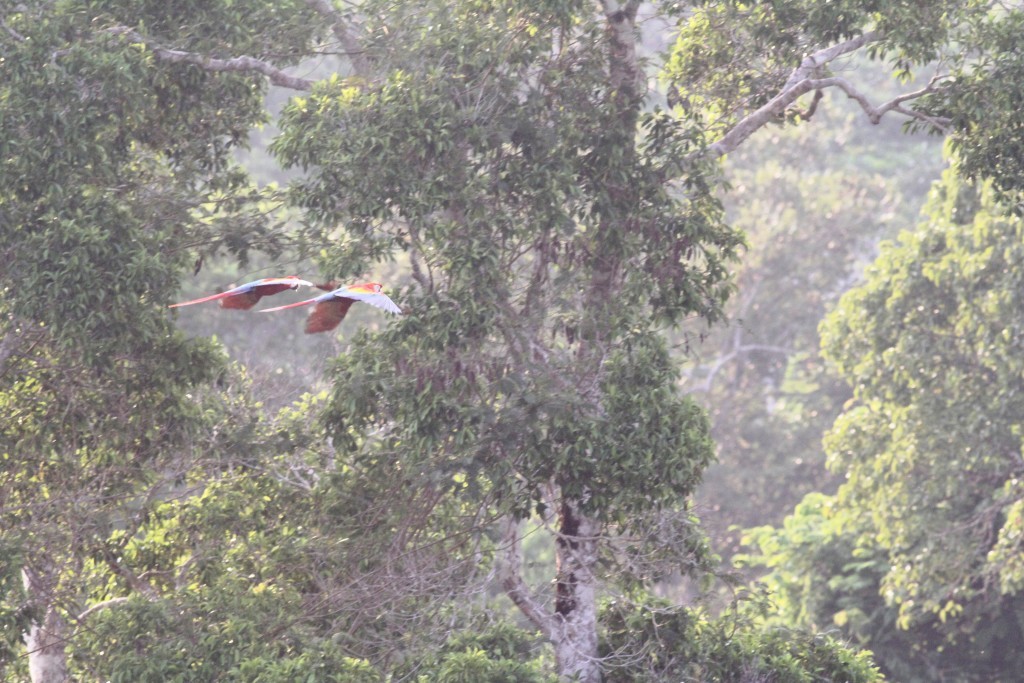
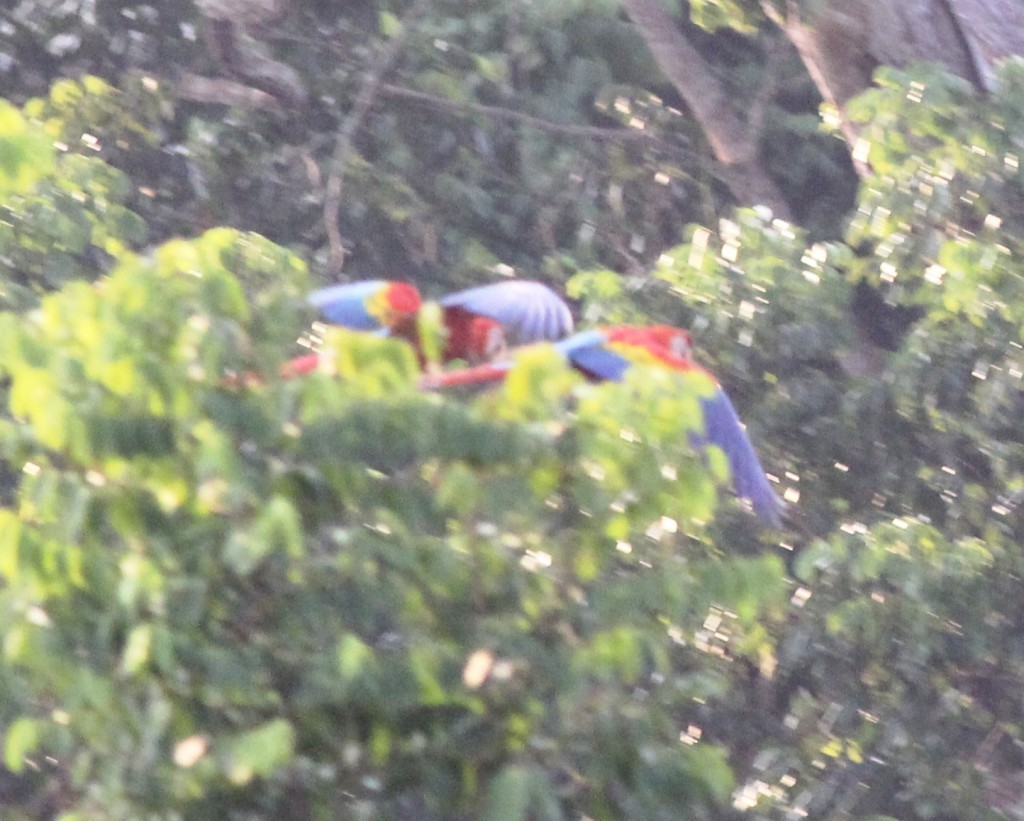
Spangled Cotinga
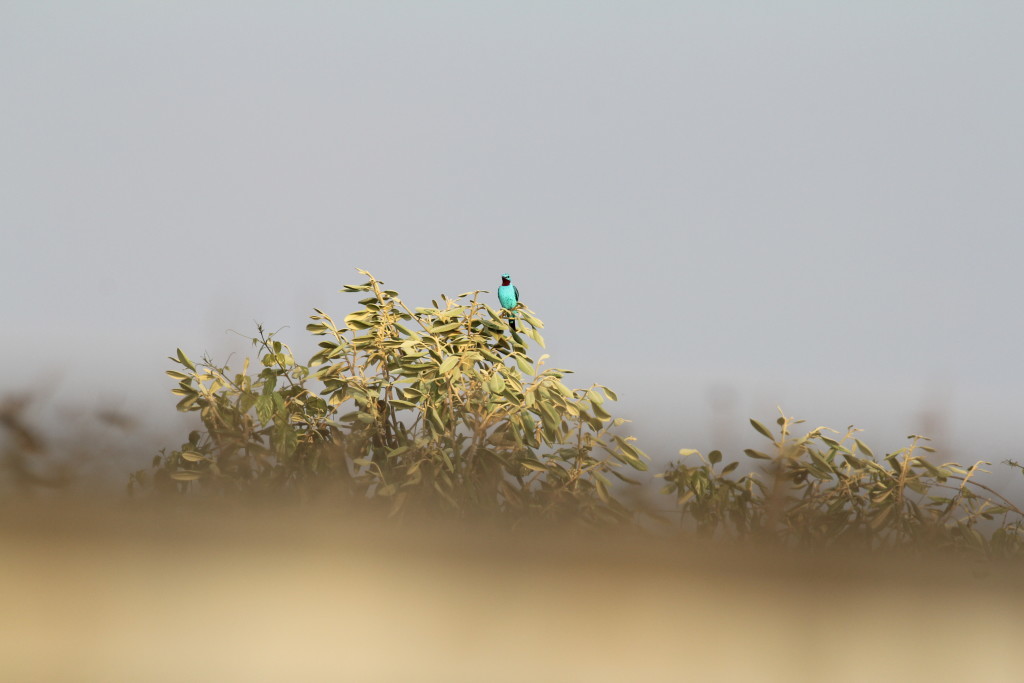
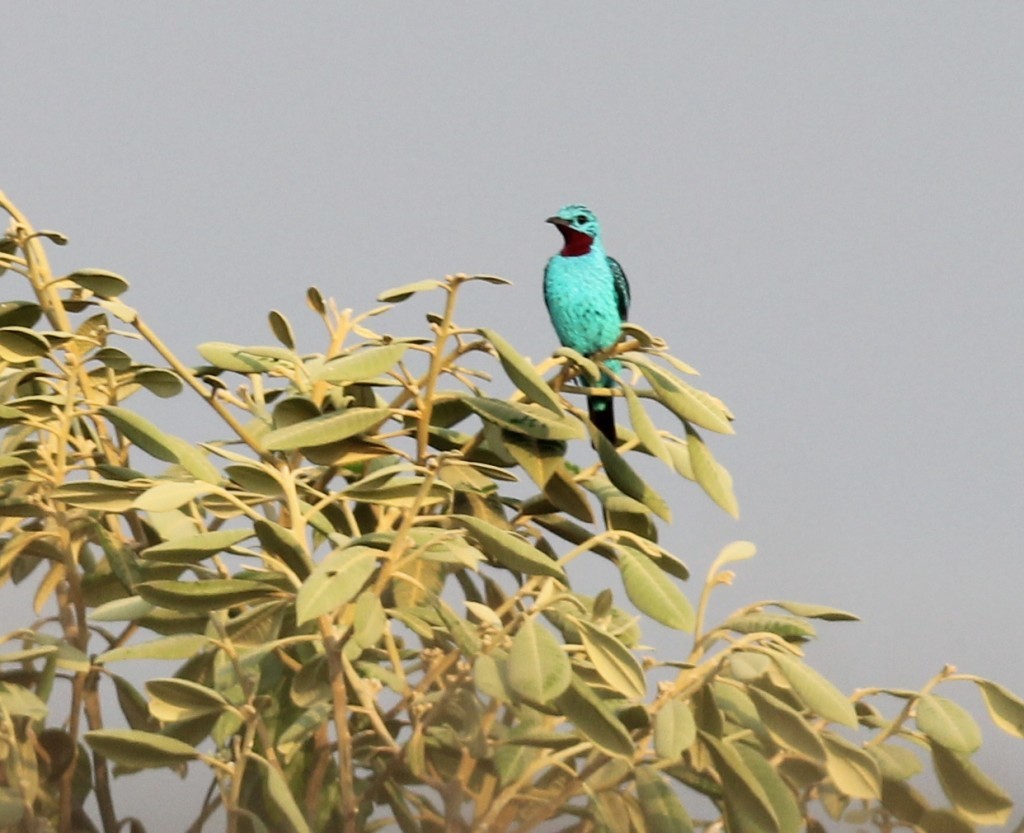
Kawall’s Parrot Fly by
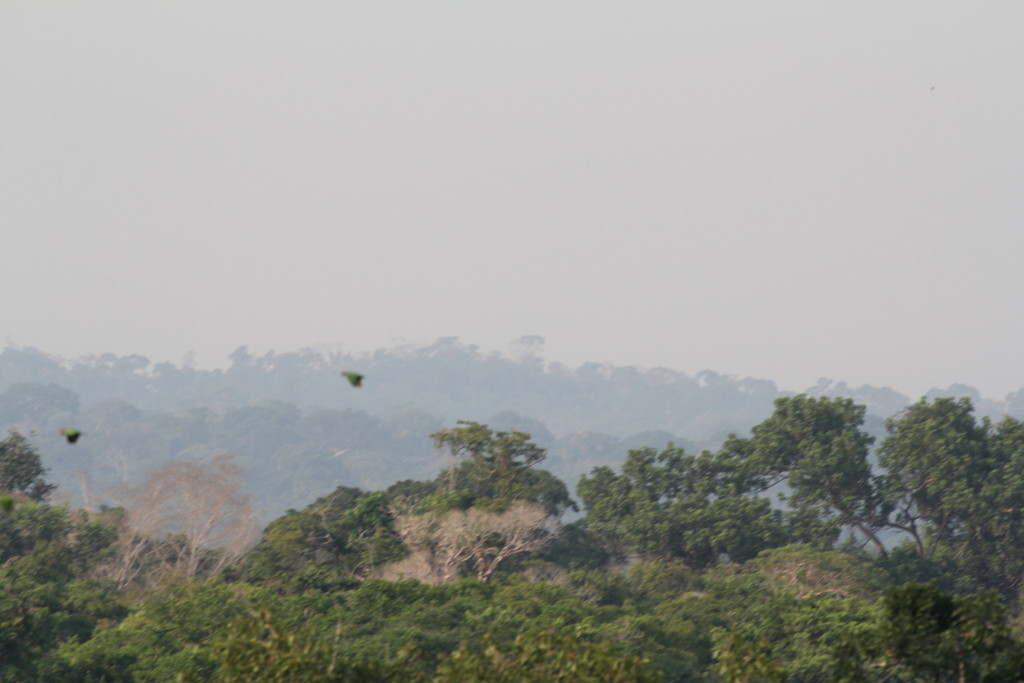
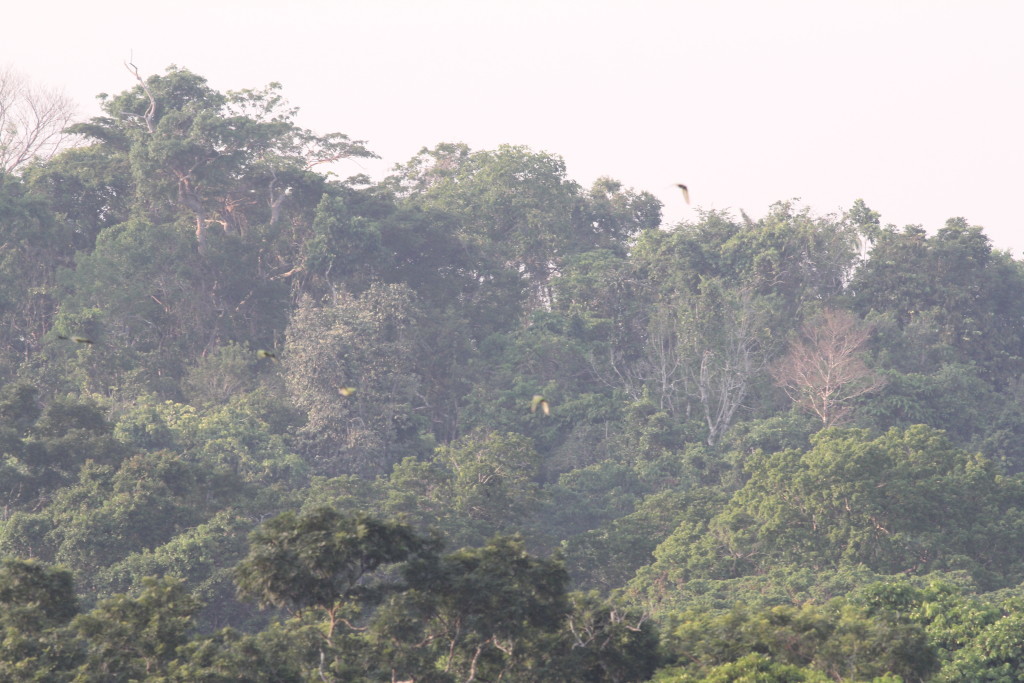
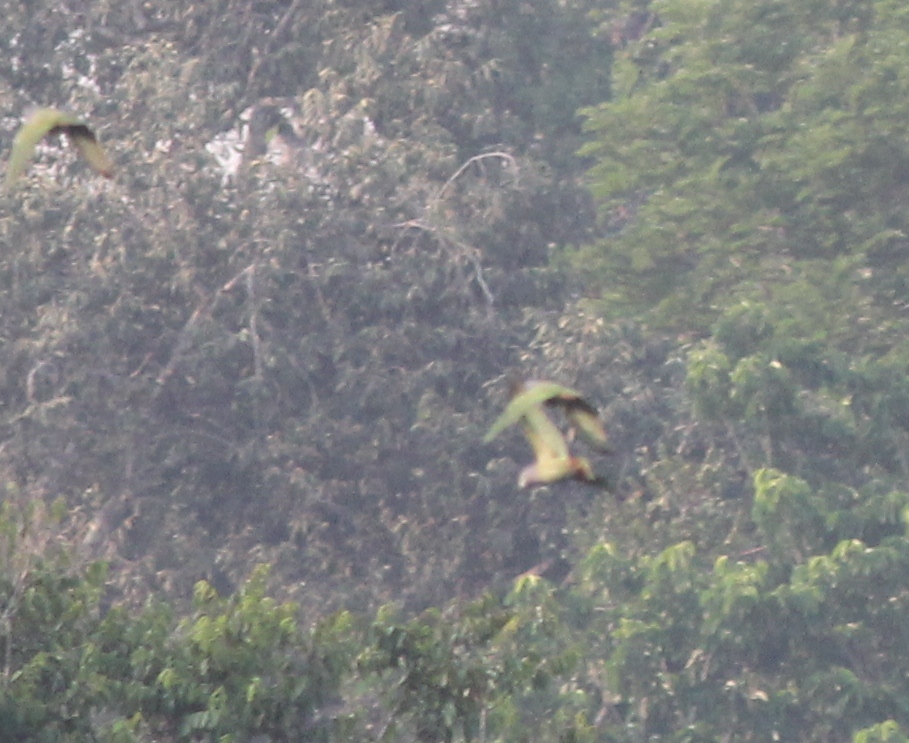
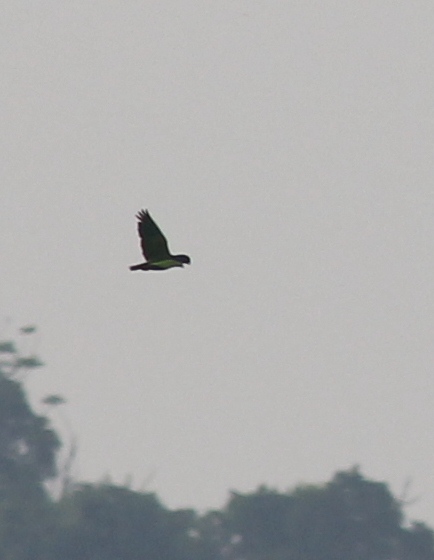
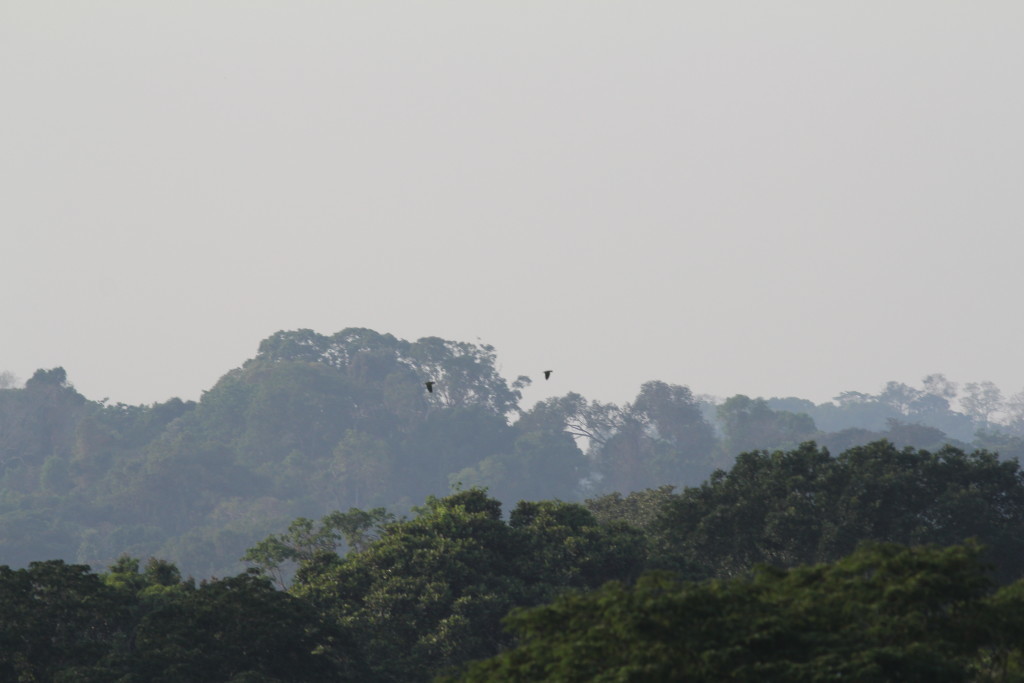
Blue Dacnis
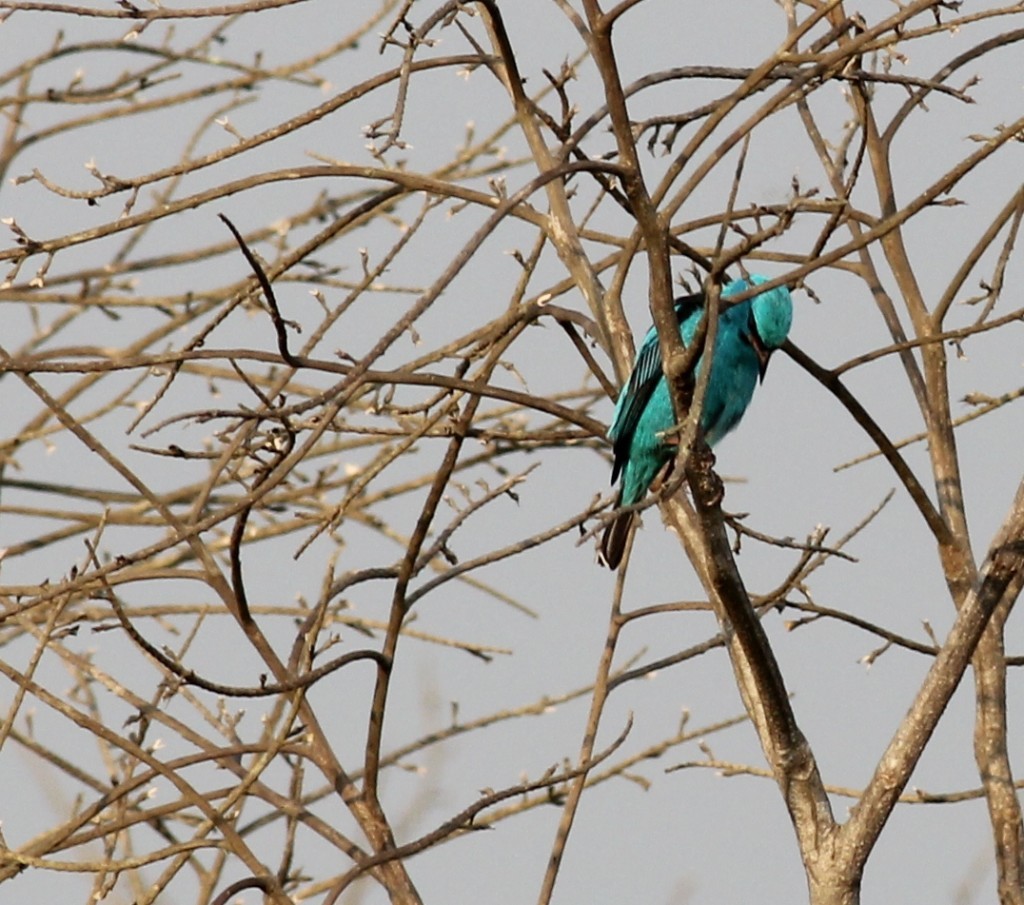
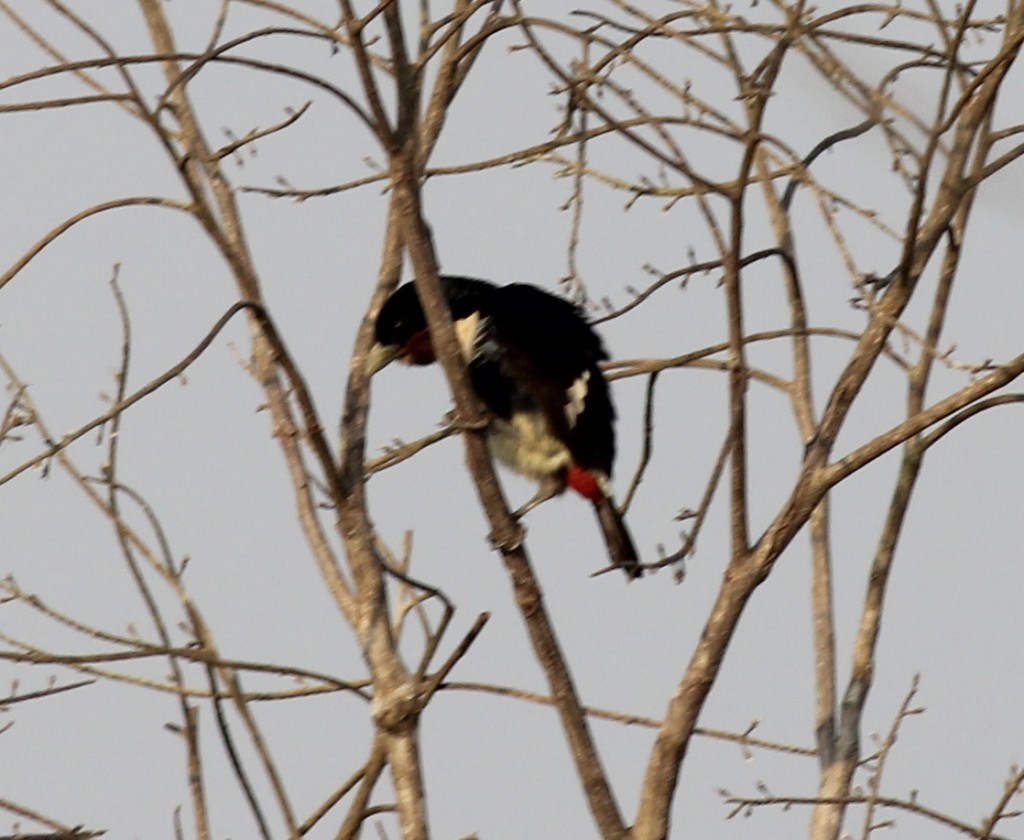
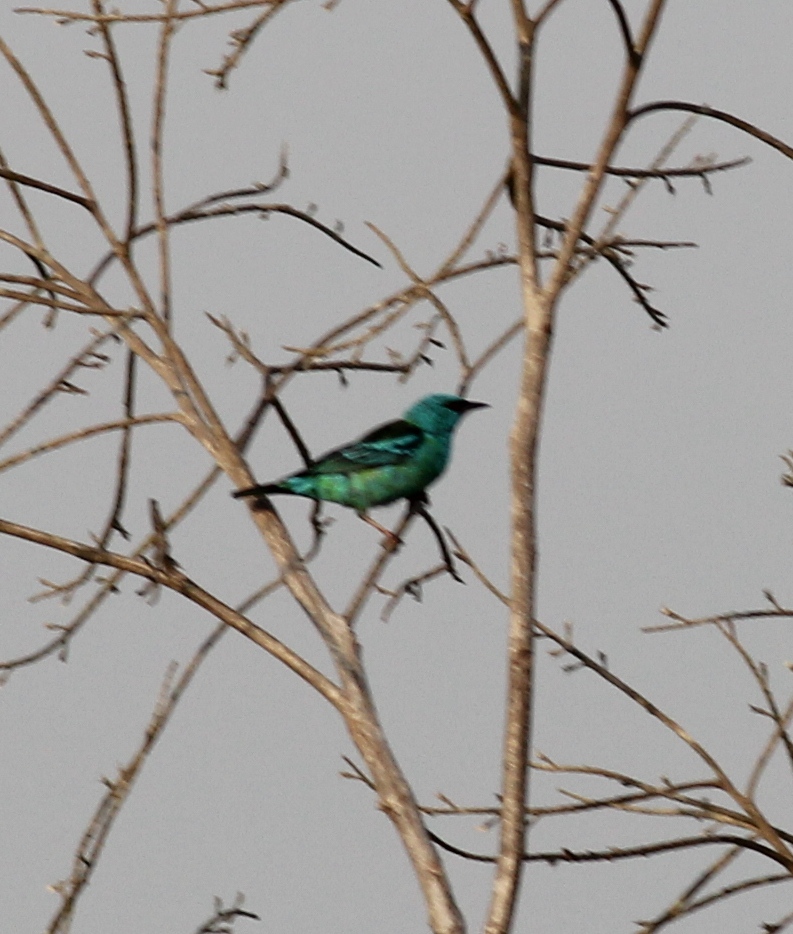
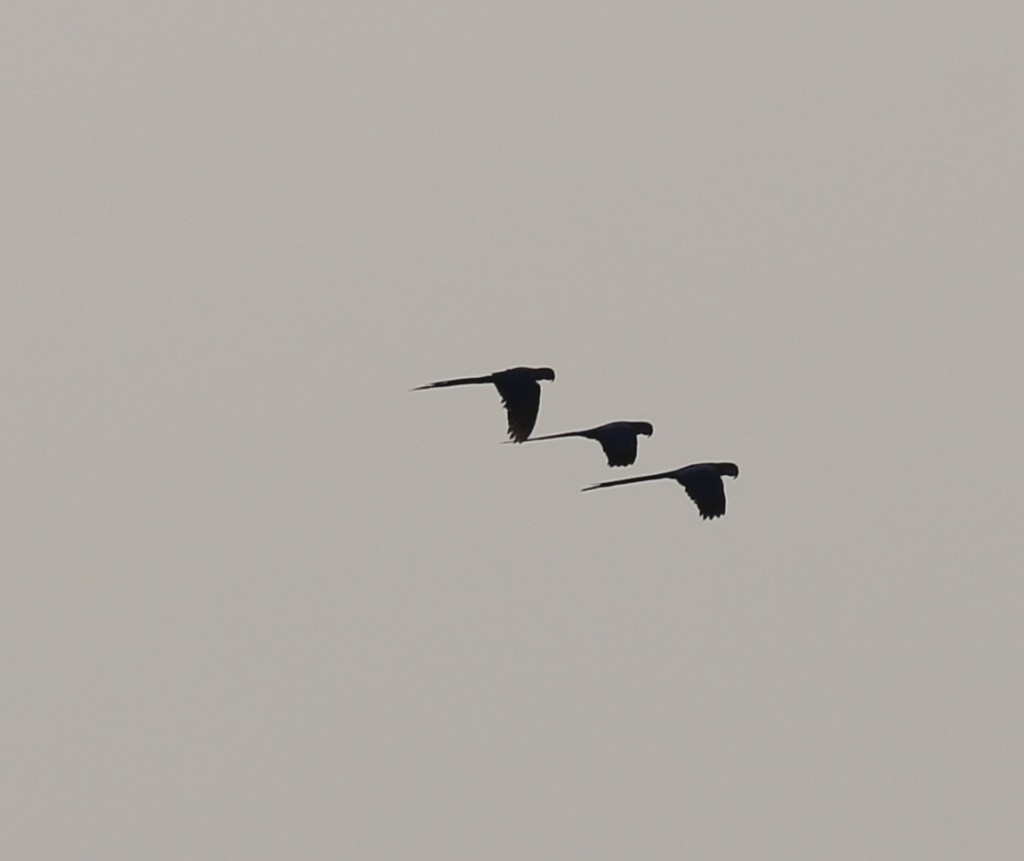
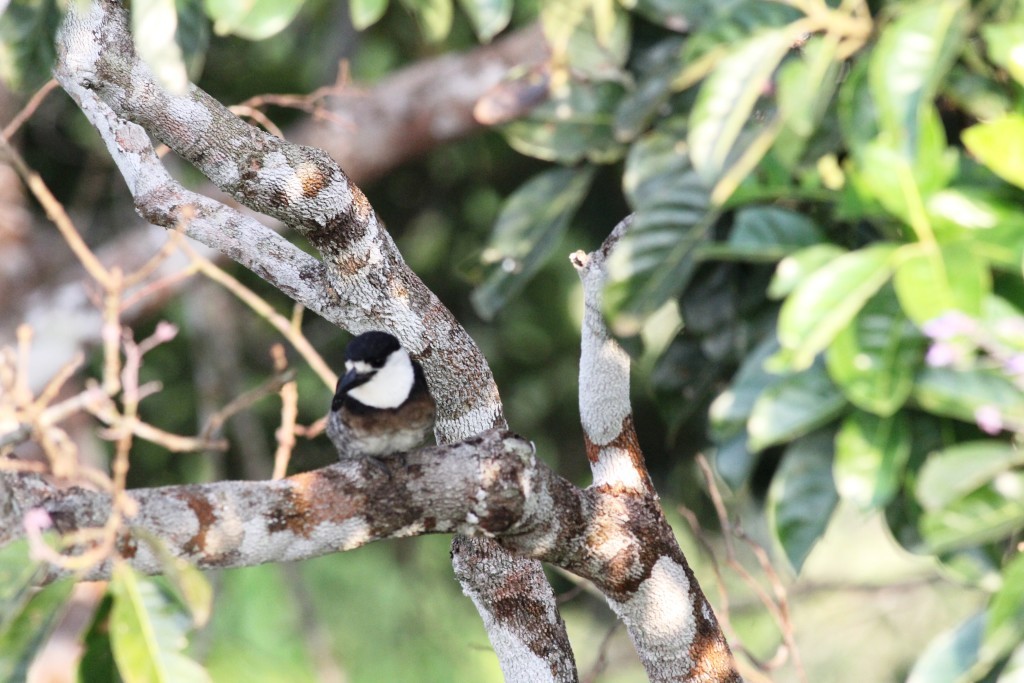
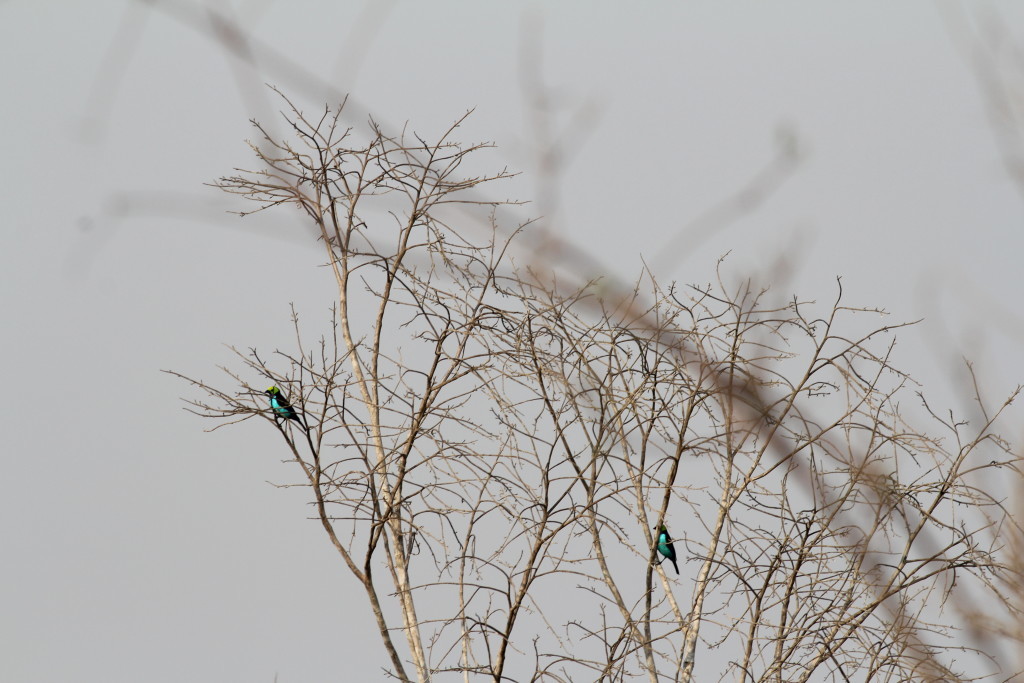
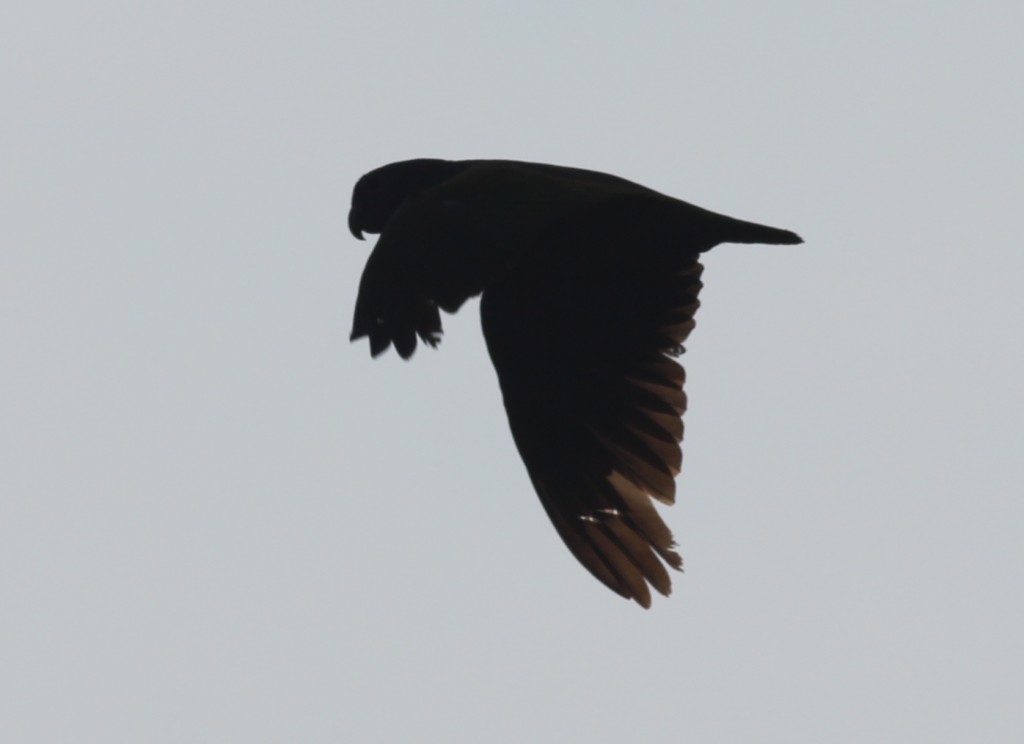
Paradise Tanager
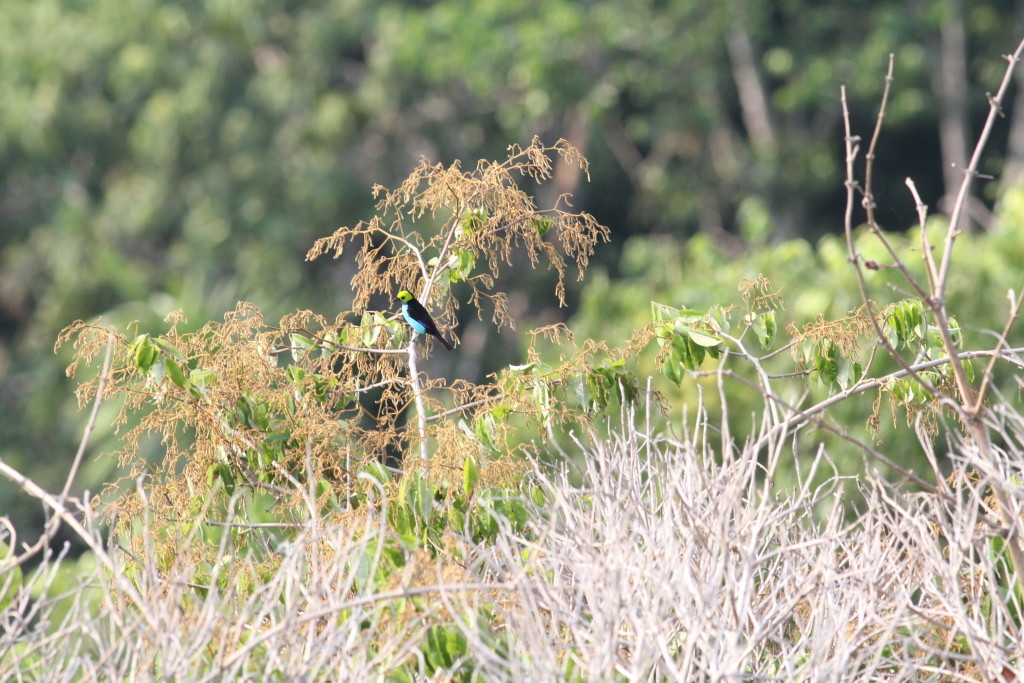
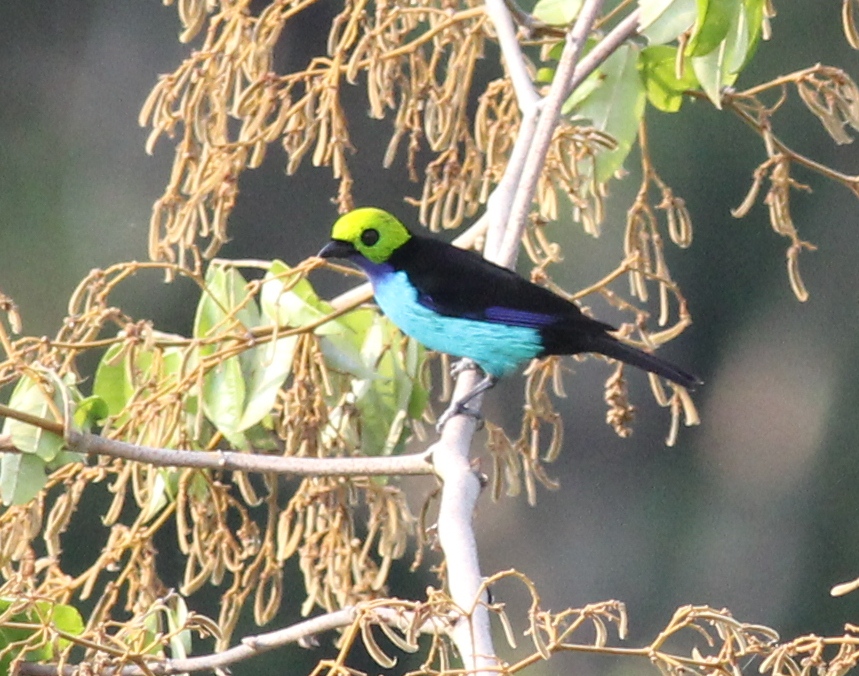
Failed attempt to find the Hawk-headed Parrot
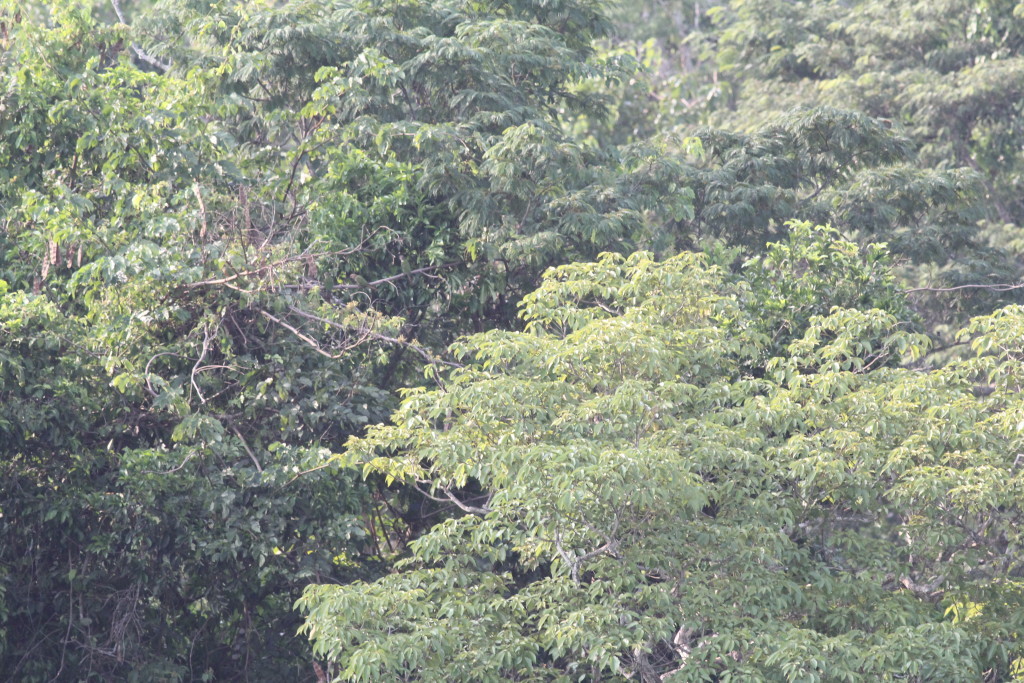
Madeira Parakeet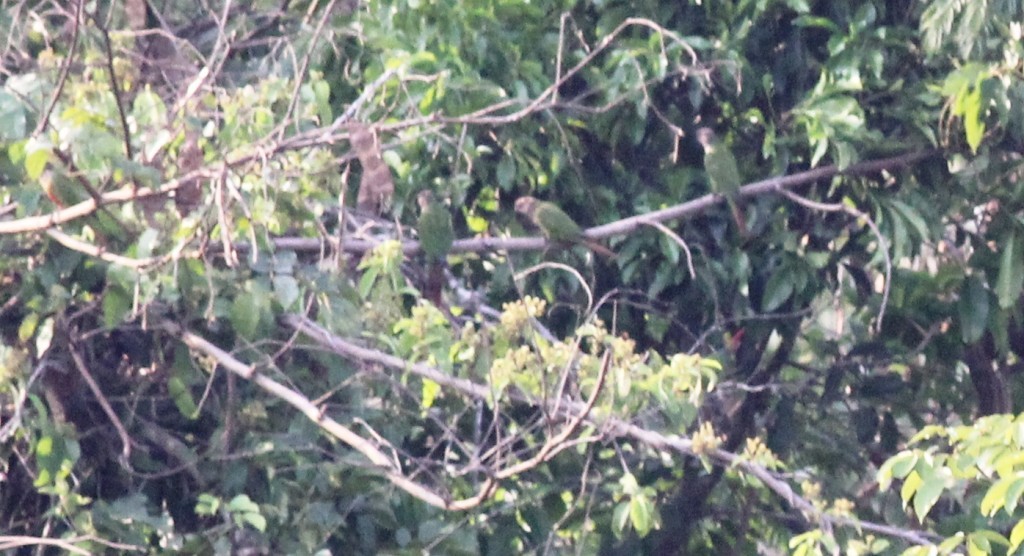

Blue-headed Parrot
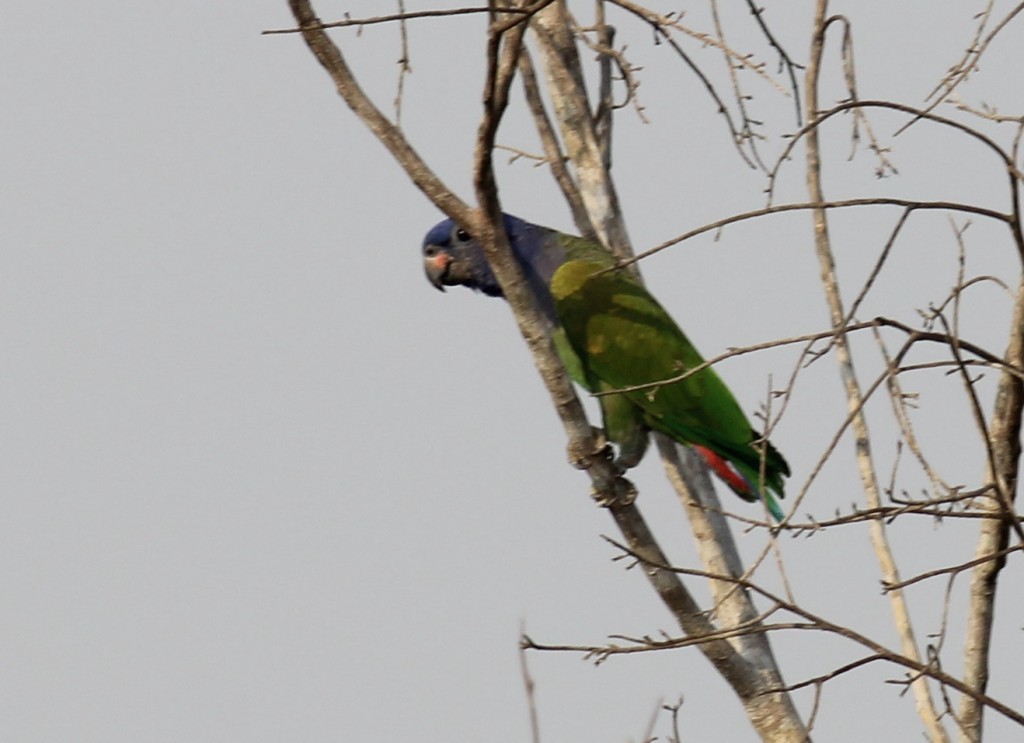
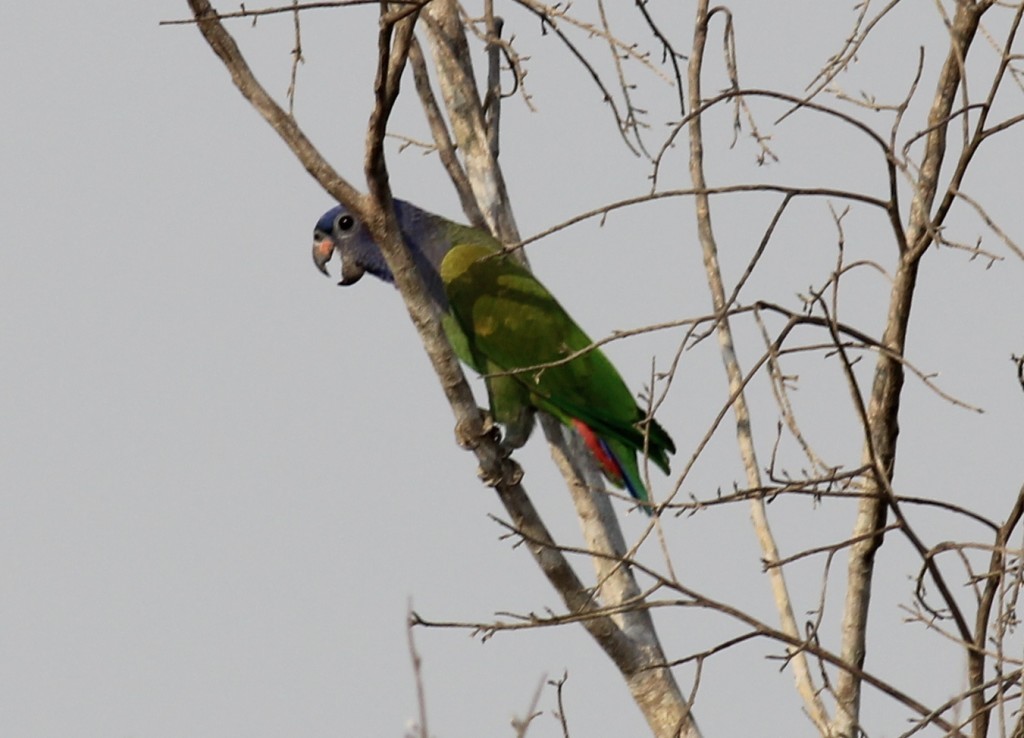
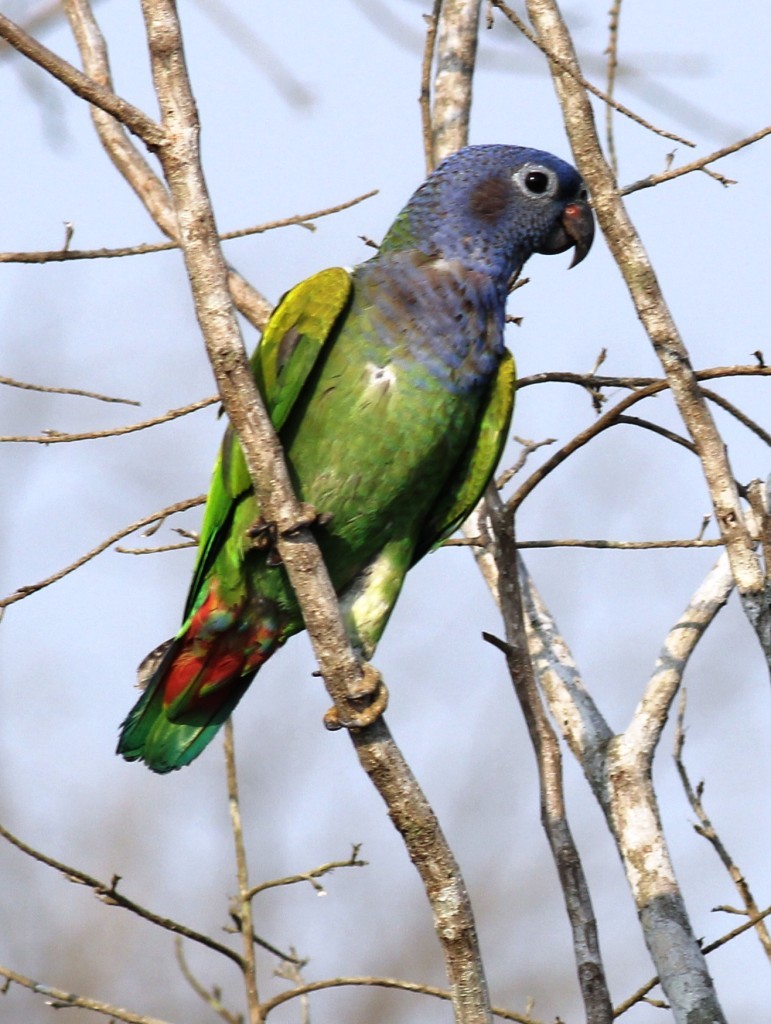
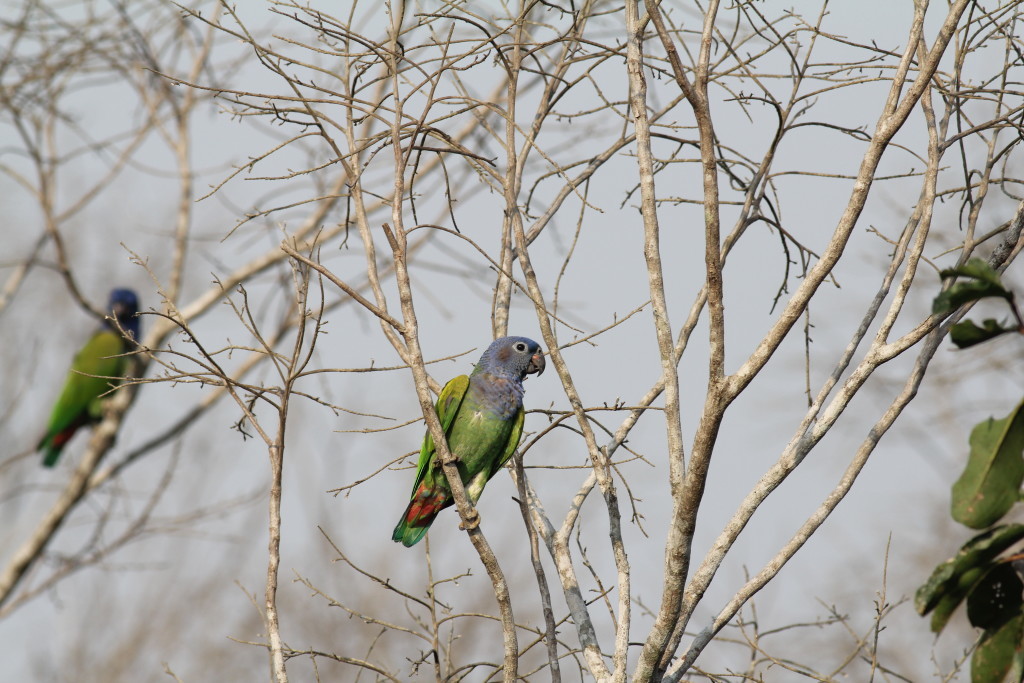
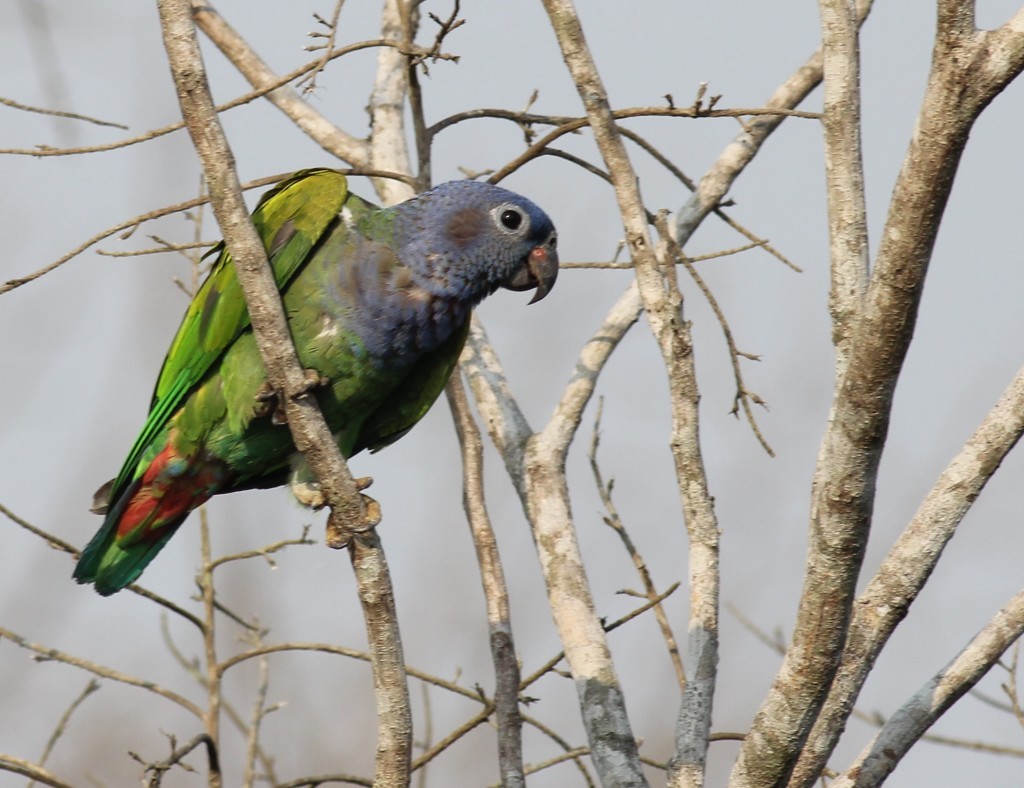
Madeira Parakeet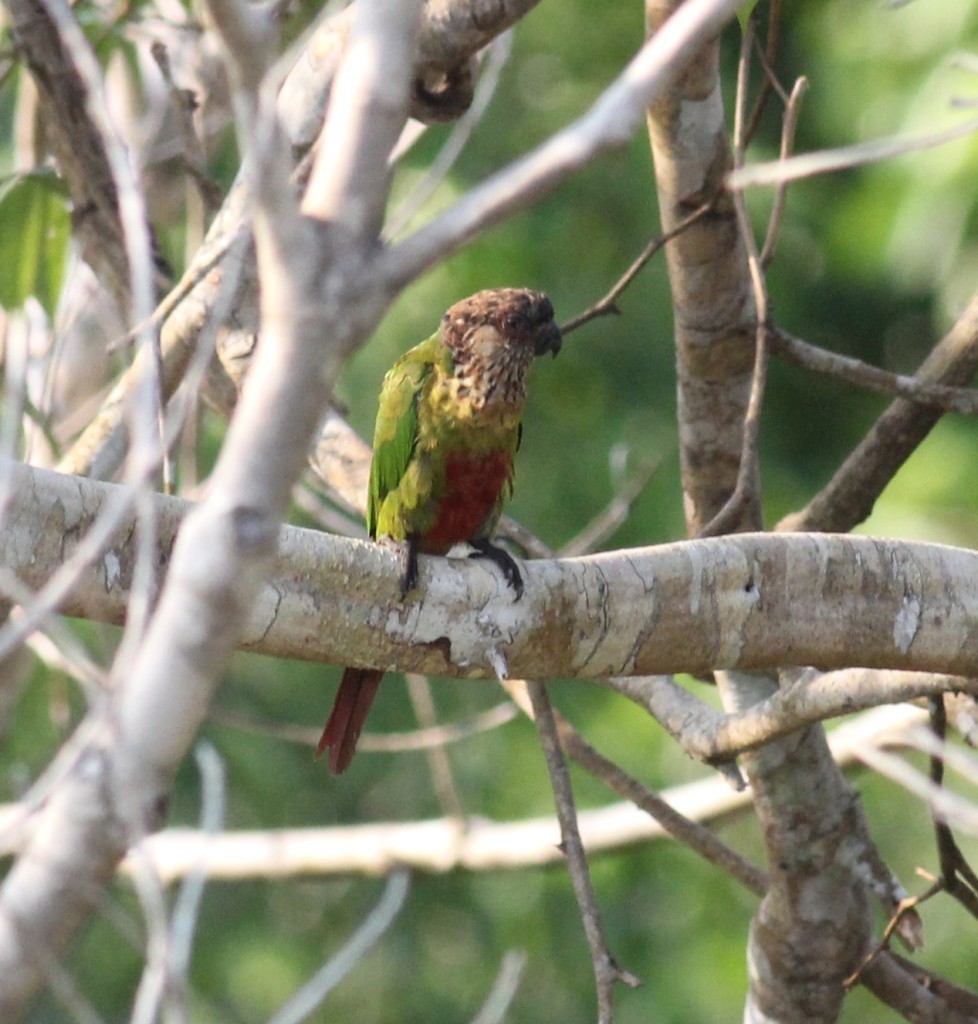
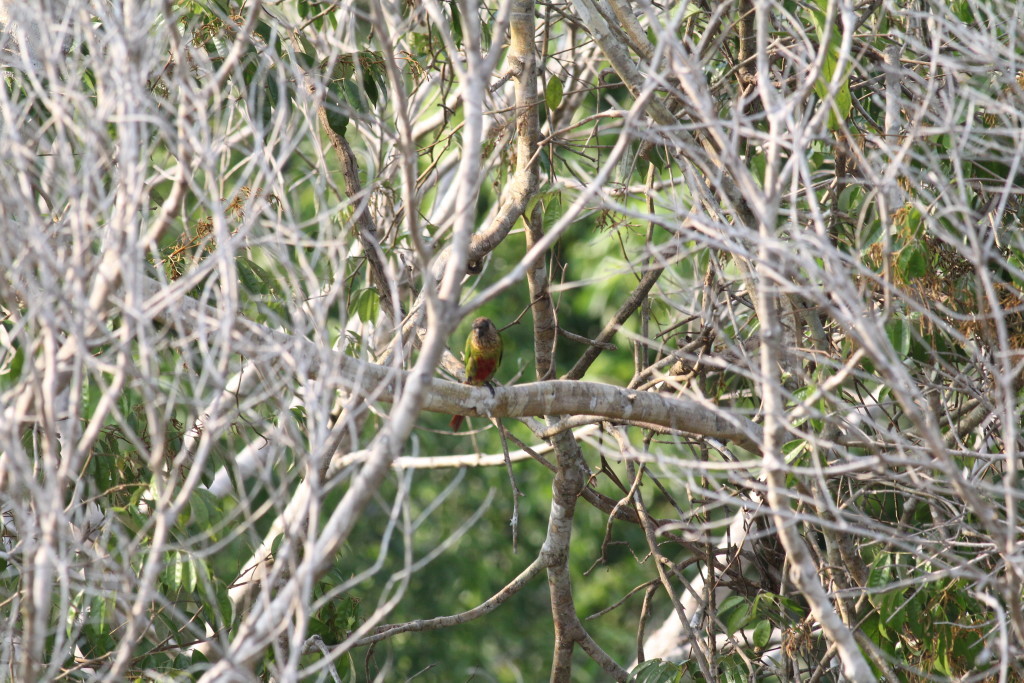
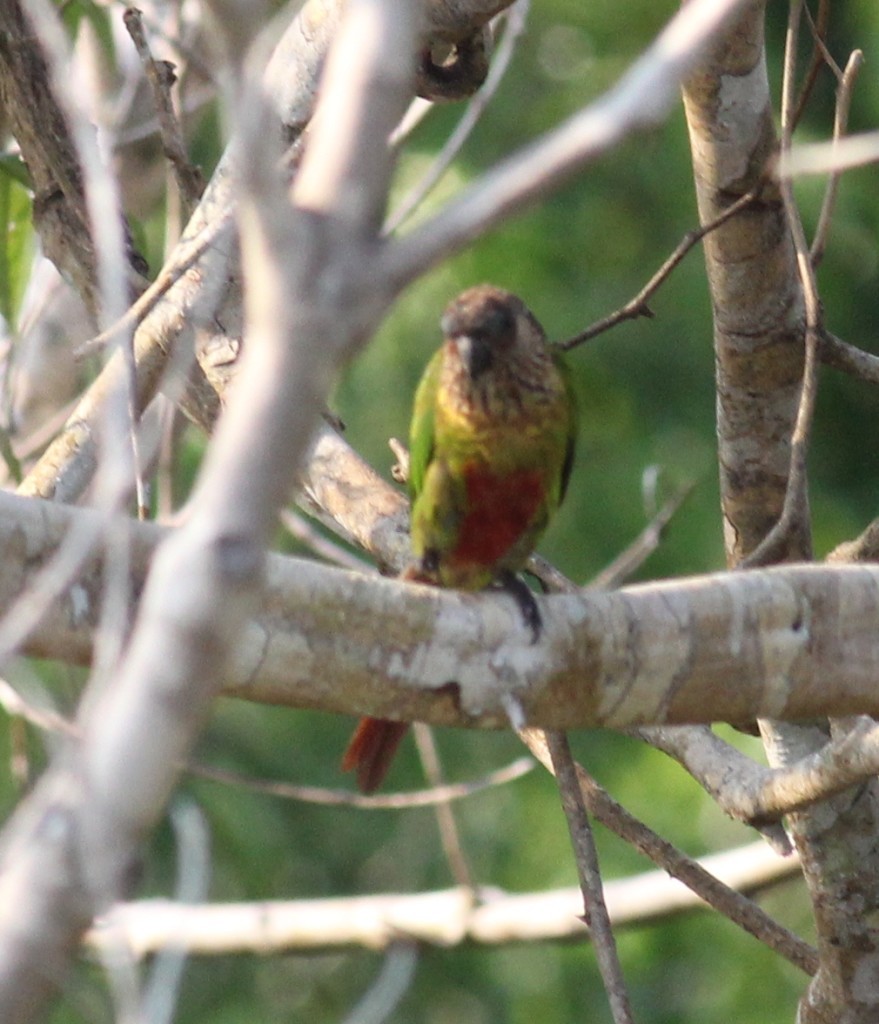
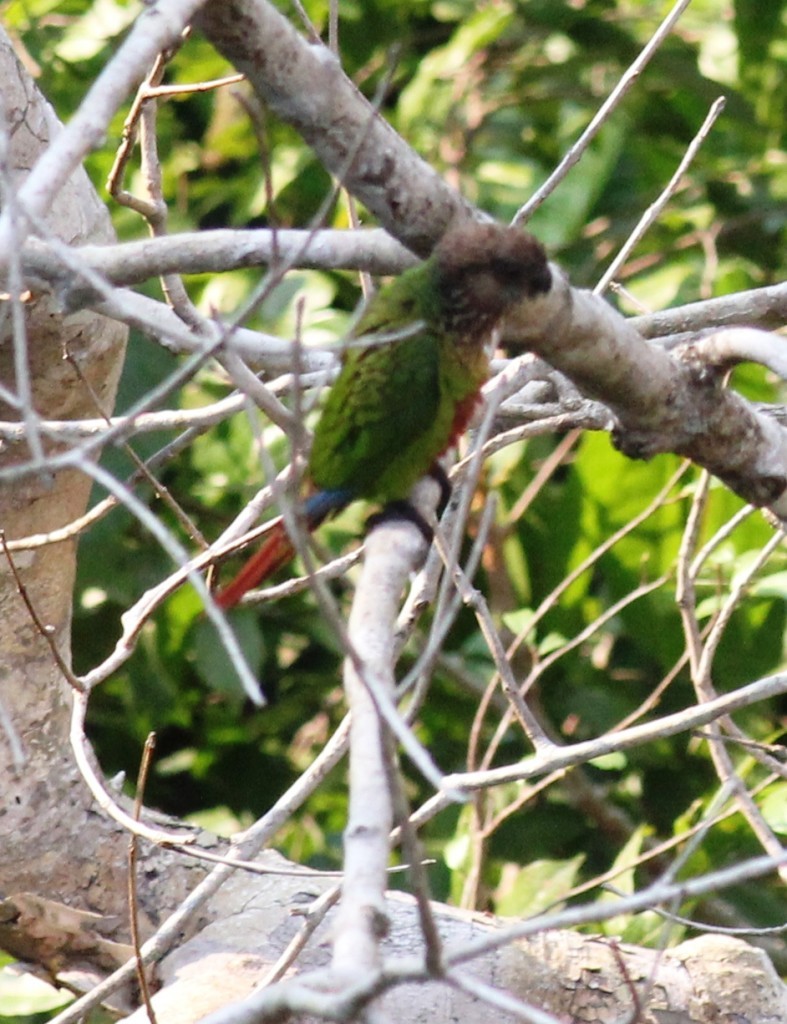

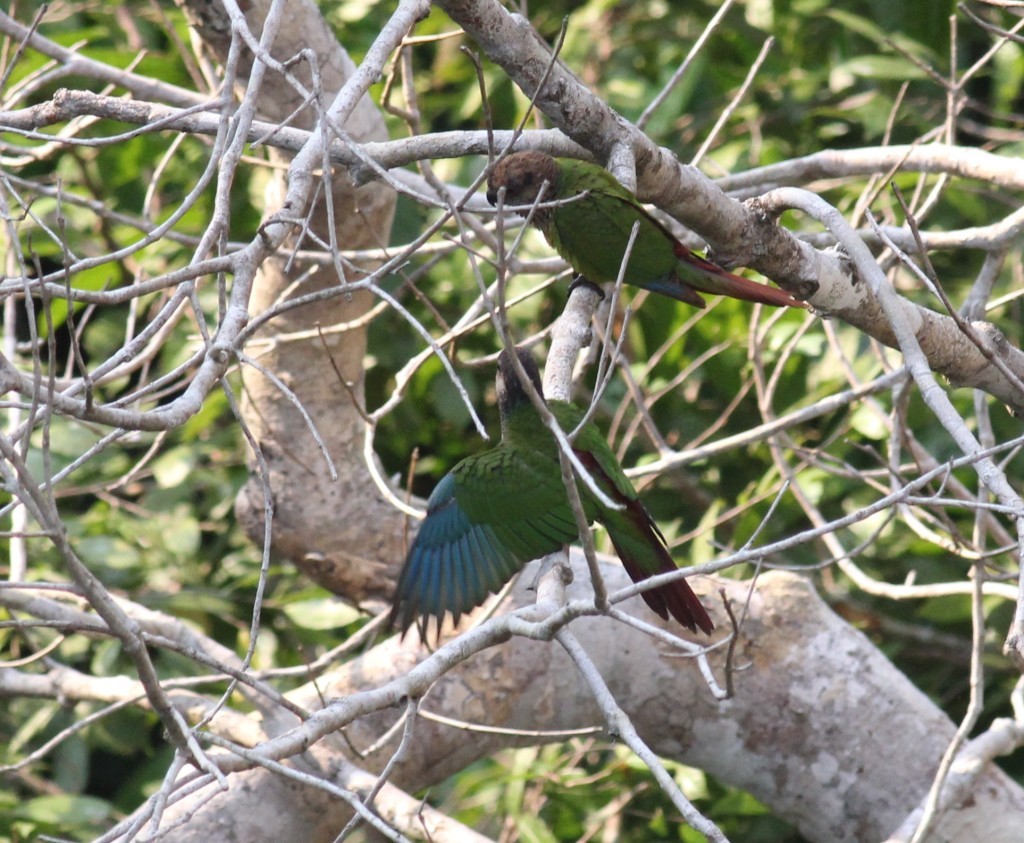
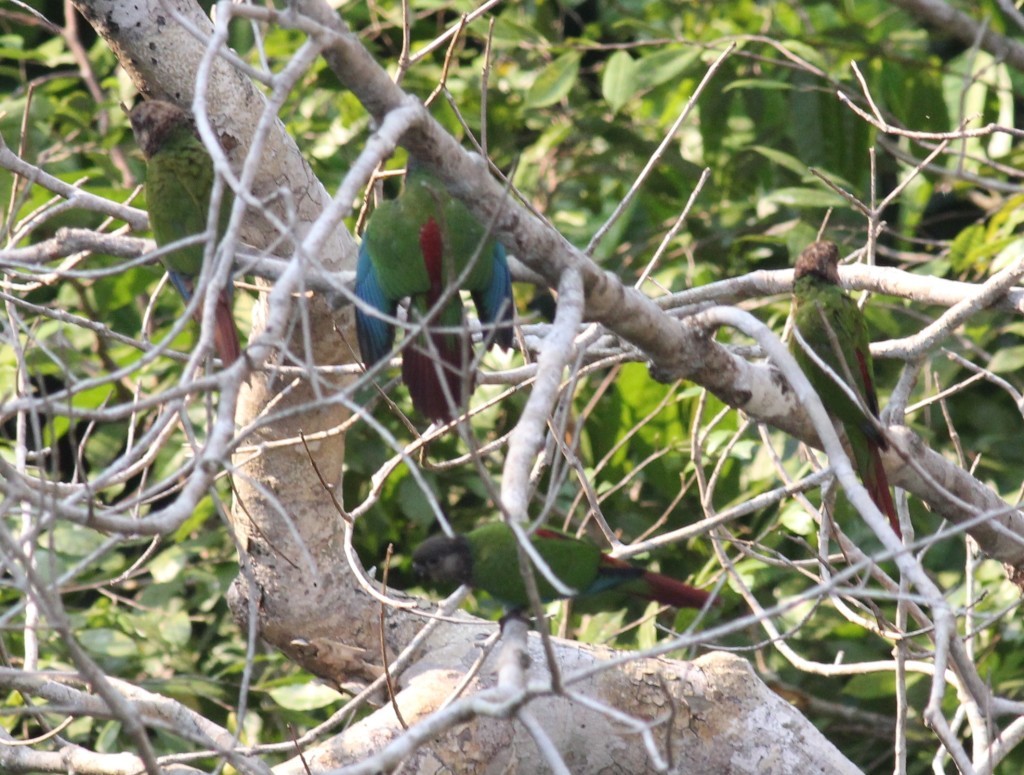
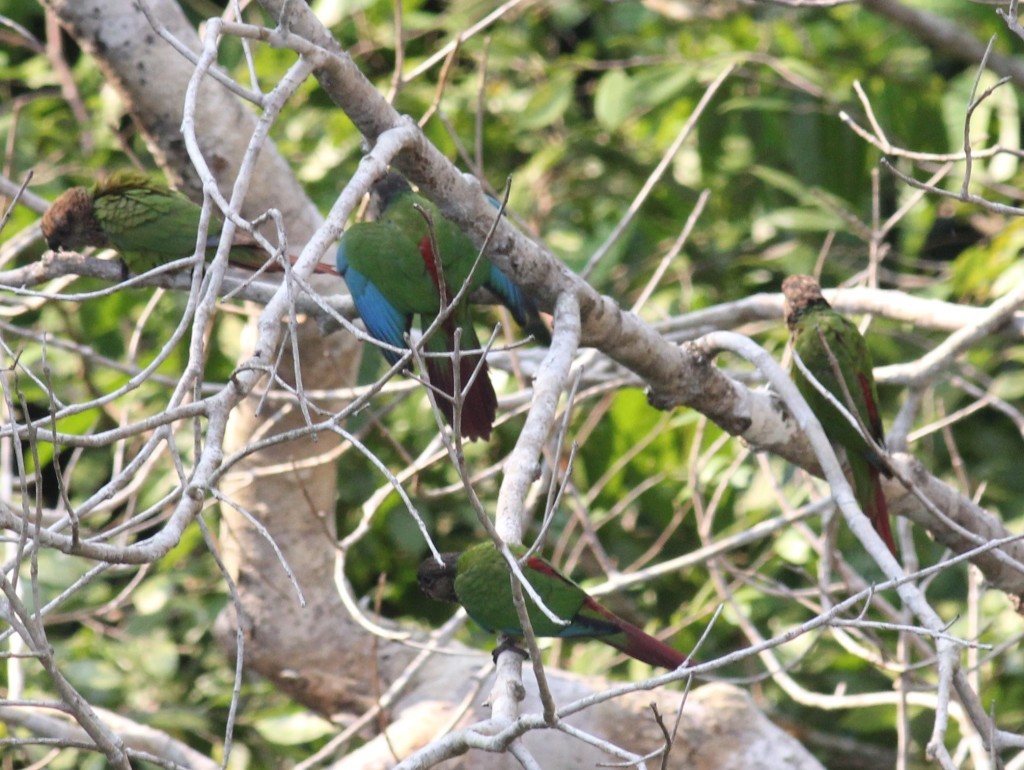
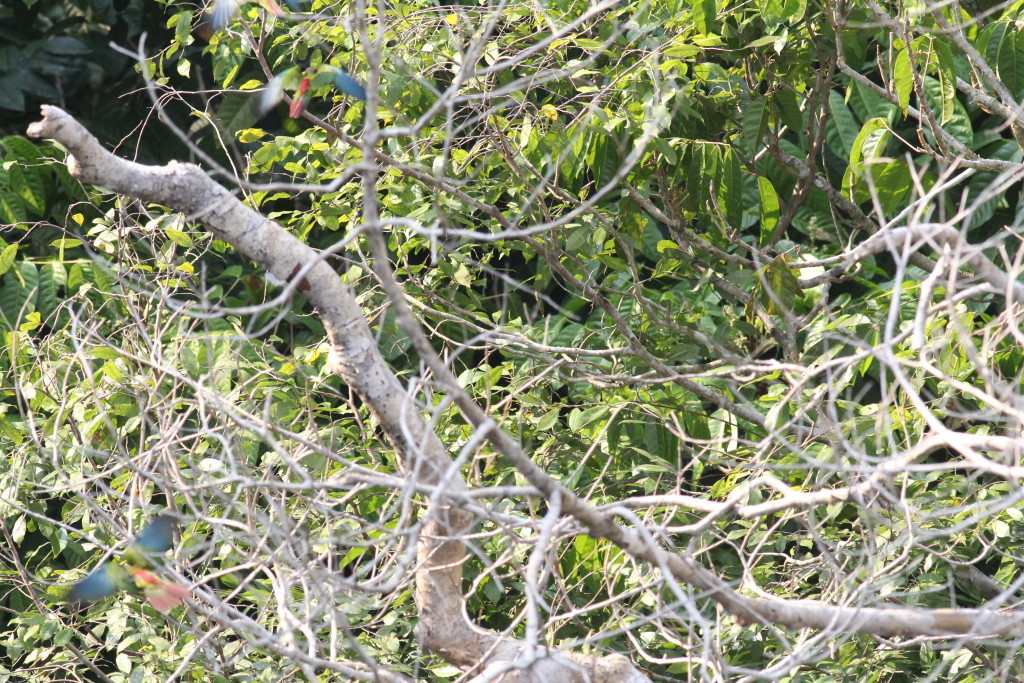
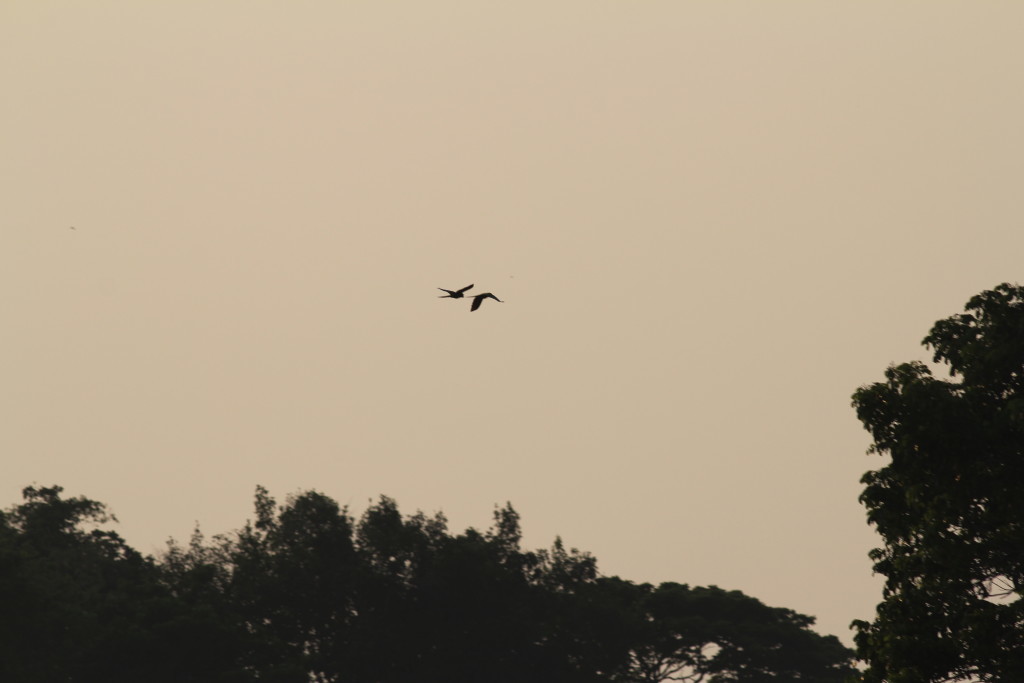
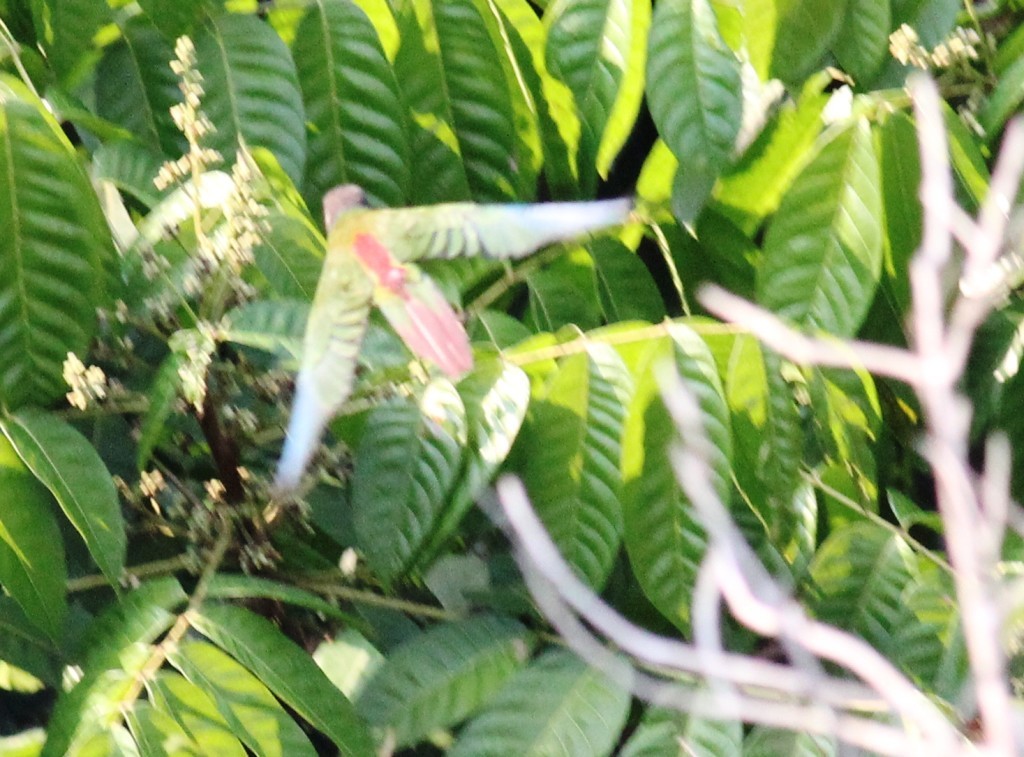
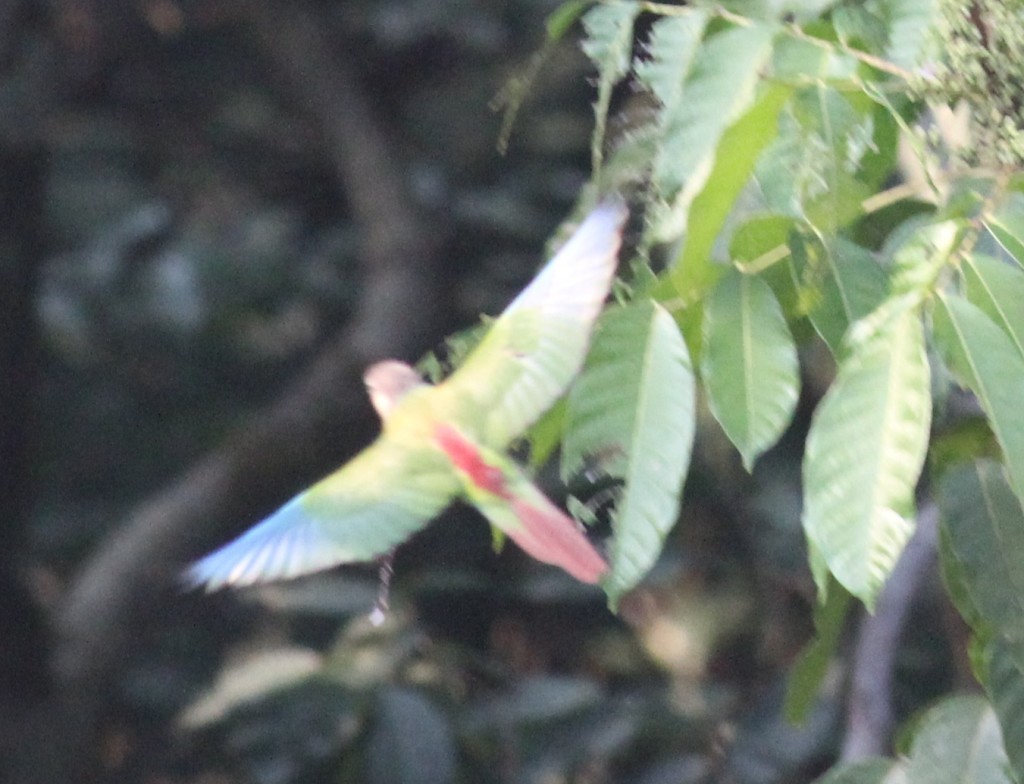
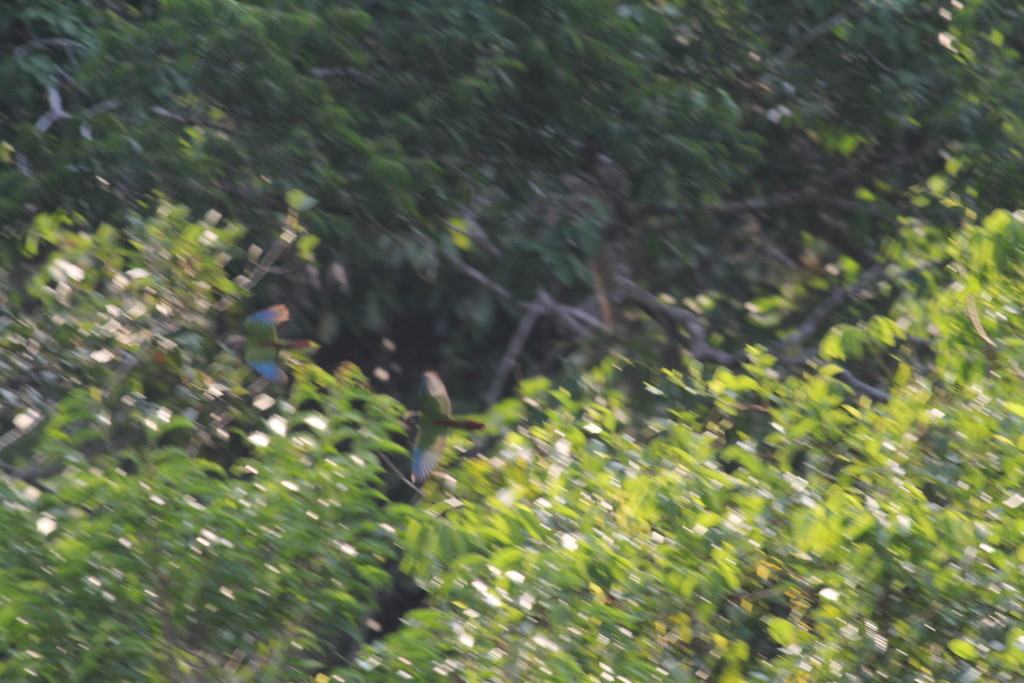
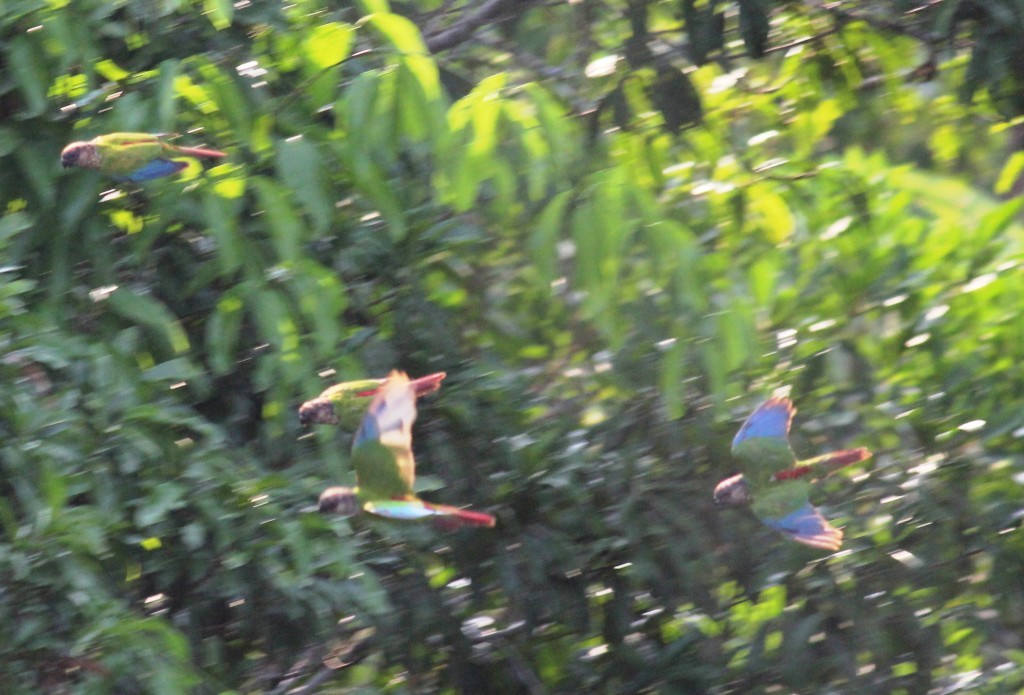
Cuvier’s Toucan
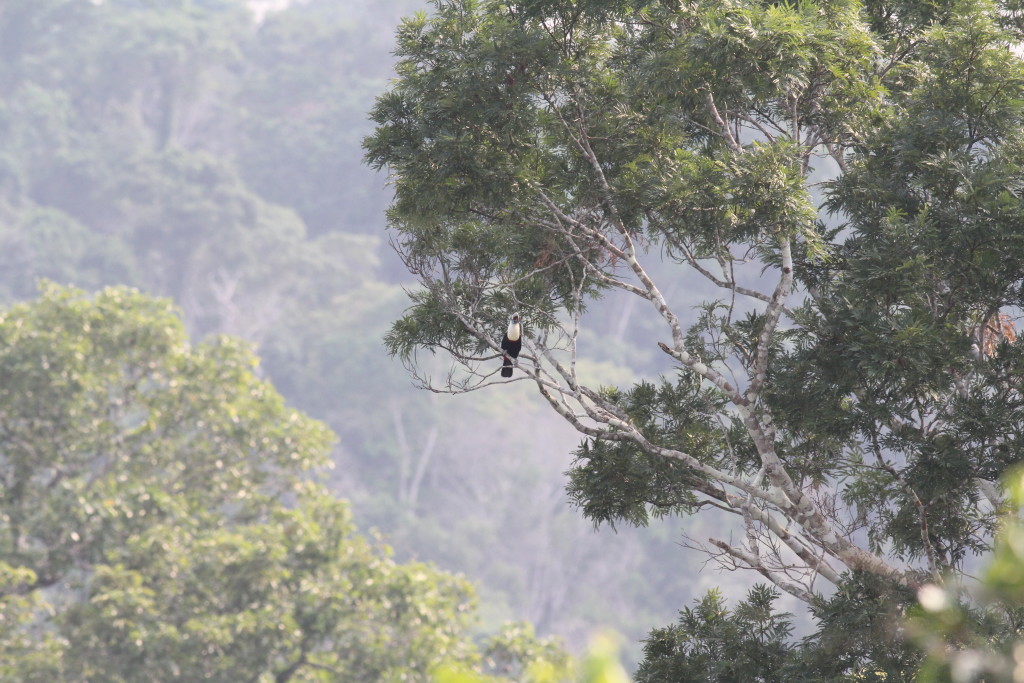
Blue-headed Parrots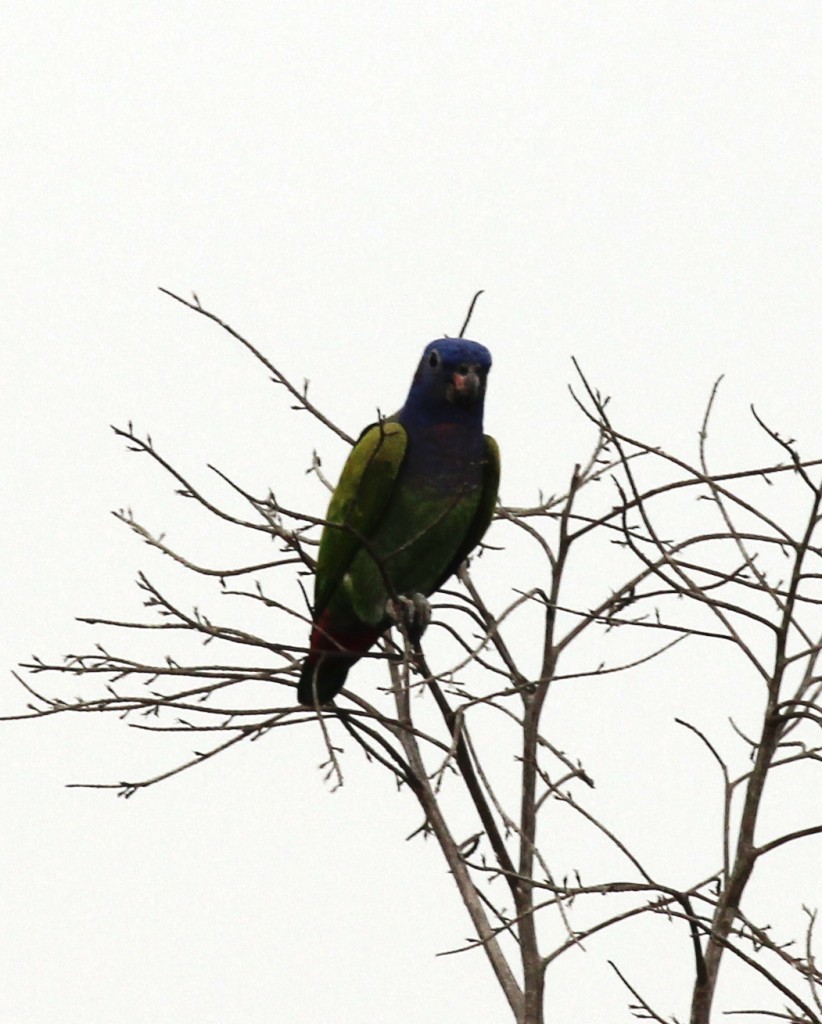
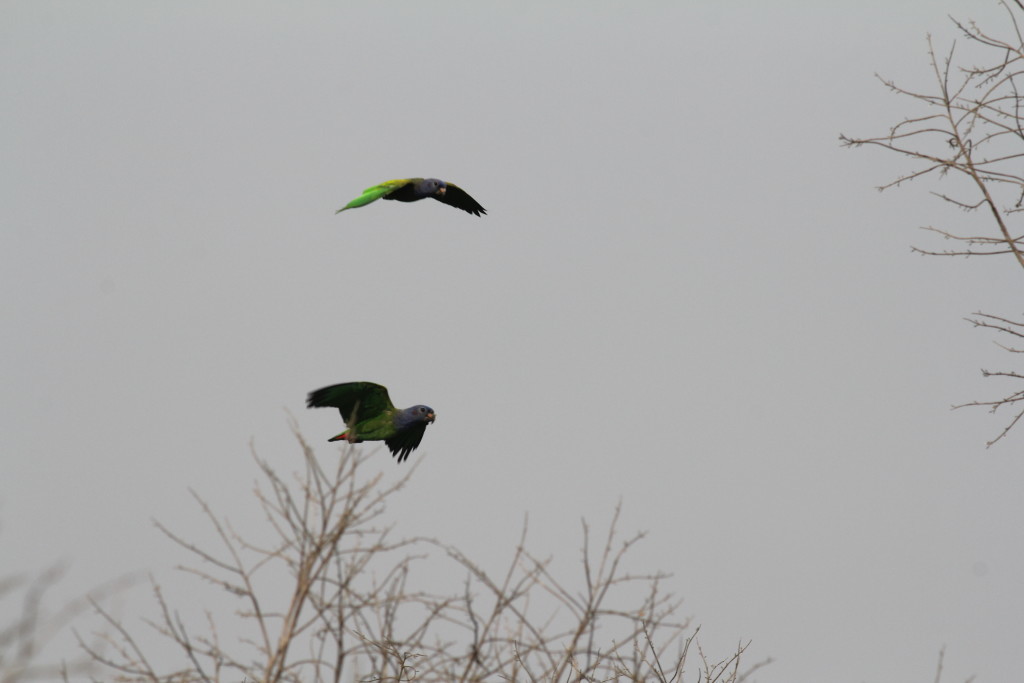
White-bellied Parrot (Caique)

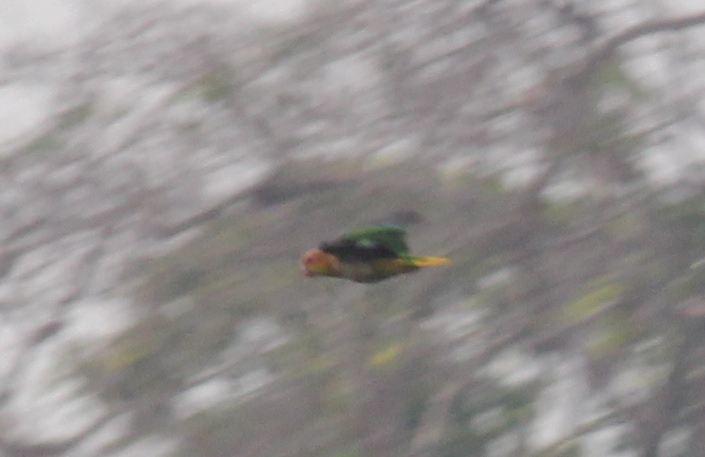
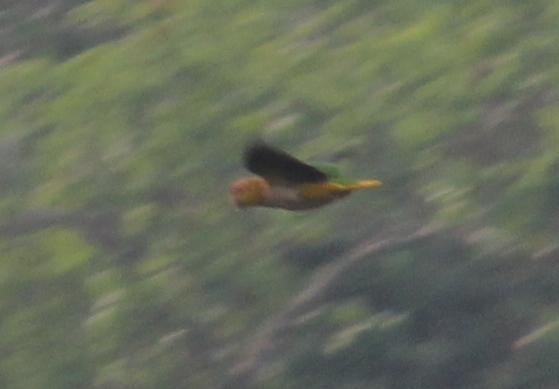
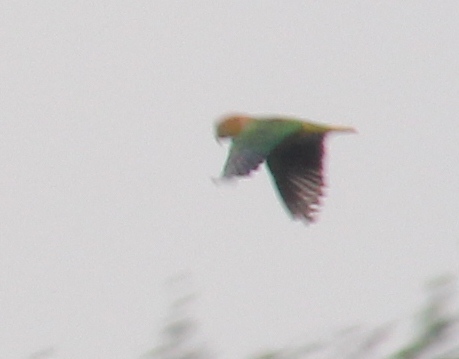
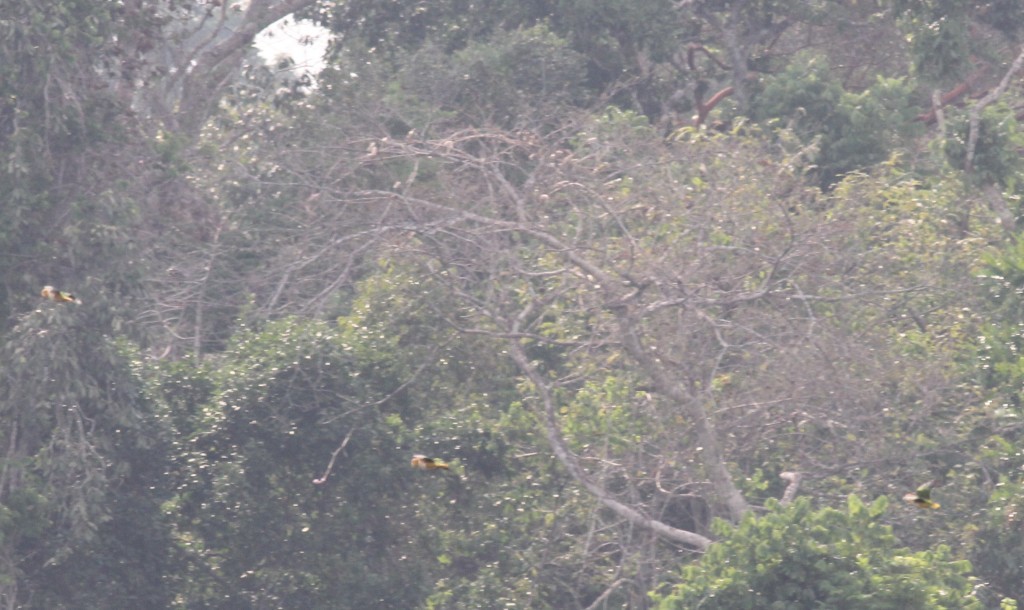
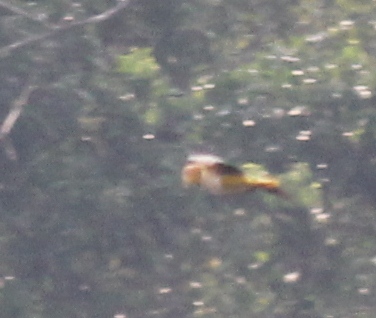
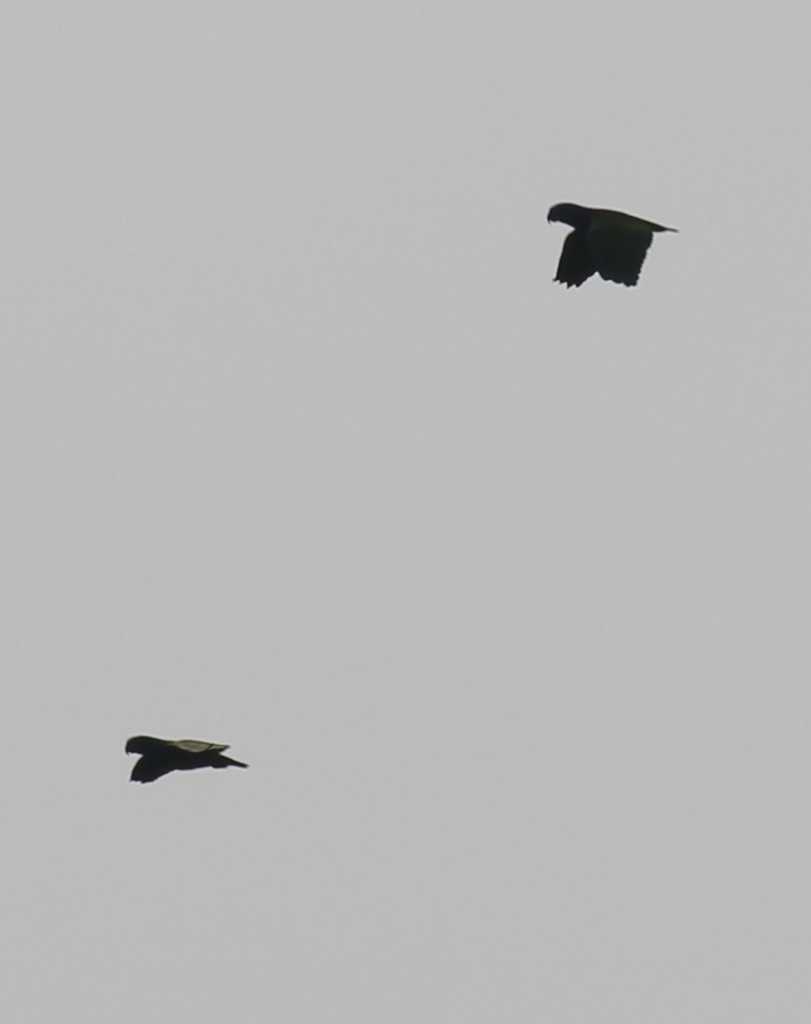
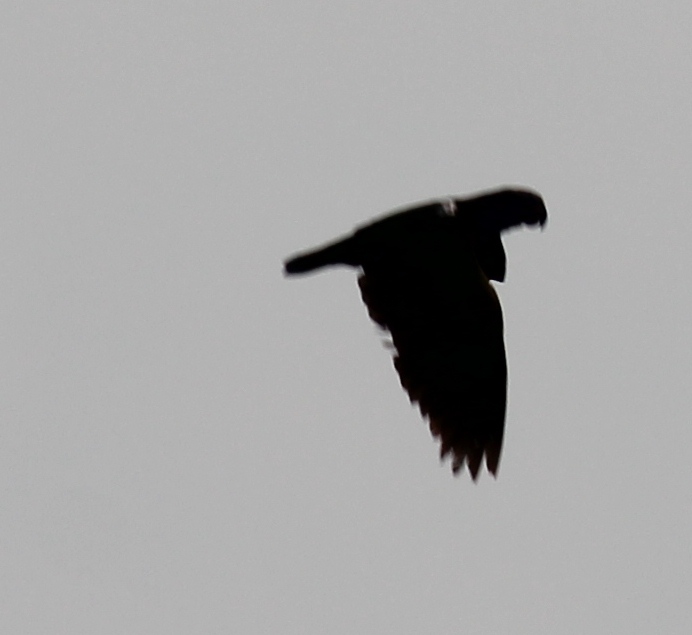
Our guide, unfortunately after 3 years I can’t remember his name but he was excellent!
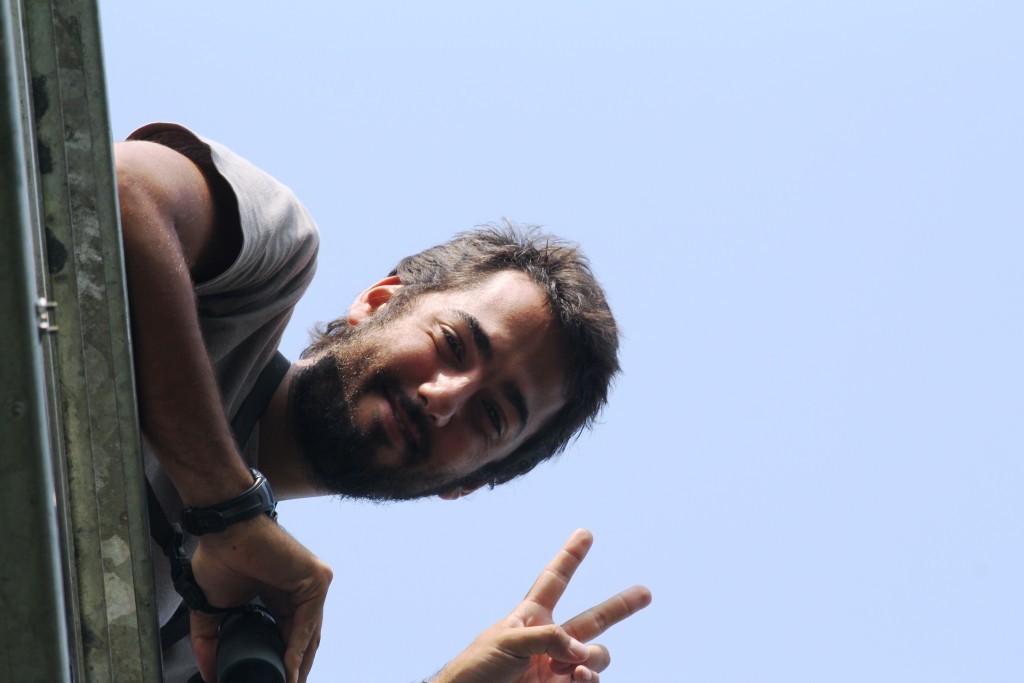
Our 2nd excursion at Cristalino was in the afternoon of the 1st full day we were there (sadly we could only afford 2 nights). We went in a small boat down river to an island called Ilha Ariosto in the middle of the river that had some amazing birdlife! I wasn’t able to get photos of most of them as the sightings were mostly fly-bys. I barely caught a glimpse of a Severe Macaw (Chestnut-fronted Macaw) as he zoomed overhead. The Dusky-billed Parrotlets were a bit more co-operative with one posing on a branch. There were quite a few other birds that I didn’t write down and it was especially nice to see hummingbirds out in the bush with no plastic feeders in sight. We had been hoping for Umbrellabirds but coudn’t find any.
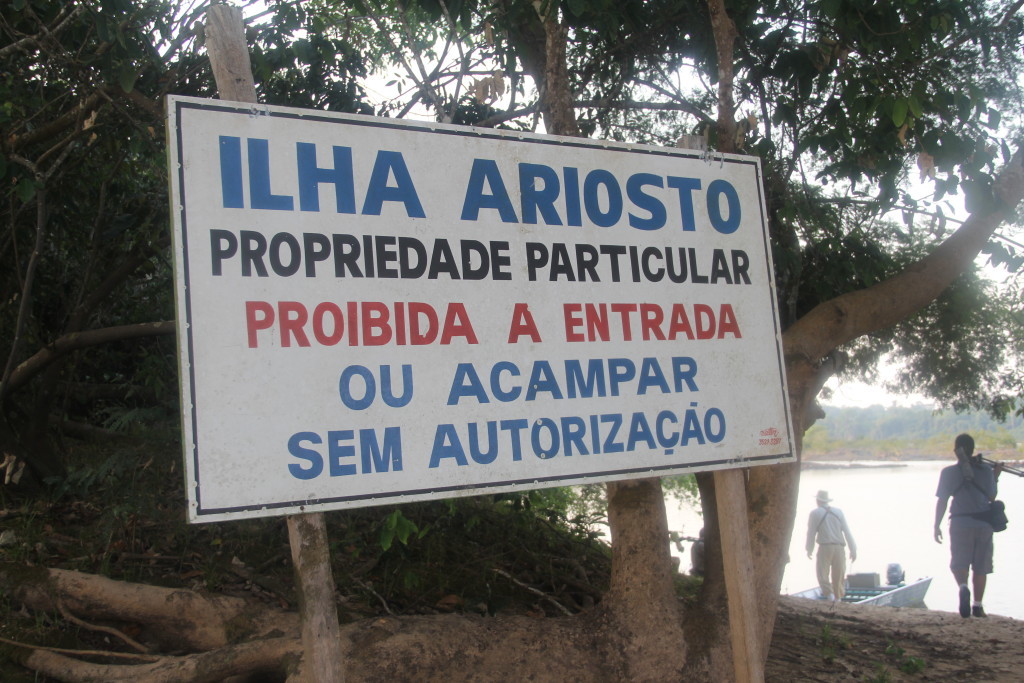
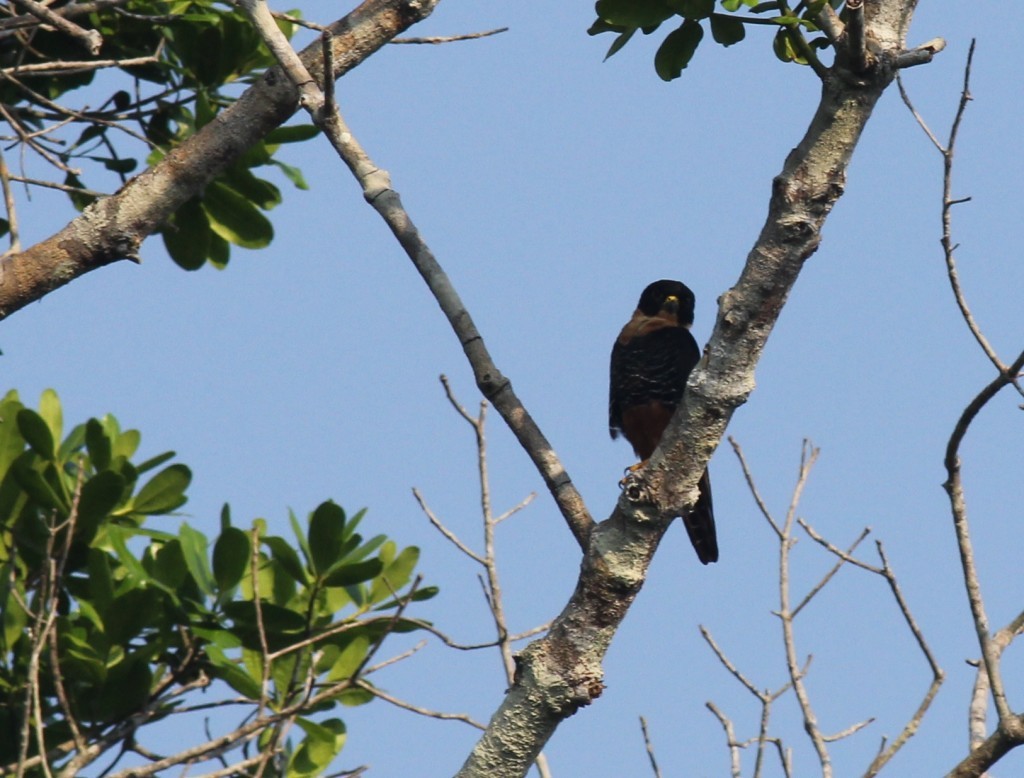
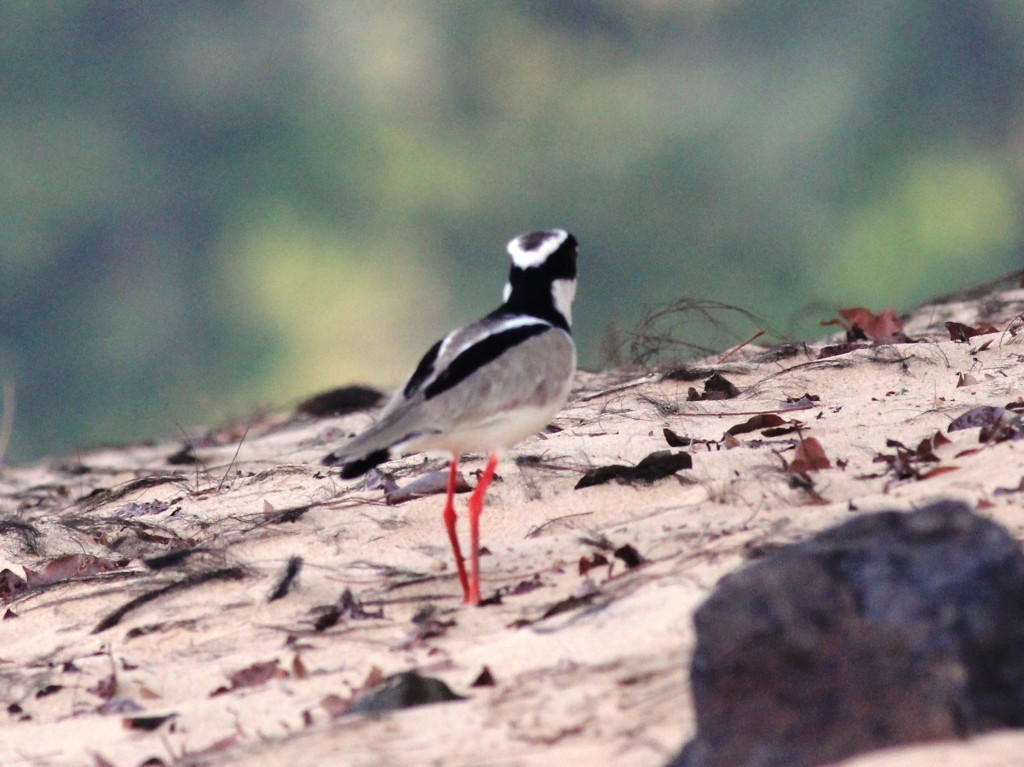

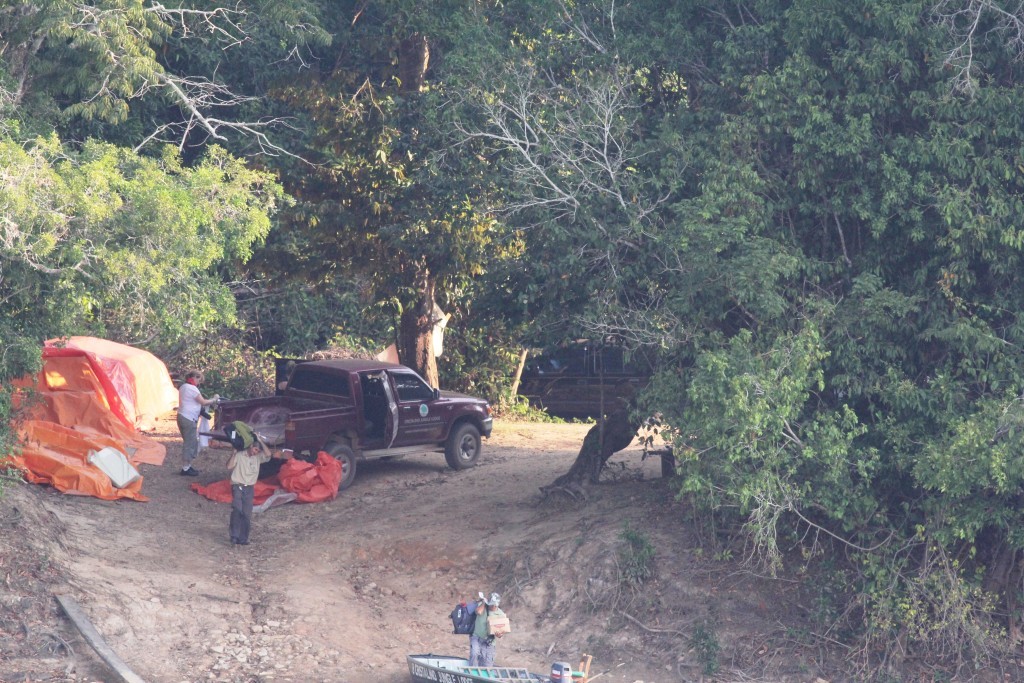
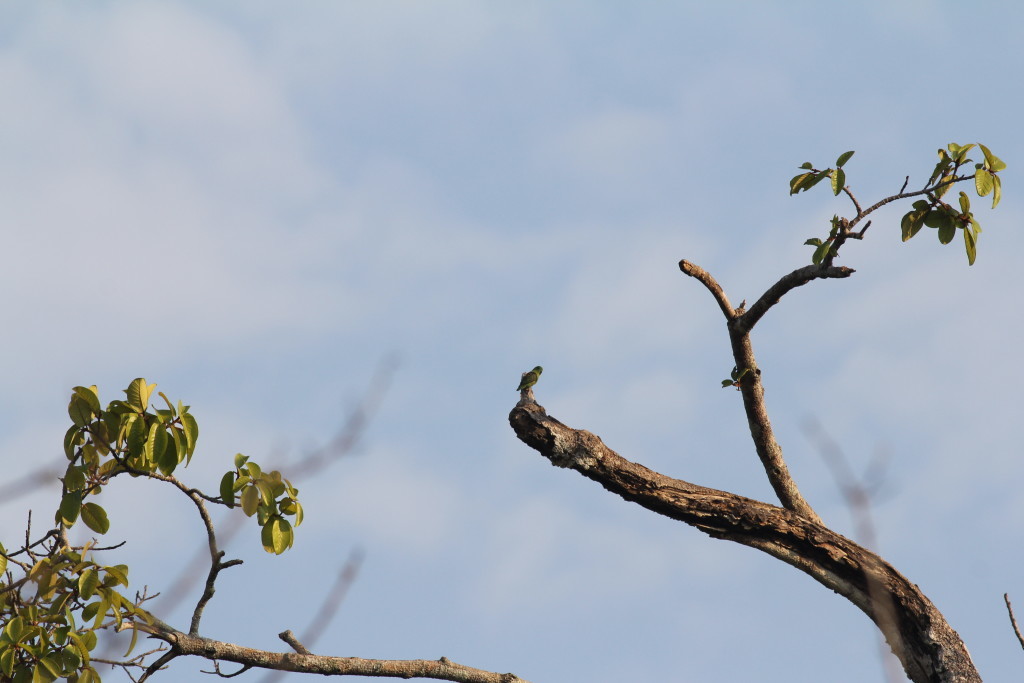
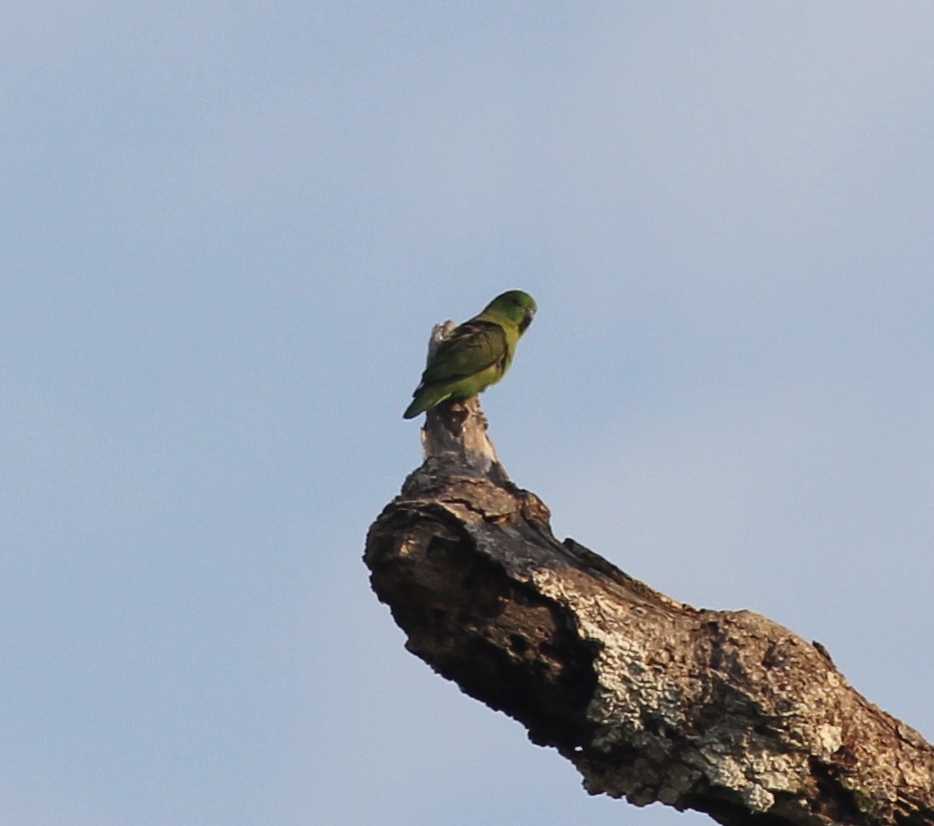

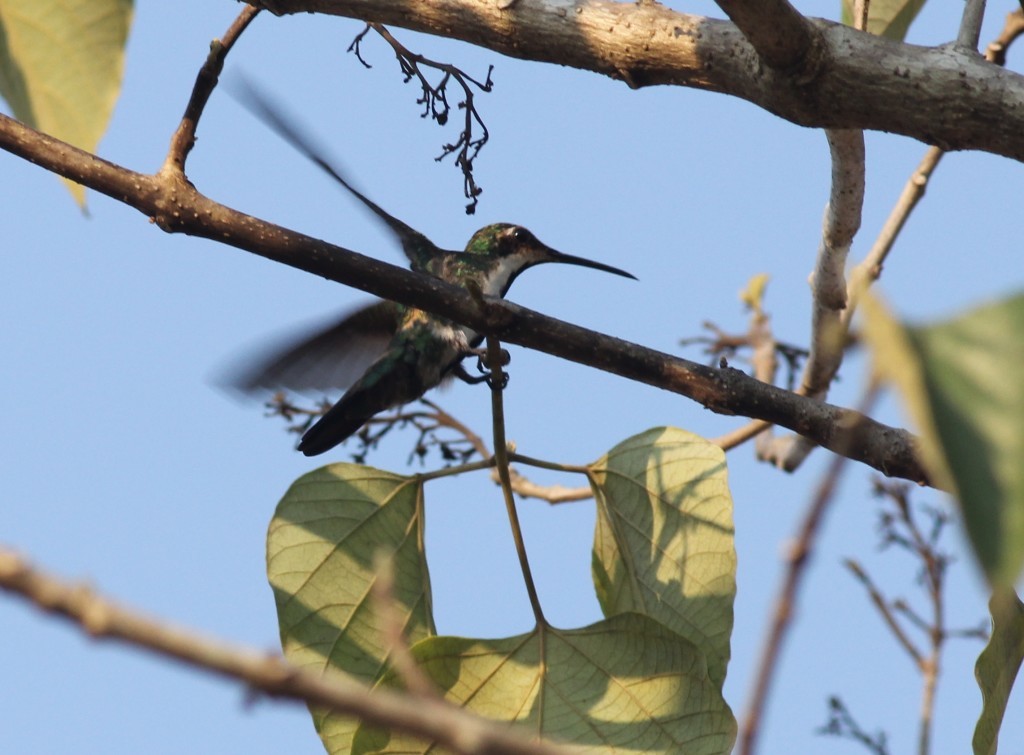
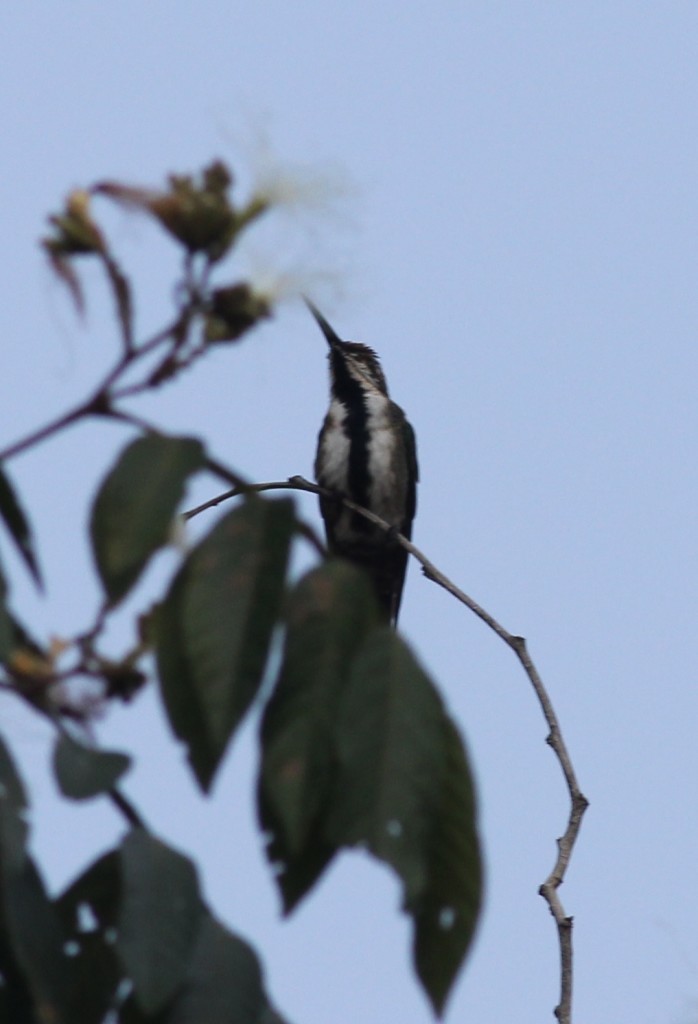

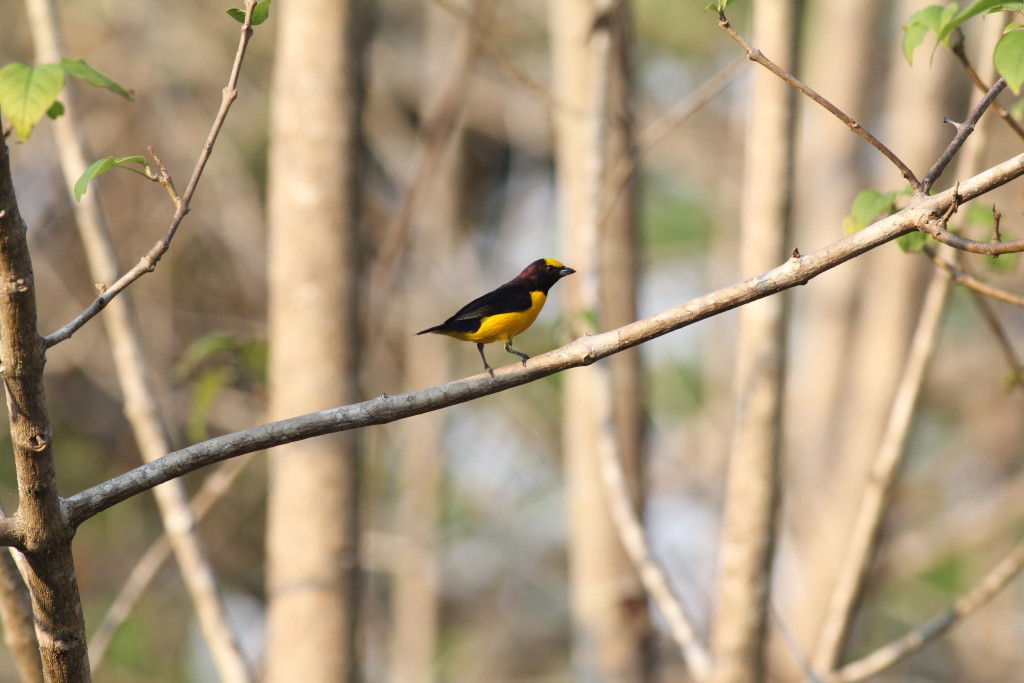
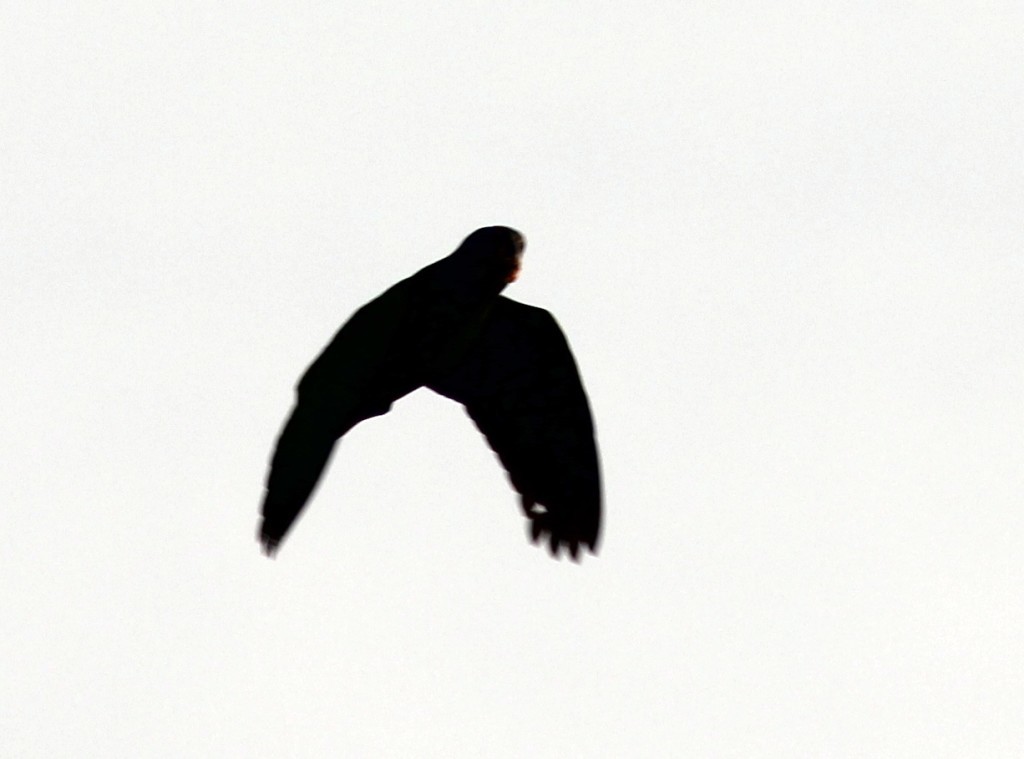
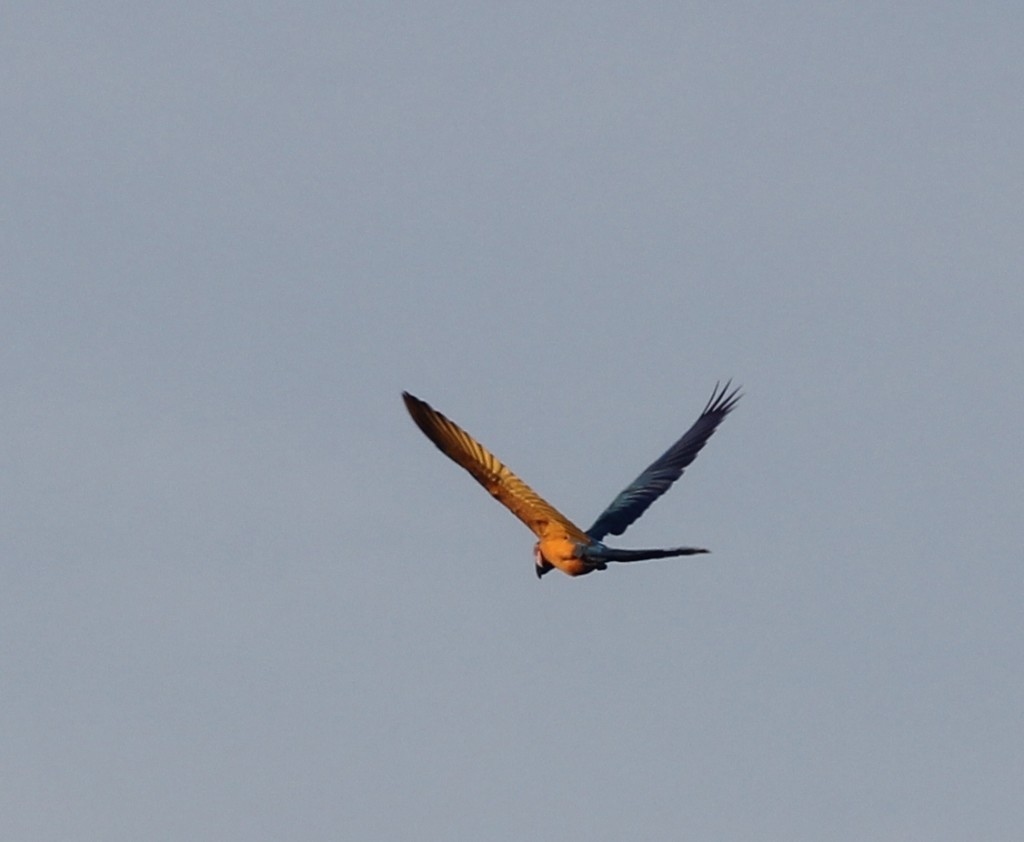
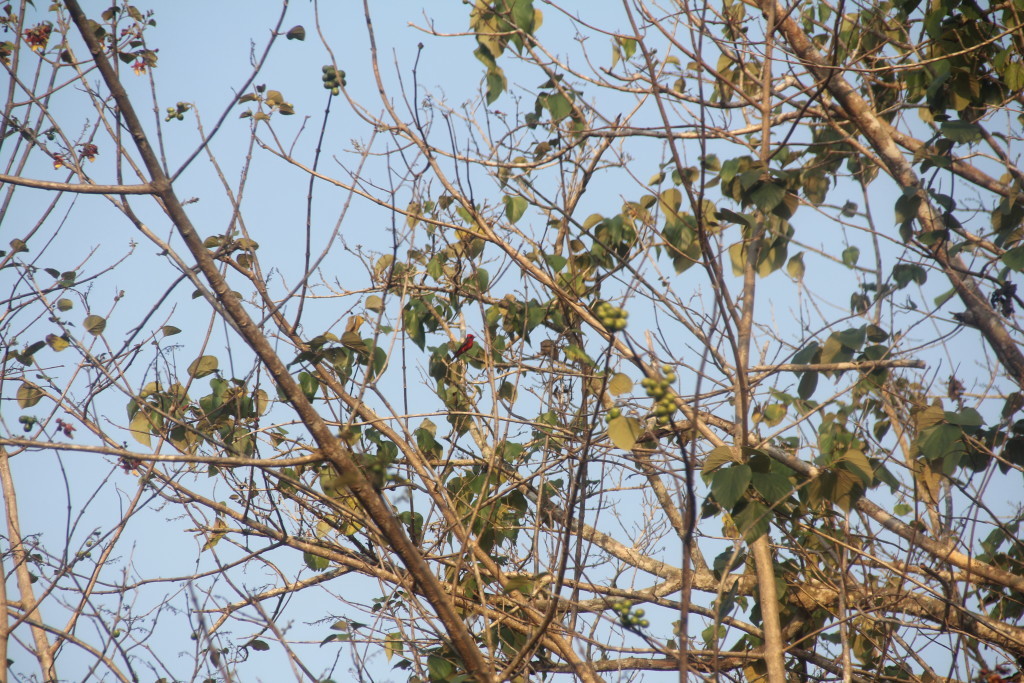

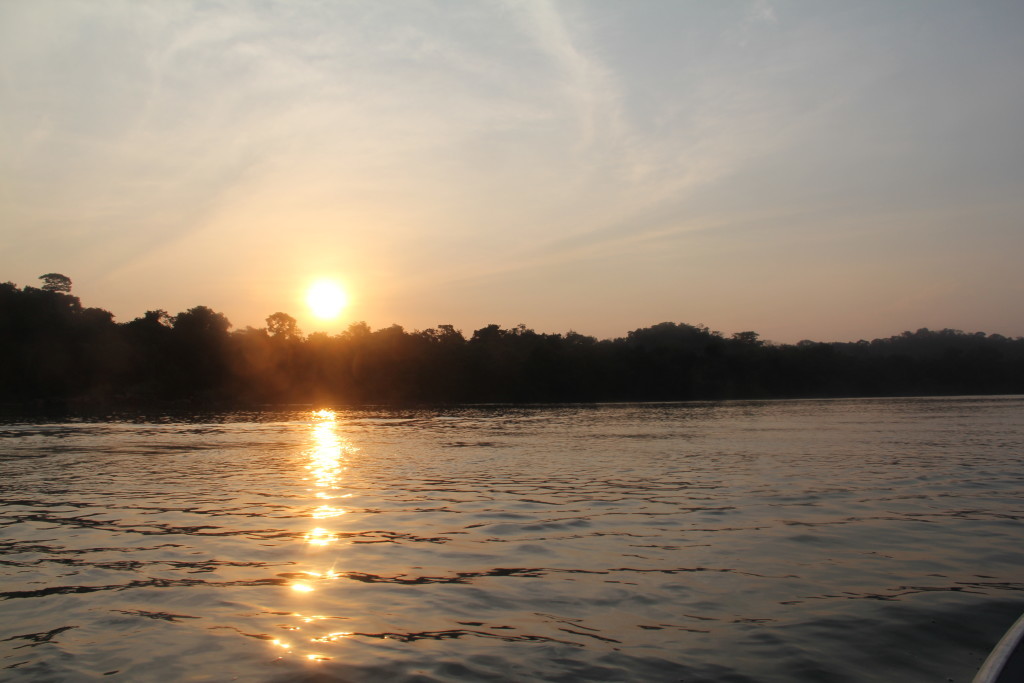
During our 2 night stay at Cristalino, we had 3 guided excursions to different places. This one was on the first morning we were there and we took a small boat a few minutes down river and hiked up a hill. Then we went to a second place that had a watering hole but there weren’t many birds there, mostly butterflies. I didn’t get many photos from this excursion and I didn’t write down the species so just enjoy the pictorial as an example of what to expect!
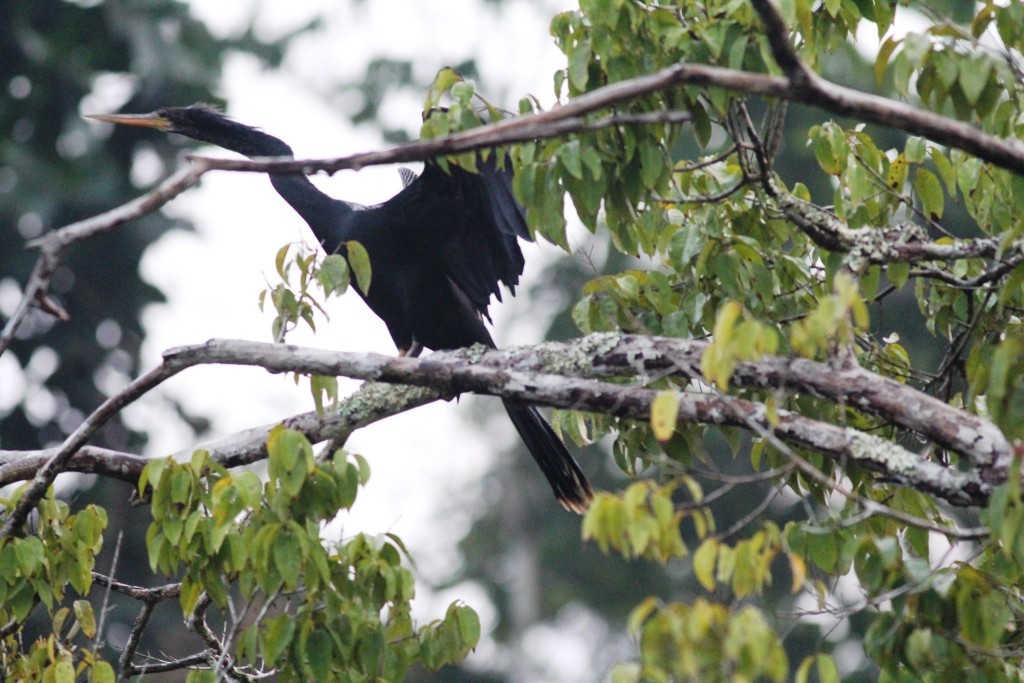
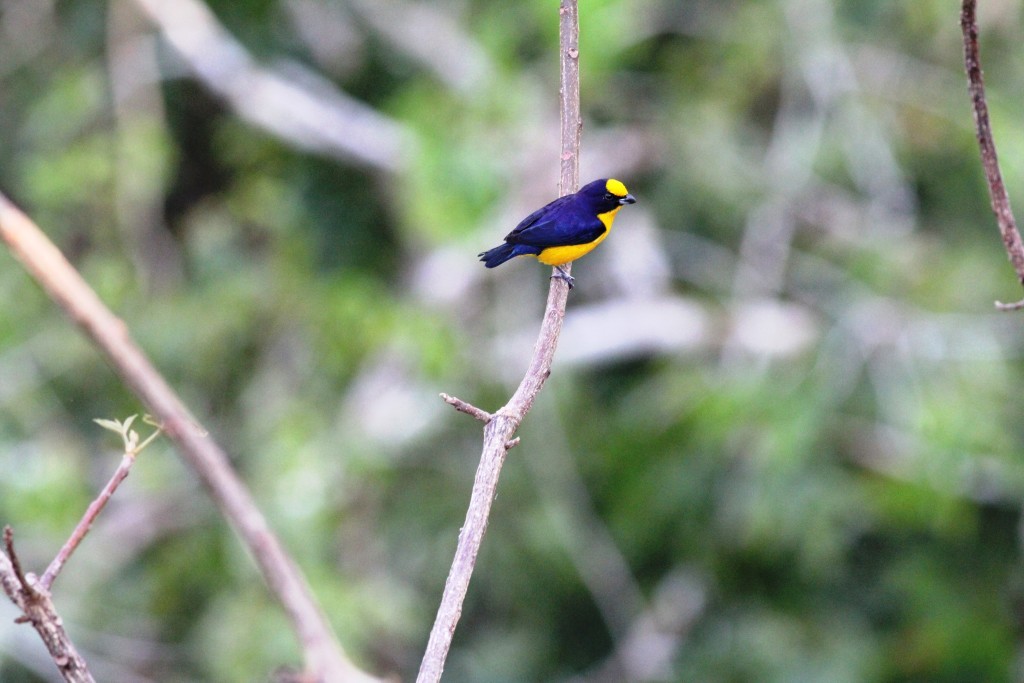
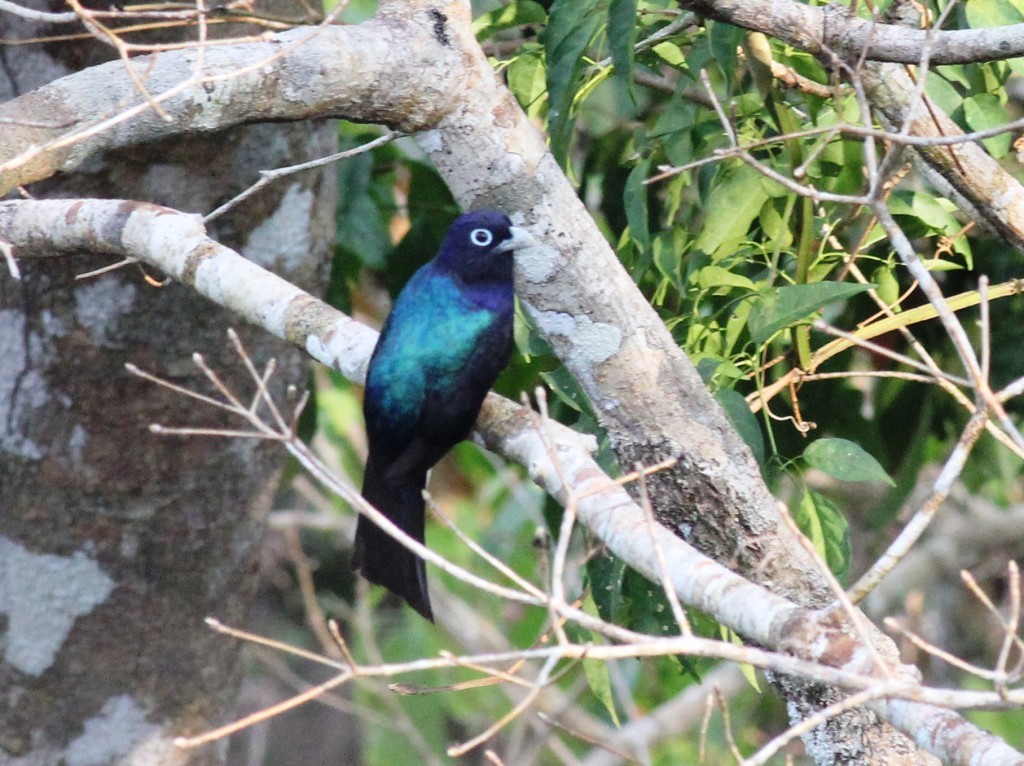
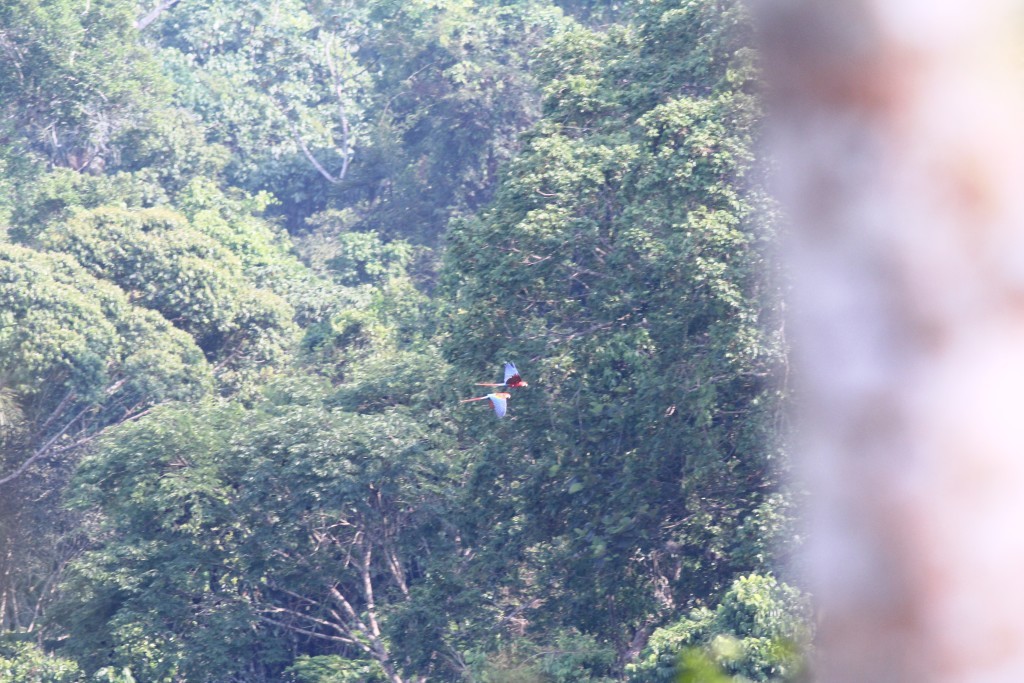
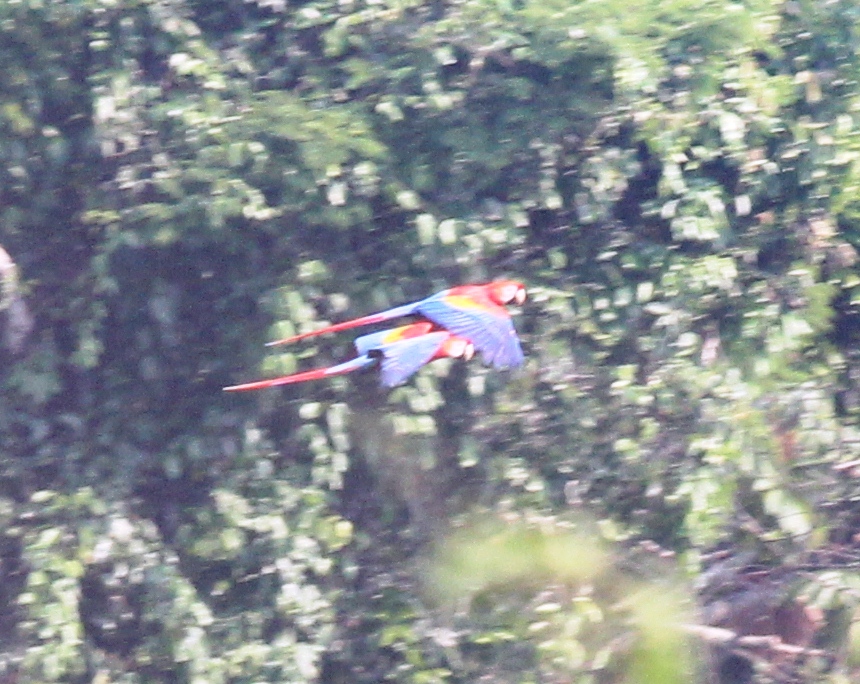
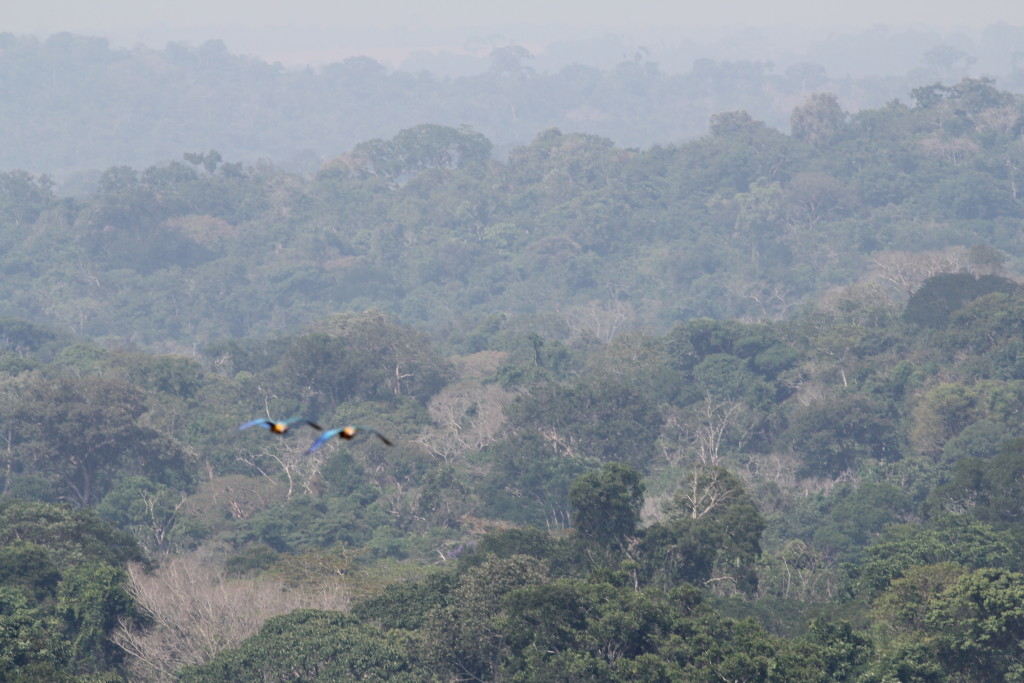
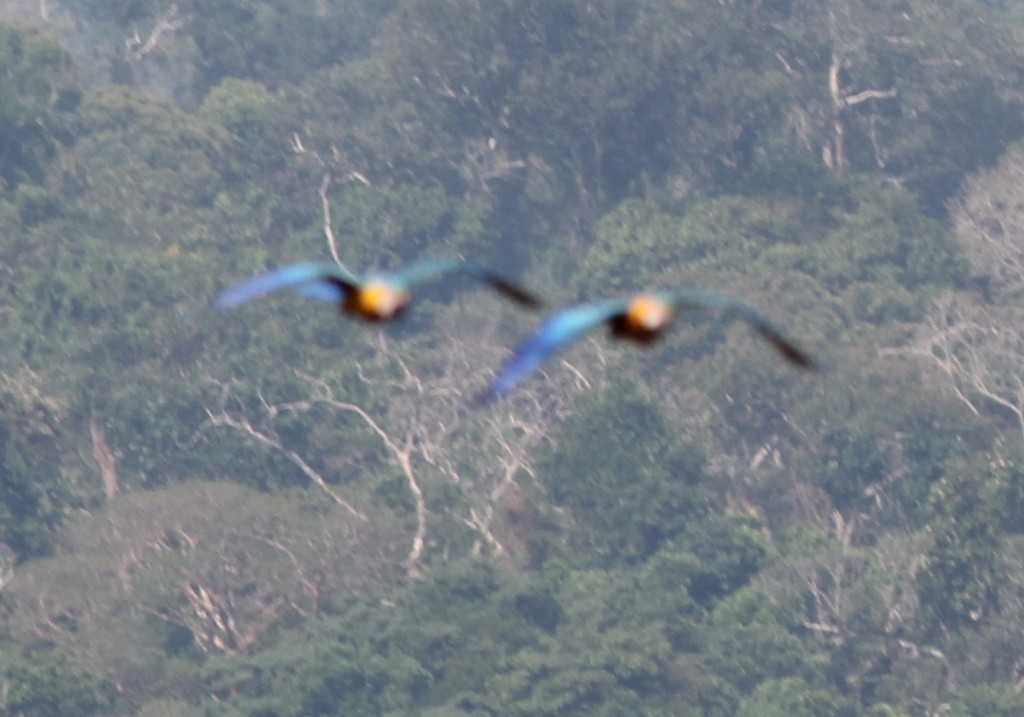
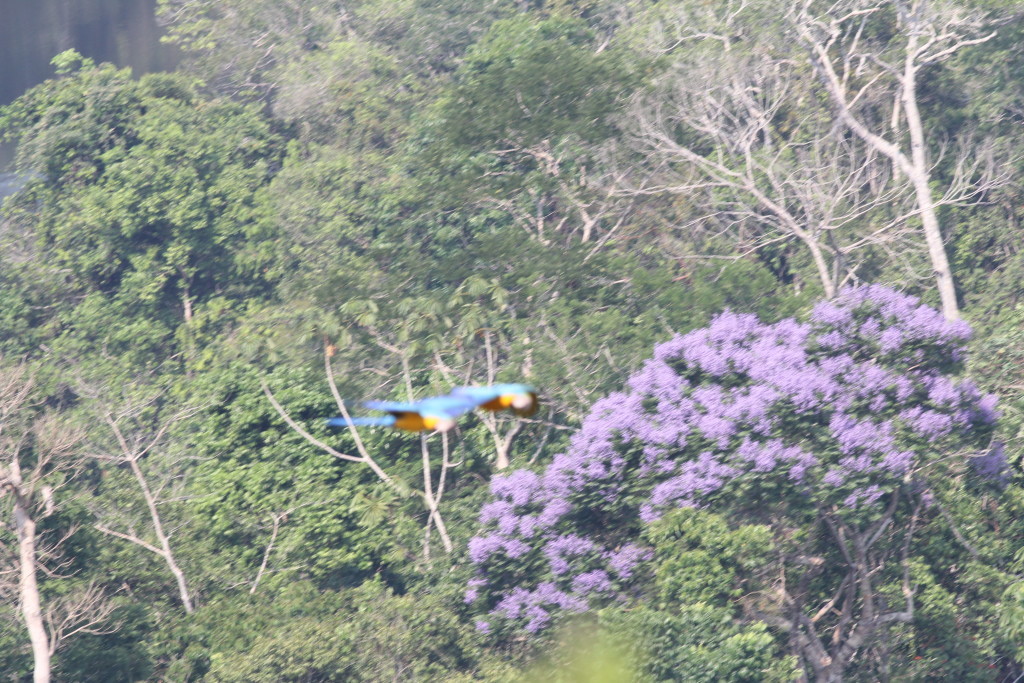
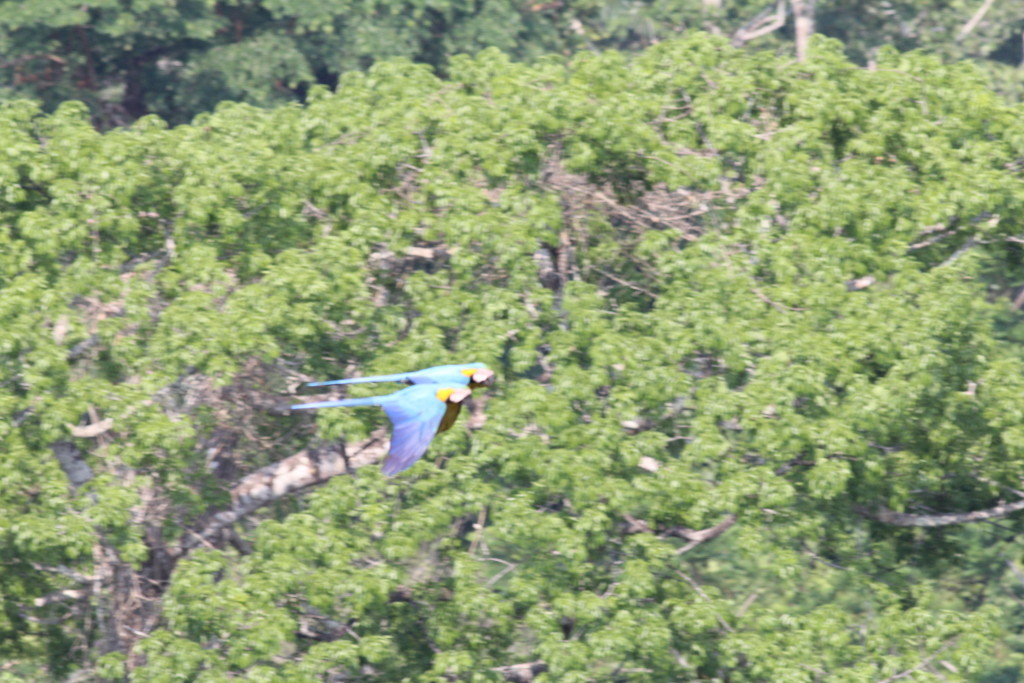
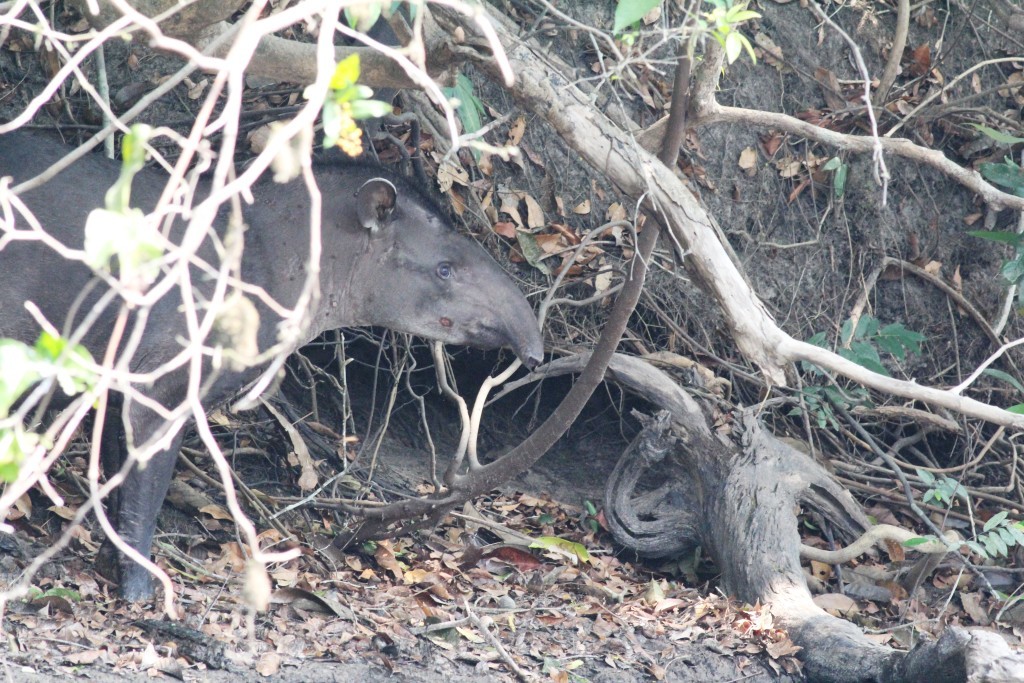
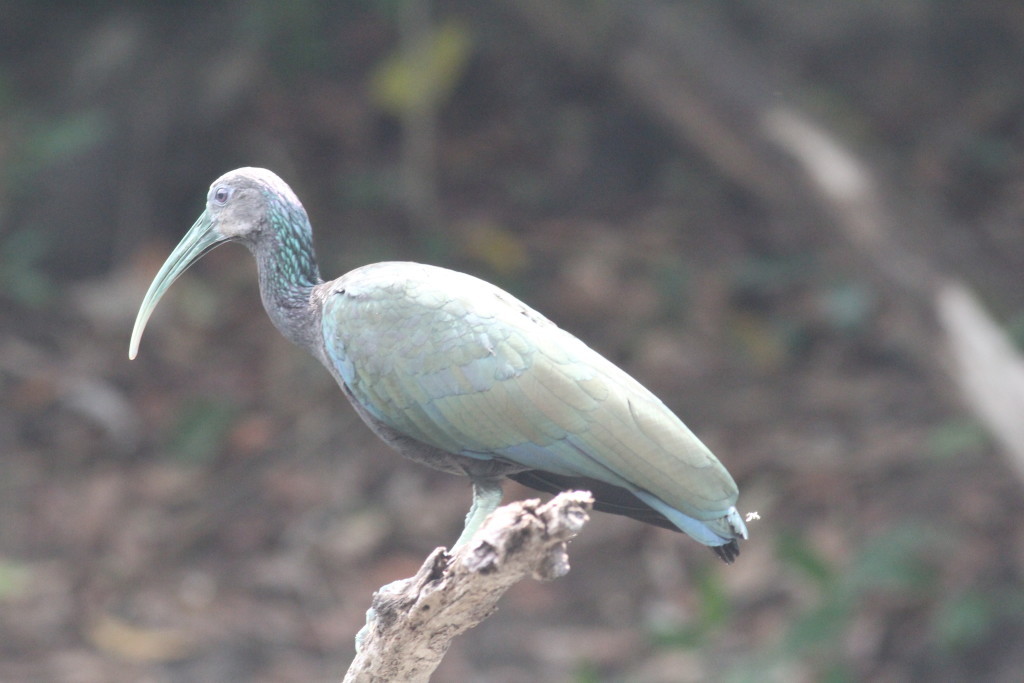
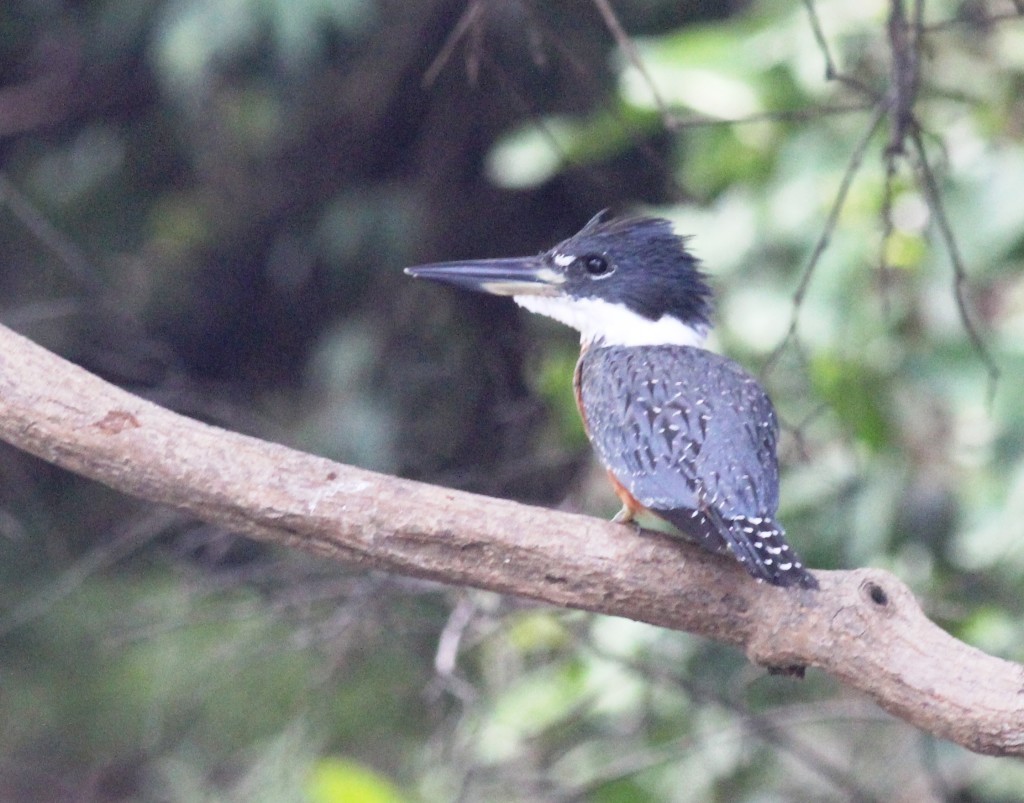

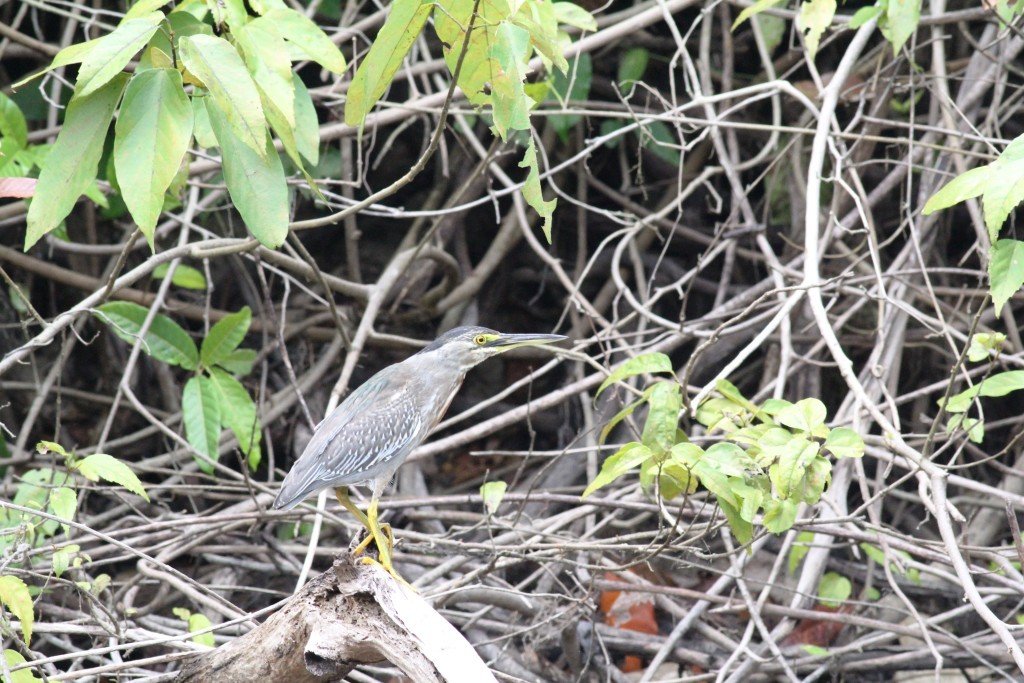
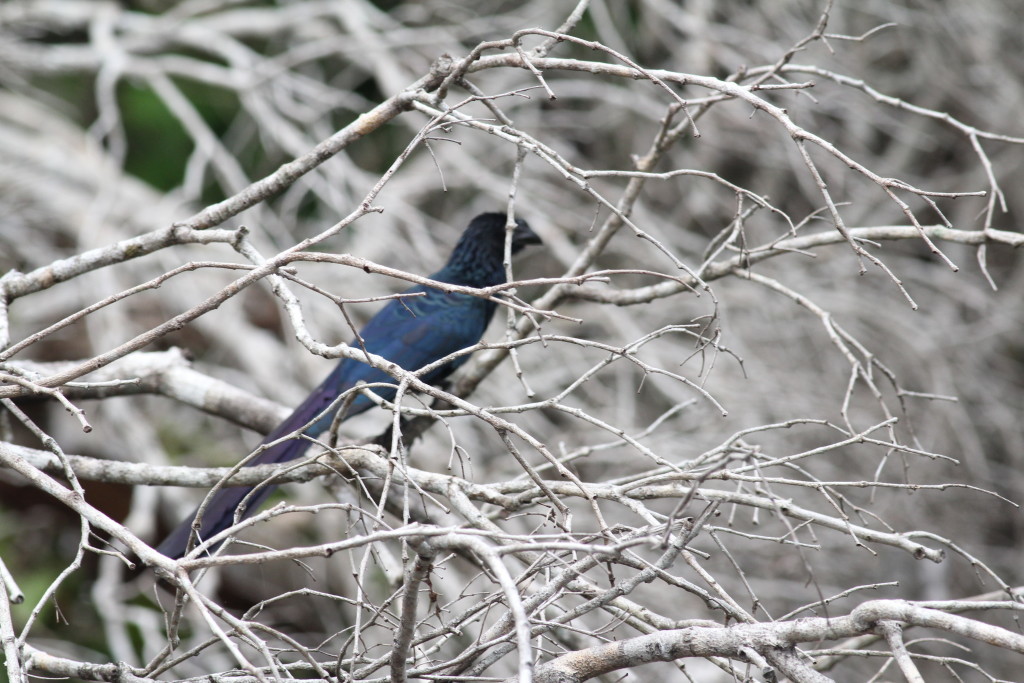
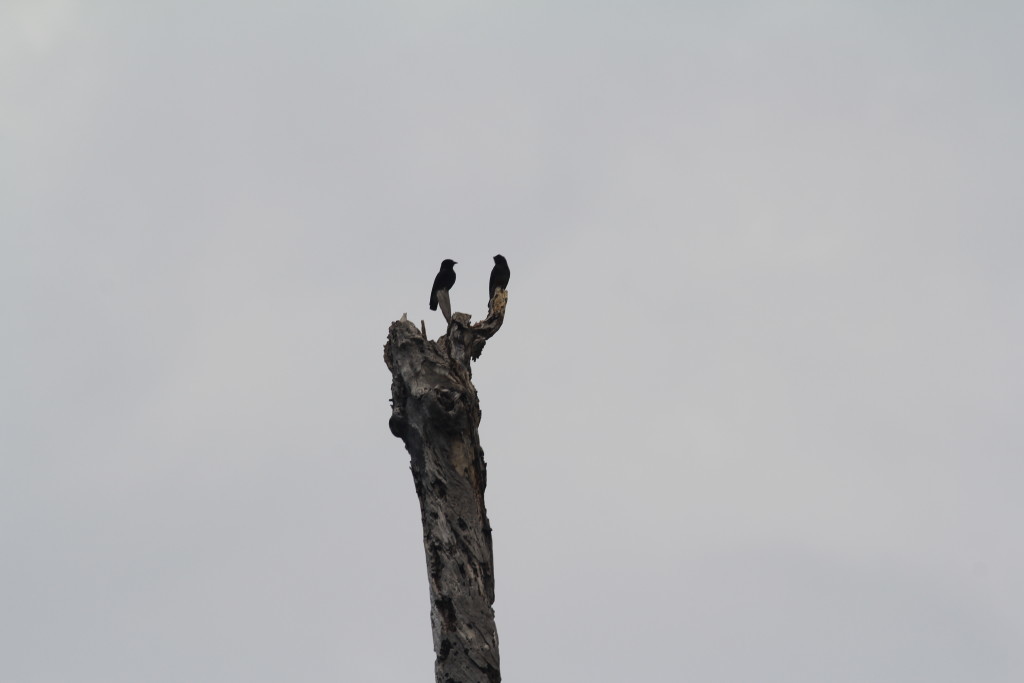
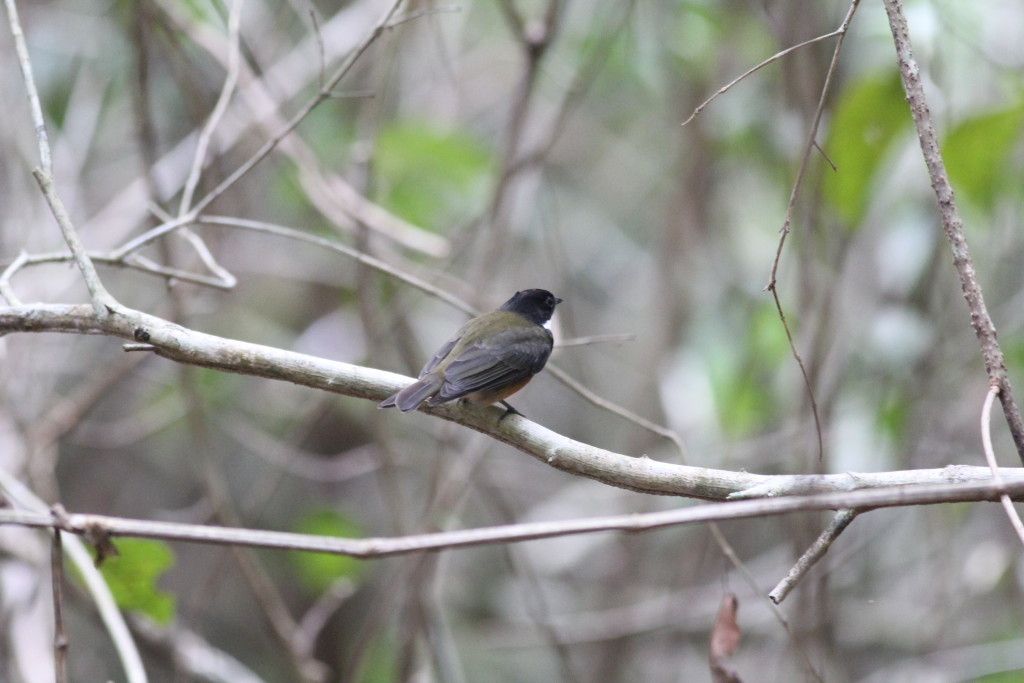

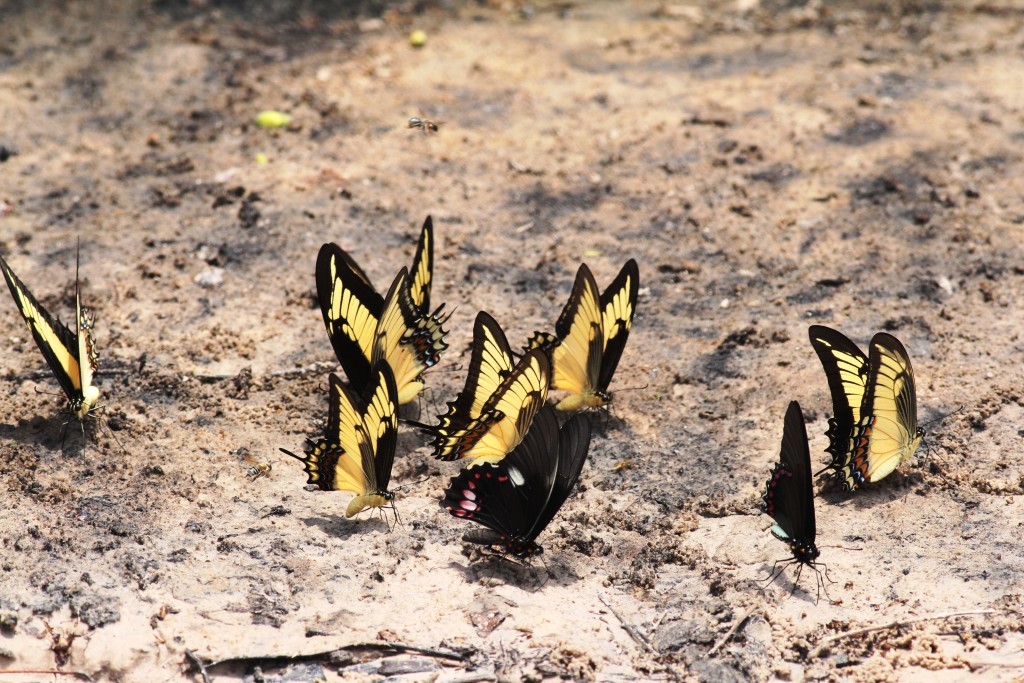
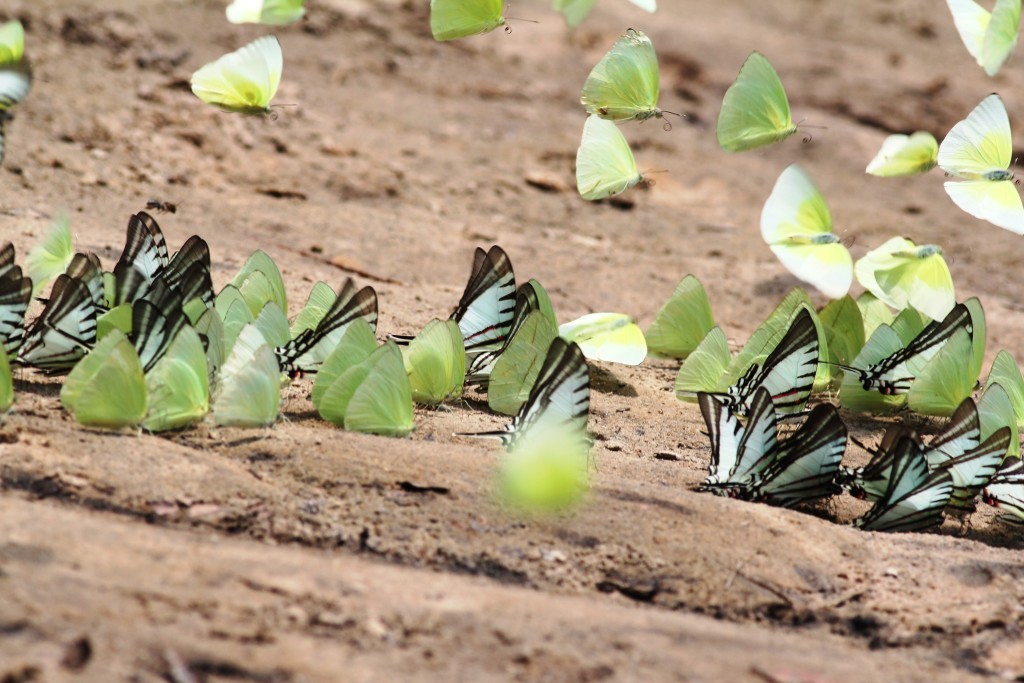
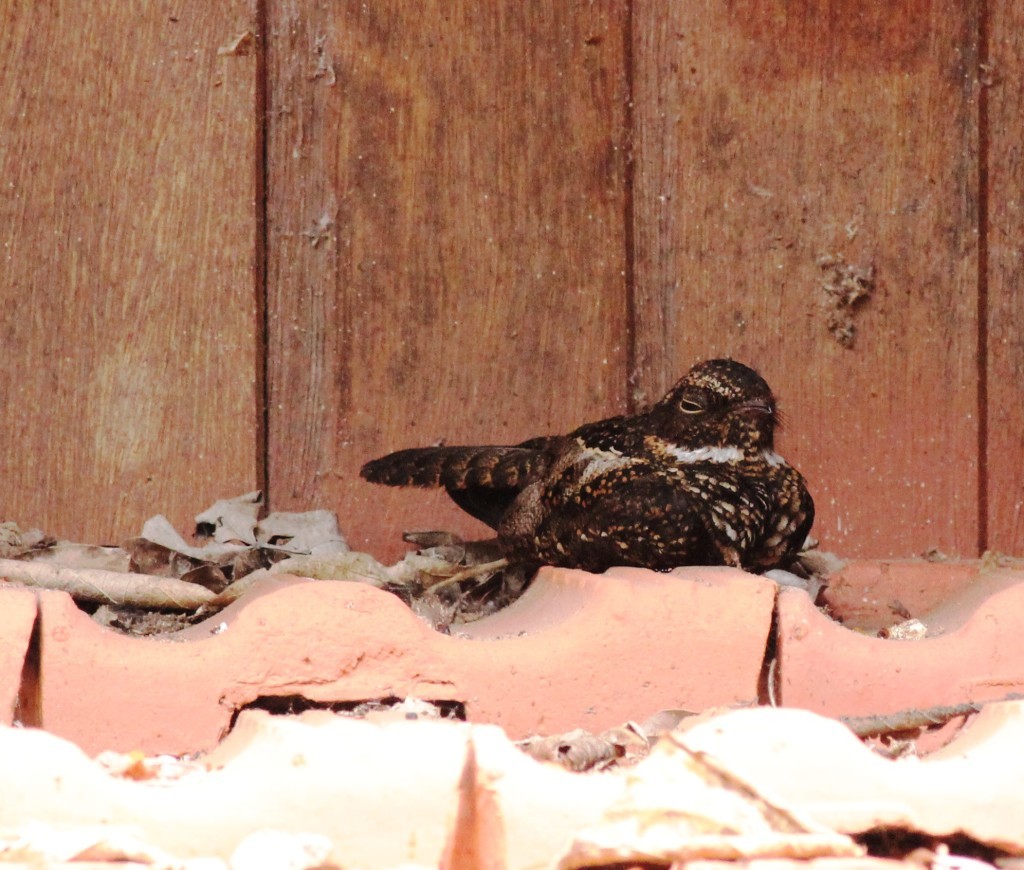

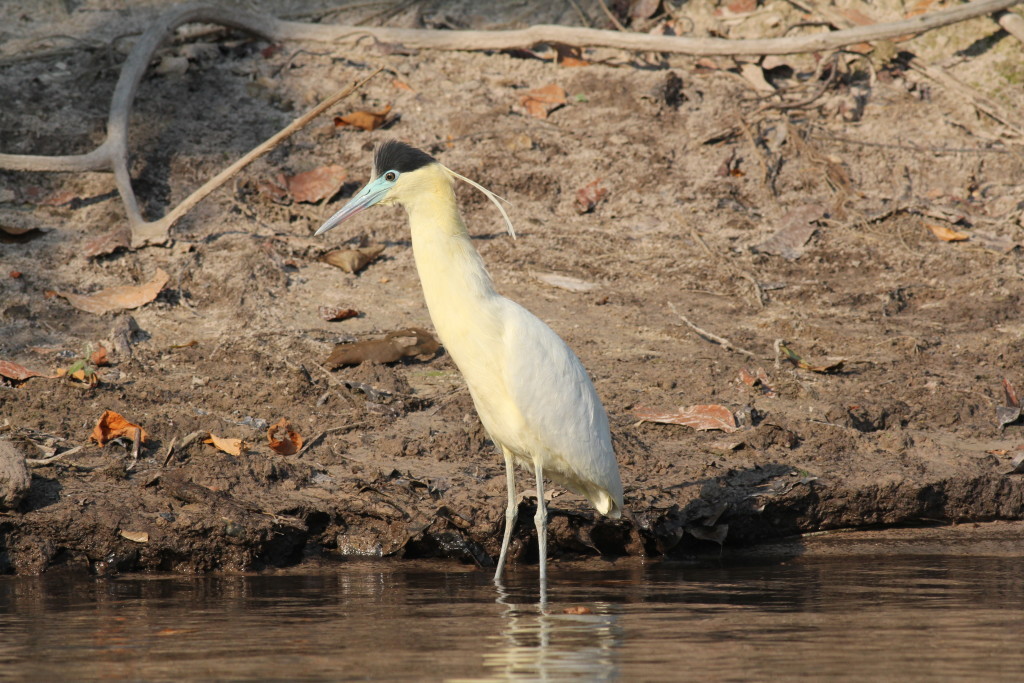

Yeah, I know – “Getting there is half the fun” seems like a cliche but in this case it’s very true! The adventure starts when you take the shuttle from Floresta Amazonica to the river where you board a shuttle boat to Cristalino Lodge.
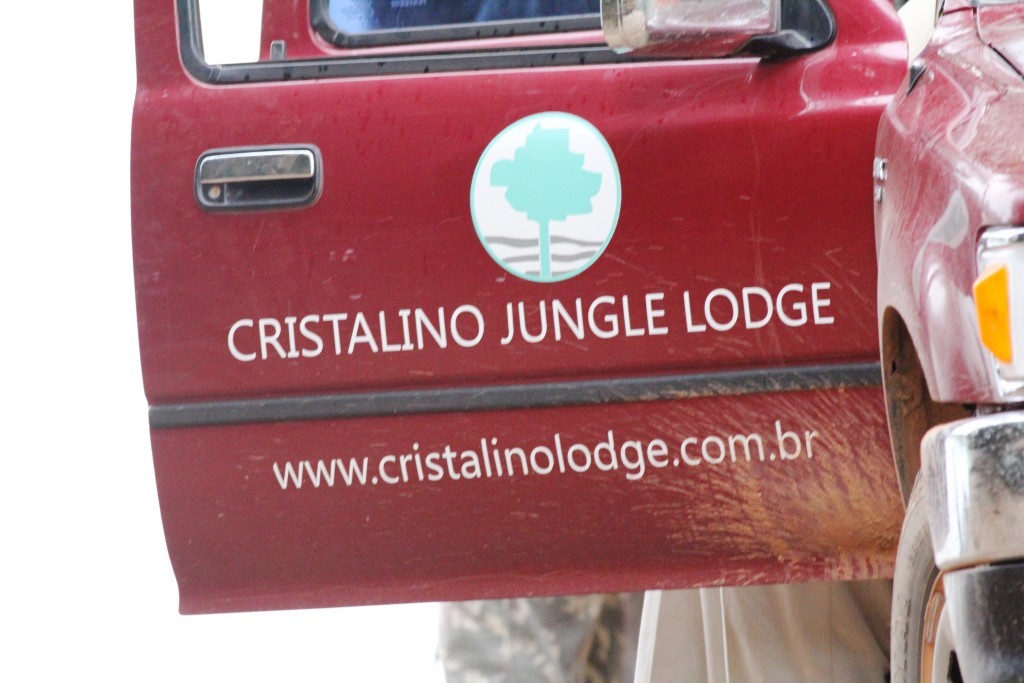
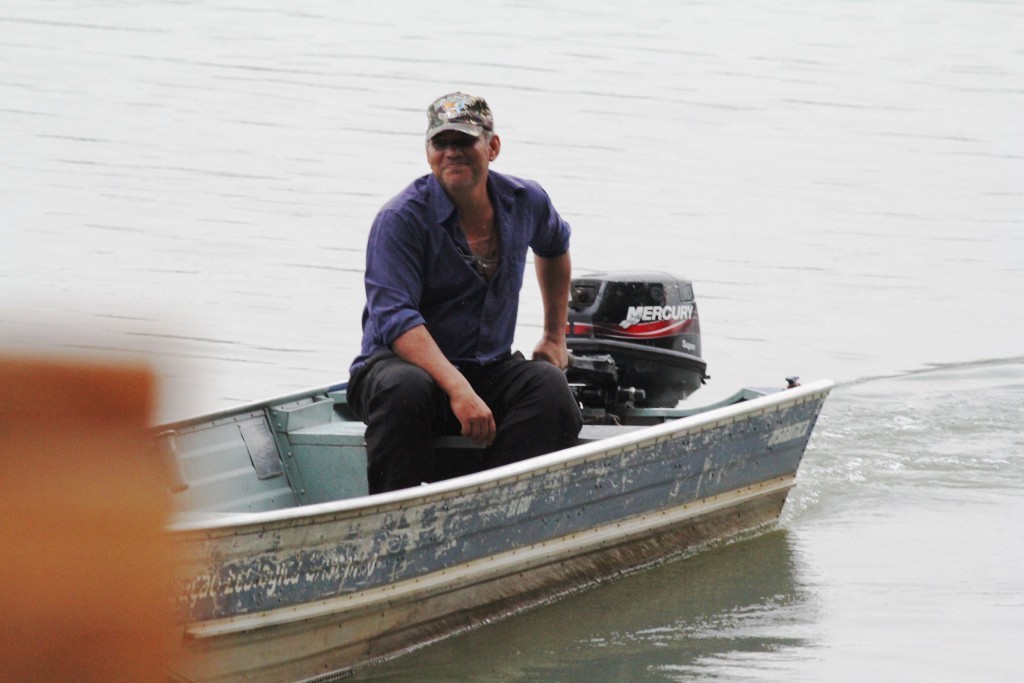
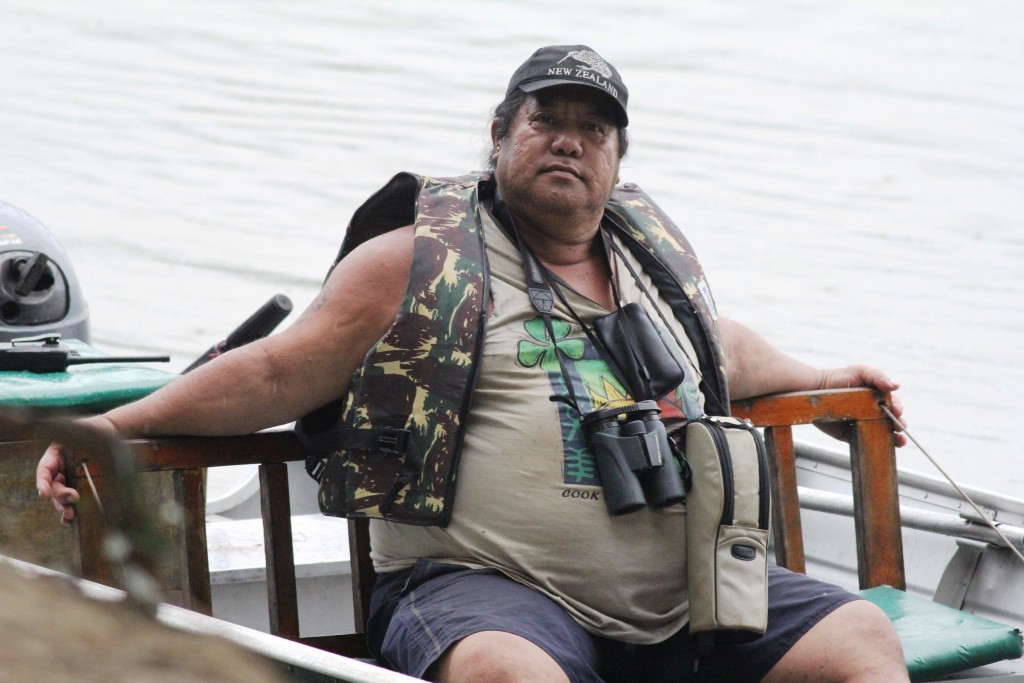
There were a few other people in the boat, one of which appeared to be a guide from a large tour operator as he had an American accent but knew literally every bird flying over head and every bird call. He was speaking to his group, but when I heard him say “Mealy Parrots” and point overhead even before the boat left the dock, I knew we were in for a treat!
I did my best to grab some photos as the boat traveled down the river but my shots are pretty bad. At least they may give a hint of what to expect!
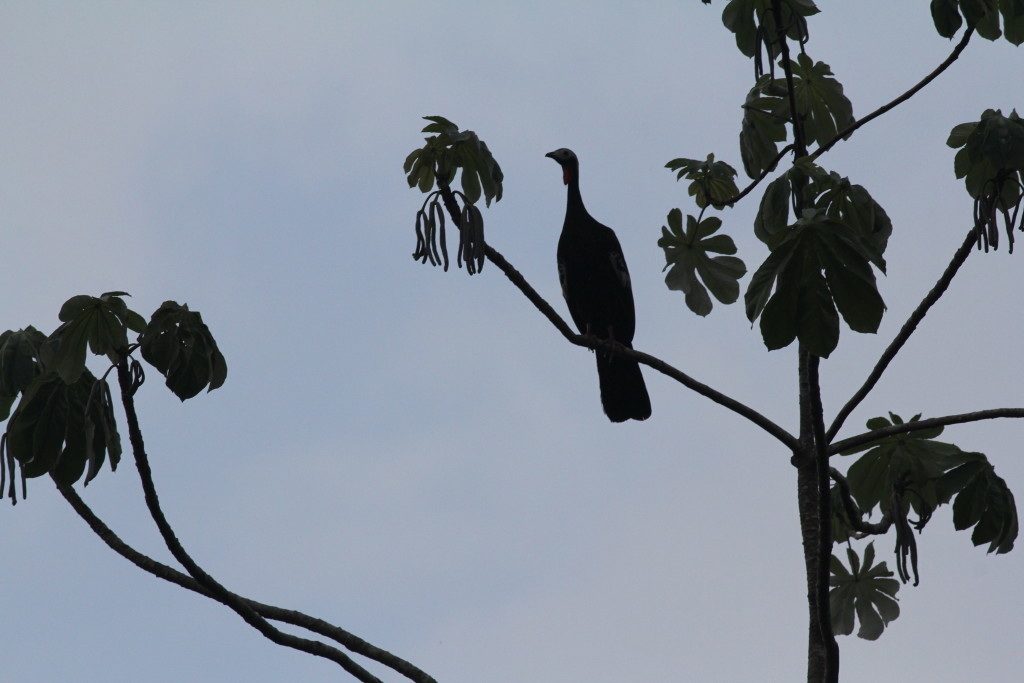
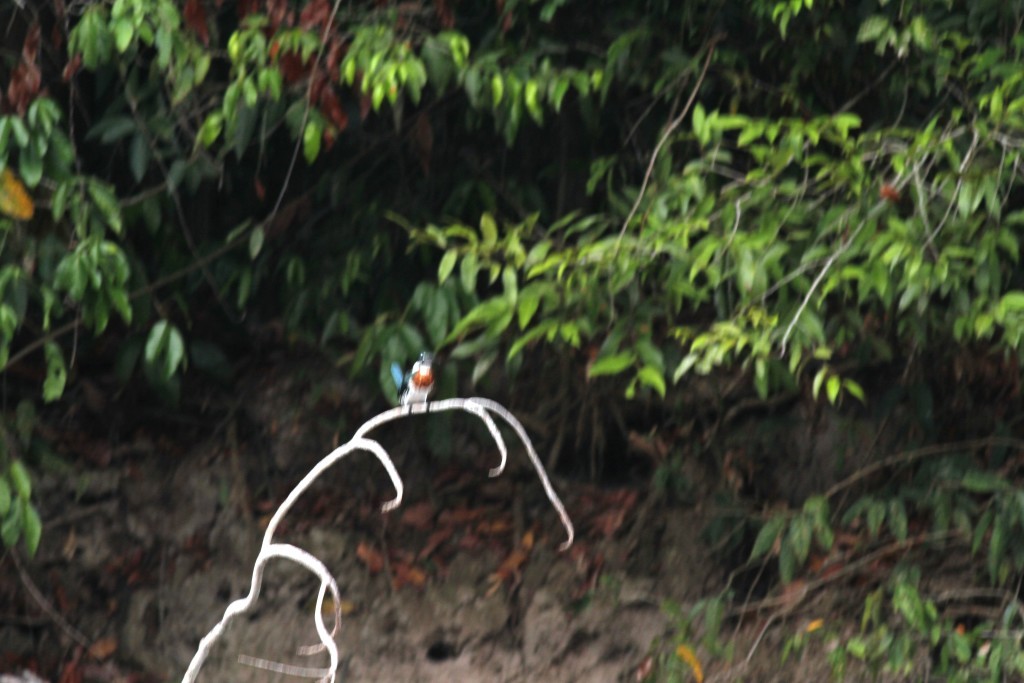
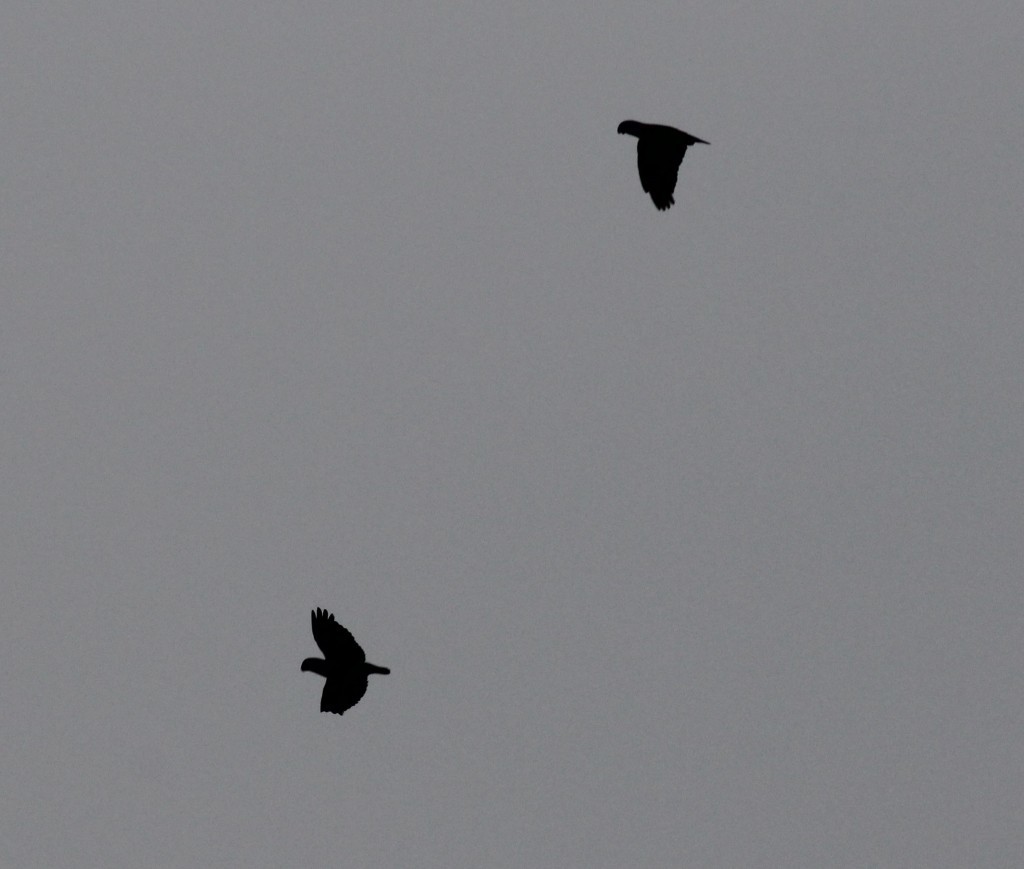
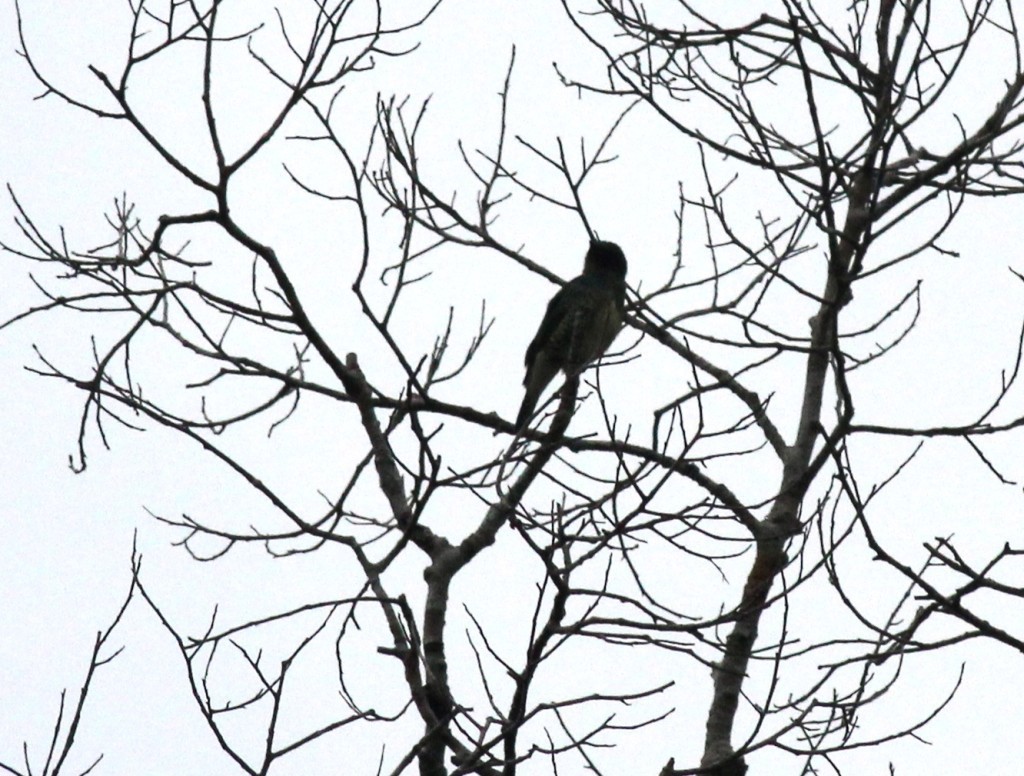
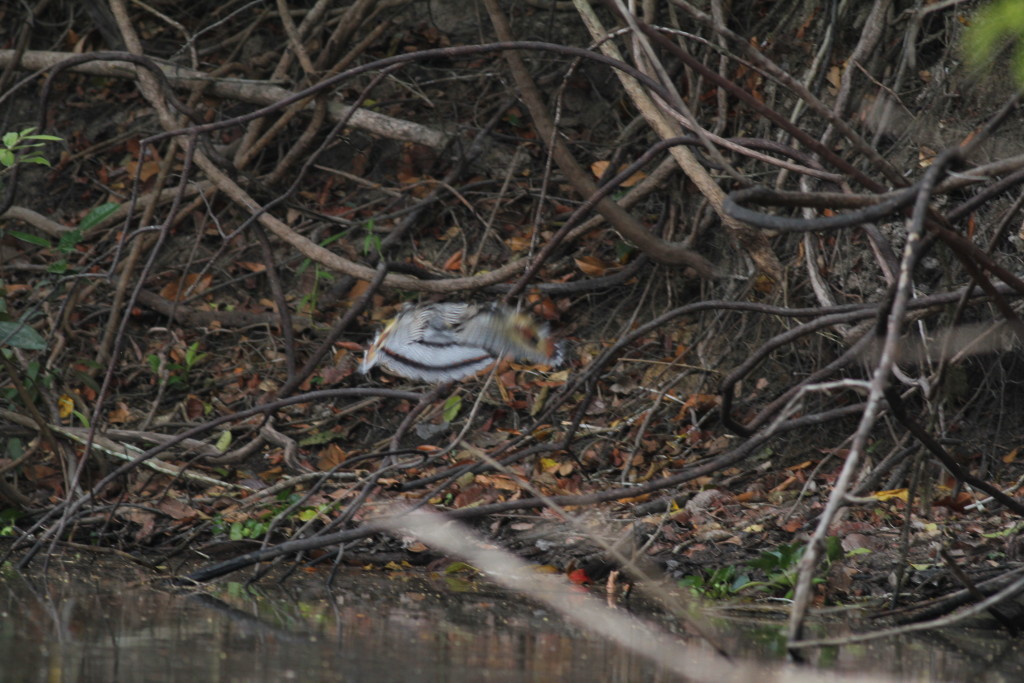
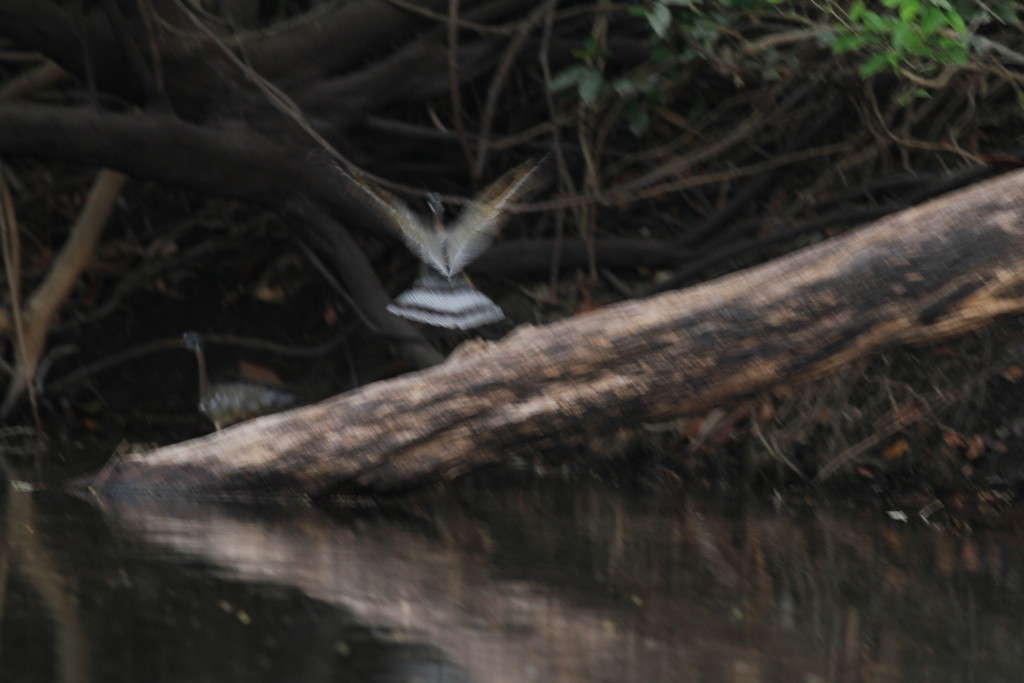
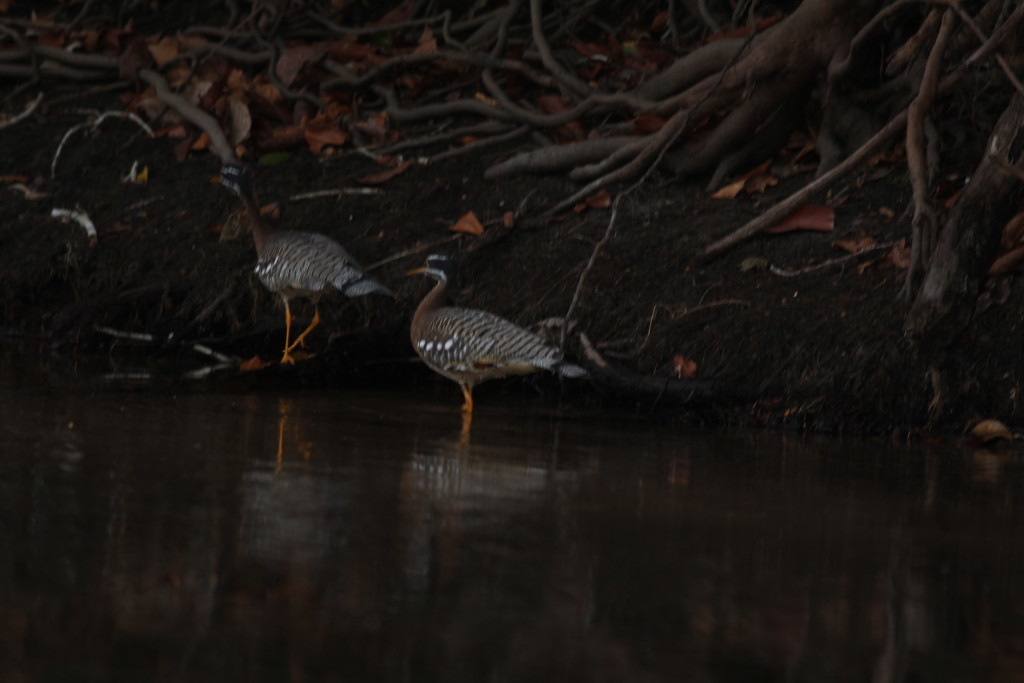

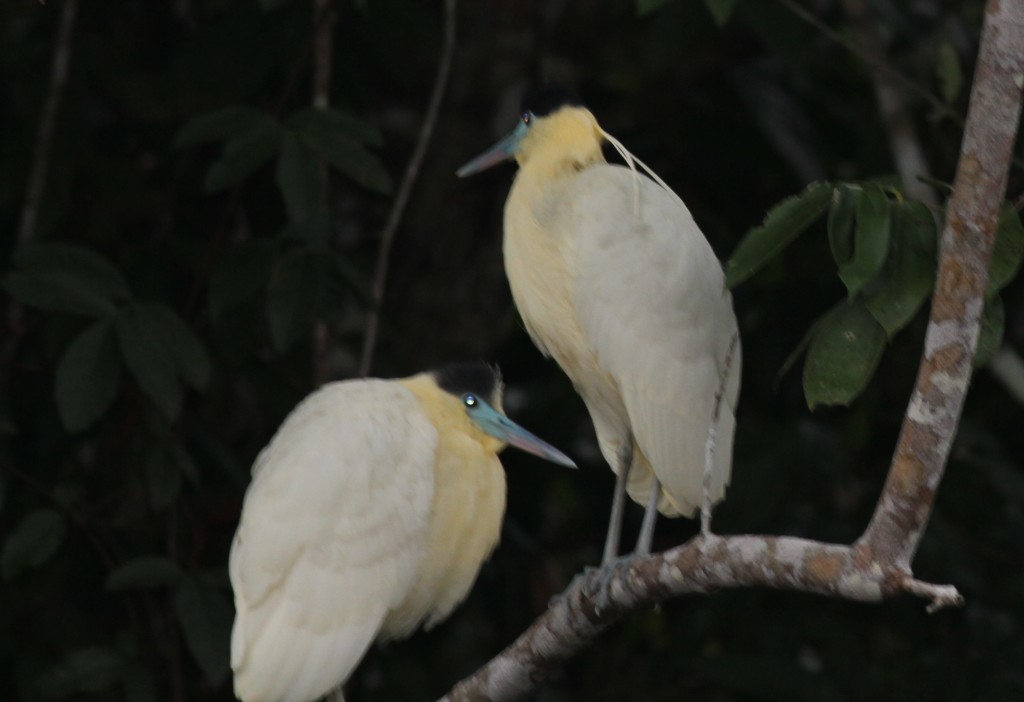
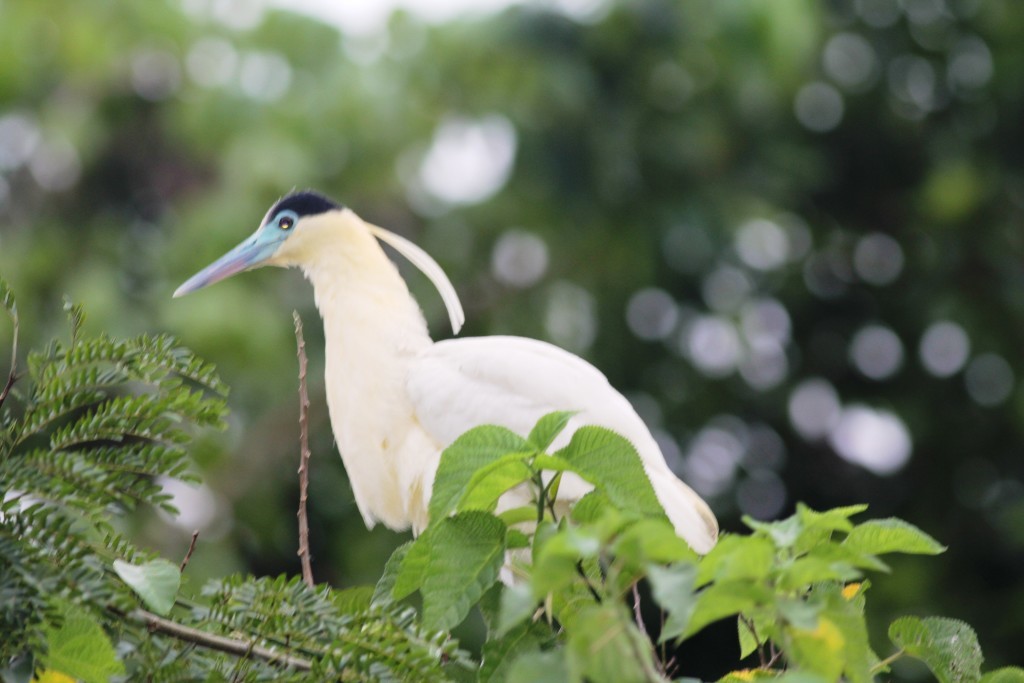
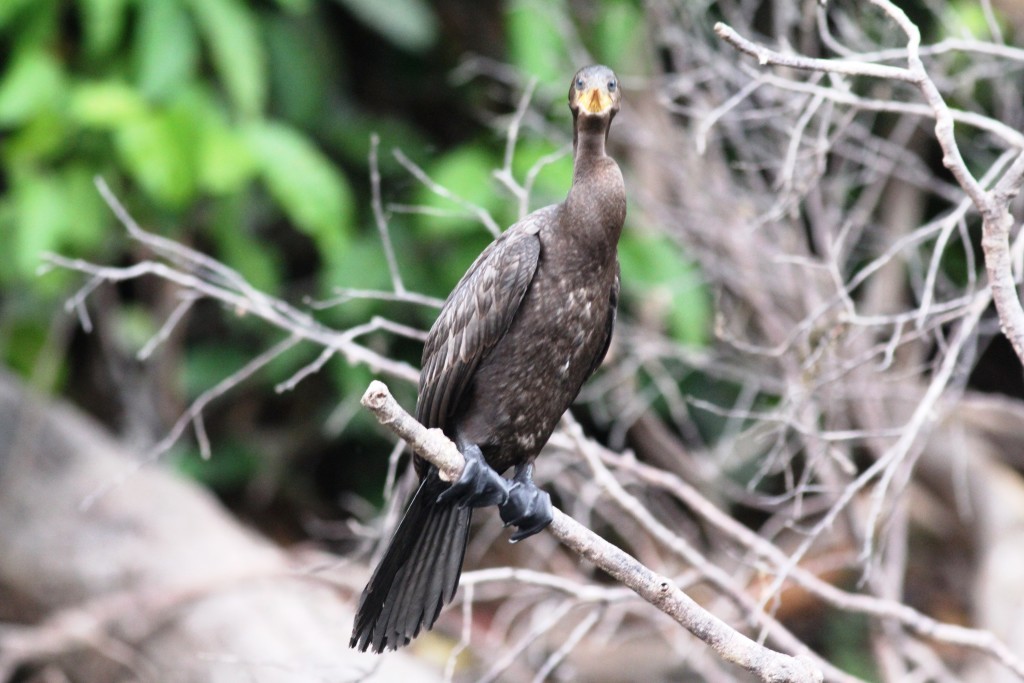
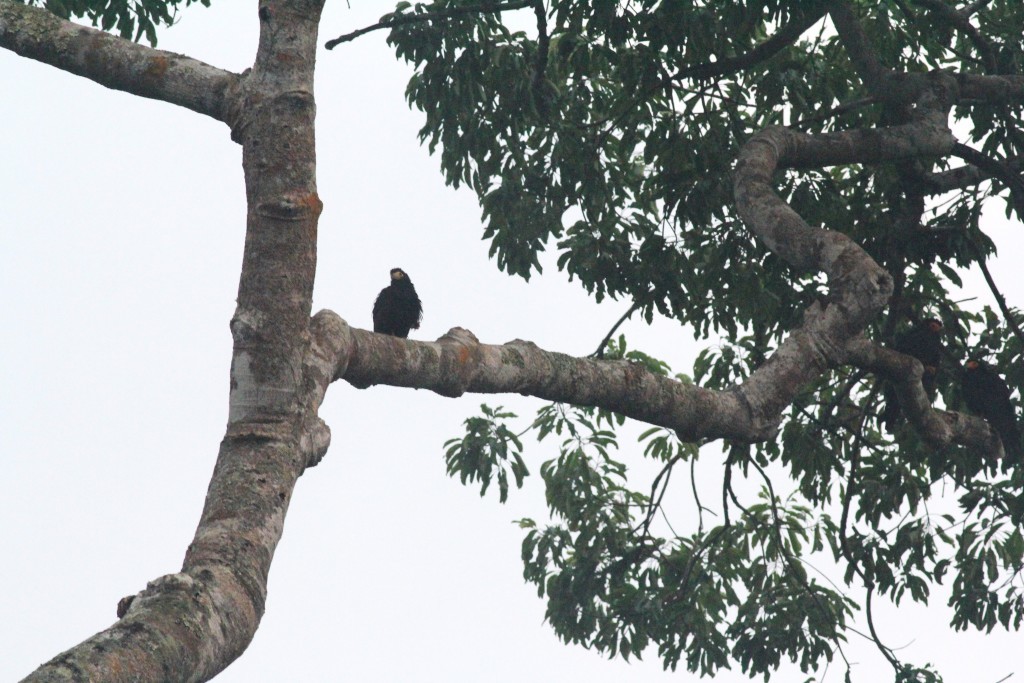

Alta Floresta is a pretty small town but if you are on a Cristalino package, on the day you leave the lodge, they will bring you to a traditional Brazilian Kilogram restaurant where you serve up your own food, then they charge you according to the weight of the food. It doesn’t matter if you have a plate full of steak or rice, it’s all the same price per kg! The cost of the meal is included on your check out day, but since we were there early, we tagged along with the departing group at our own expense. It was pretty cheap, certainly less than $15 for us both including a soft drink.
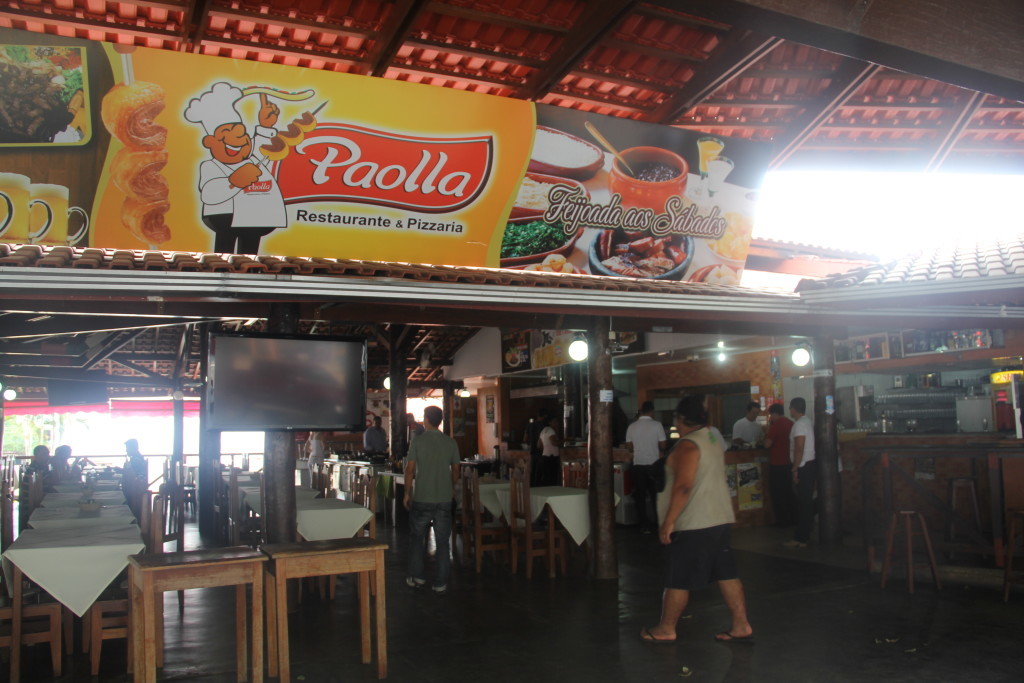

Driving along the main drag, we spotted some pretty cool phone booths! 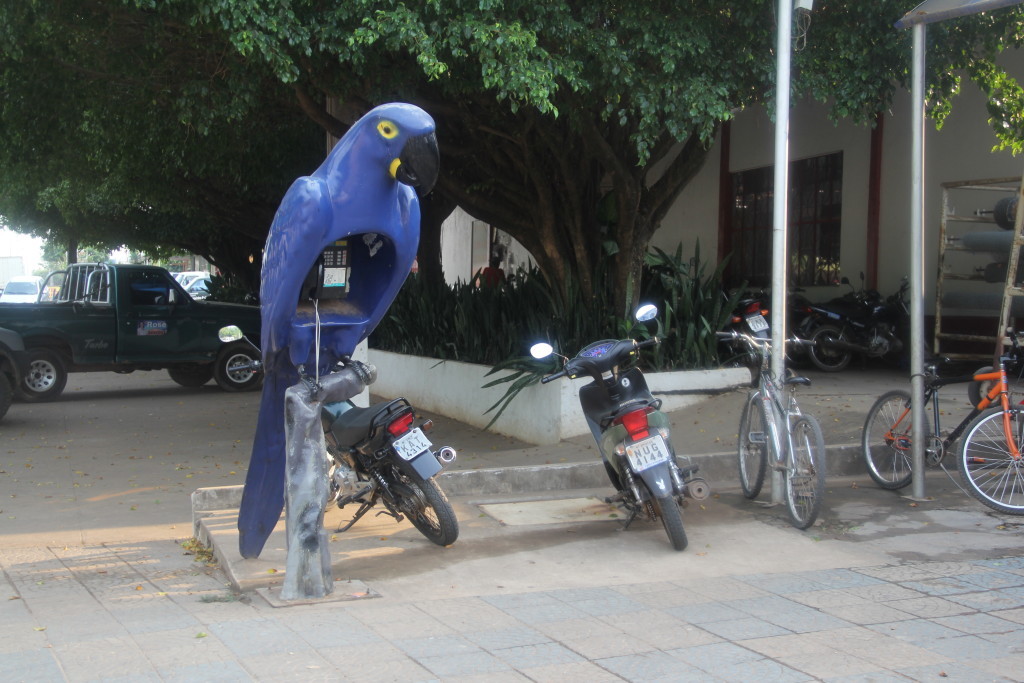

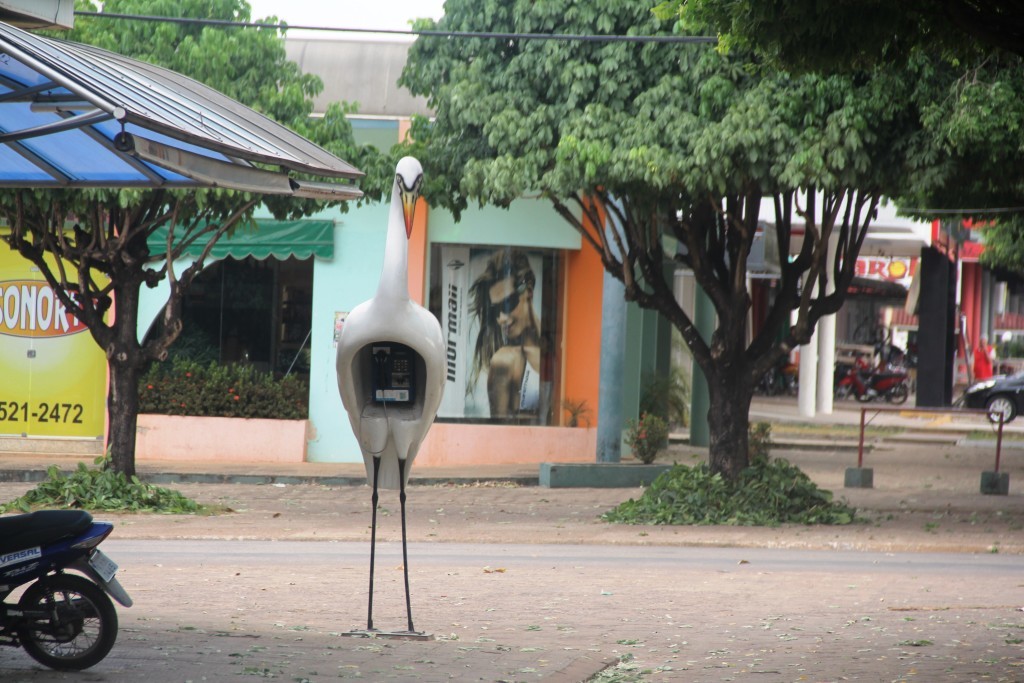
There is a small grocery store and you can ask them to stop there if you want to buy some drinks and snacks. Otherwise, not really much to do in town so better to spend your time birding the grounds of the Floresta Amazonica!
Everyone who is headed to Cristalino passes through Alta Floresta so isn’t it lucky that the sister hotel, Floresta Amazonica is surrounded by prime birding habitat as well? Have a look at some of the beauties we saw back in Sept 2012!
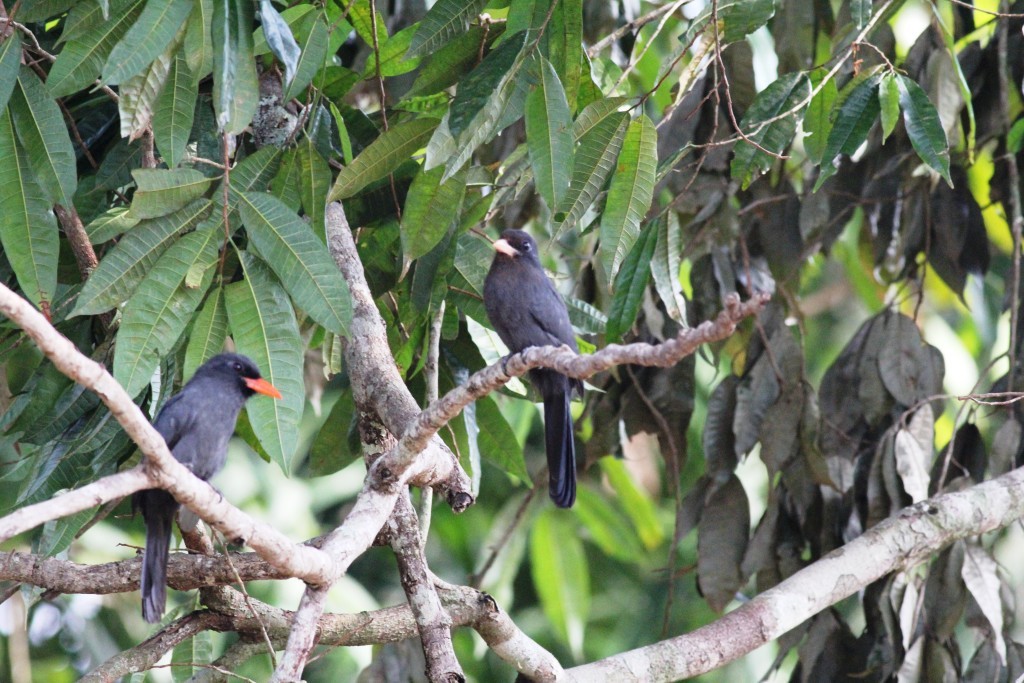
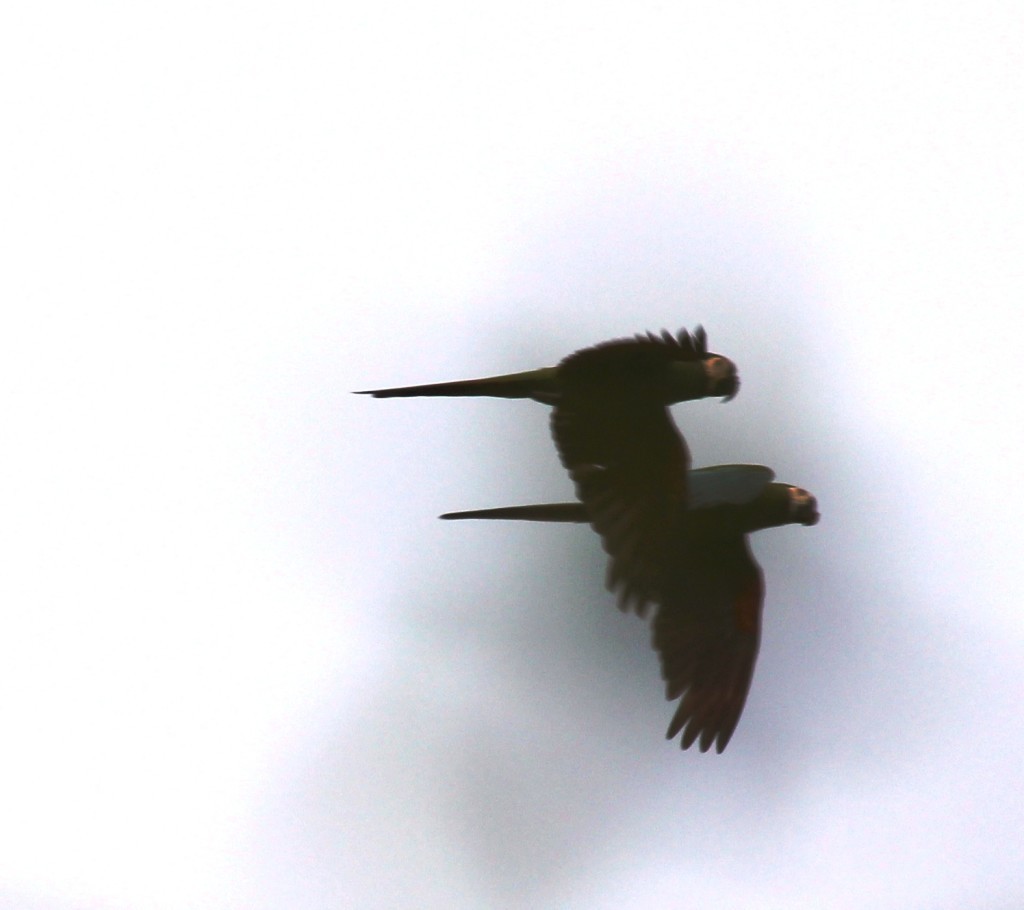

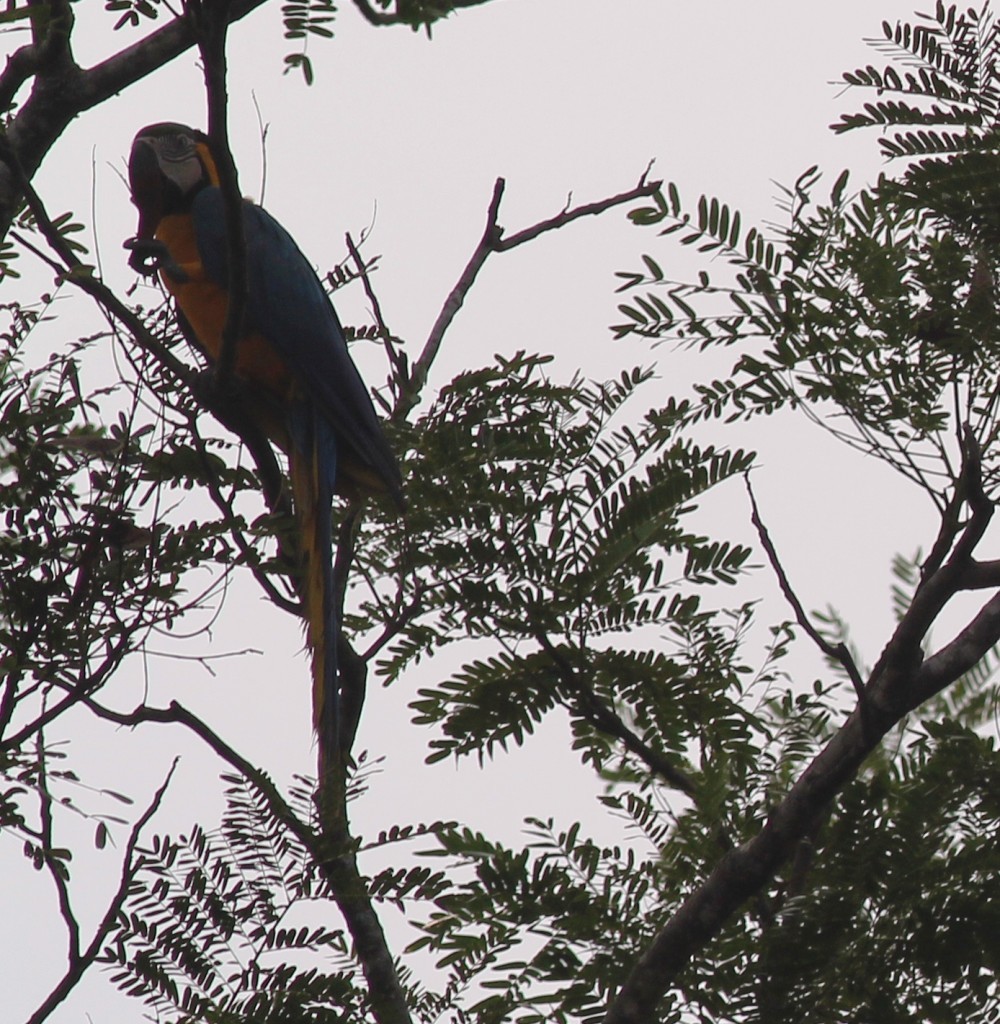
We were very lucky to see a Harpy Eagle chick and one parent hanging around their nest! They aren’t there every year so we were fortunate indeed!

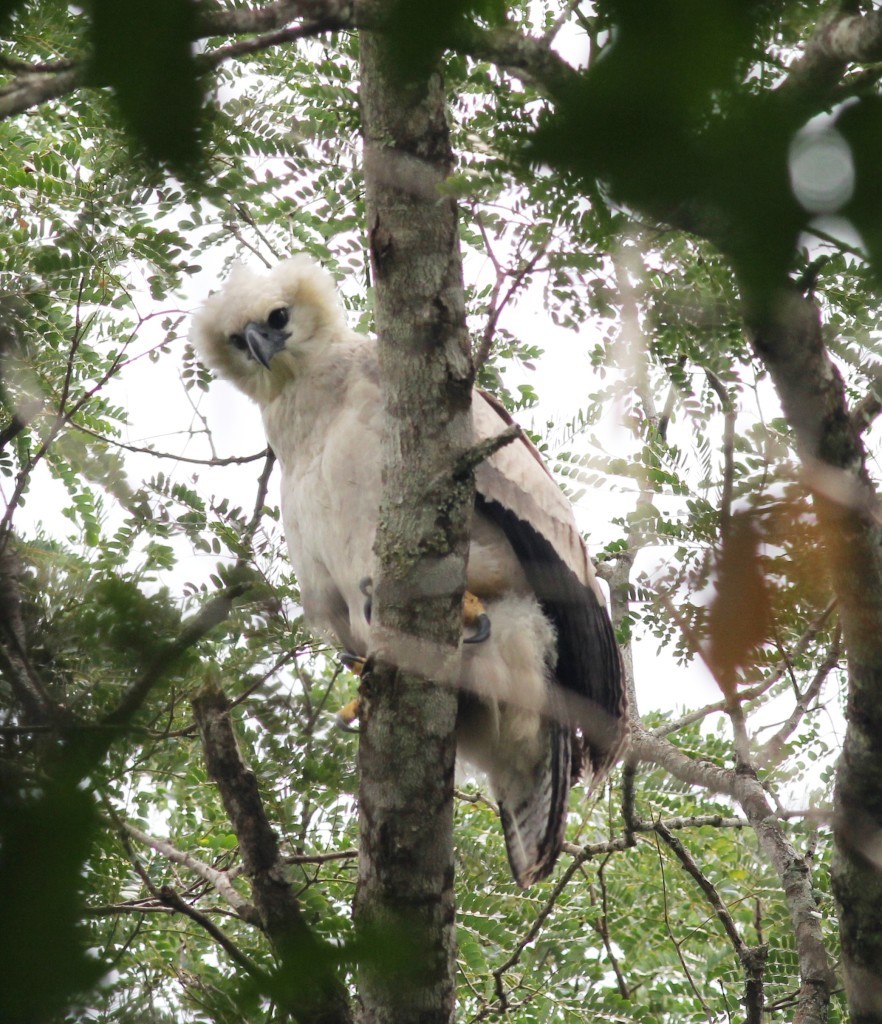


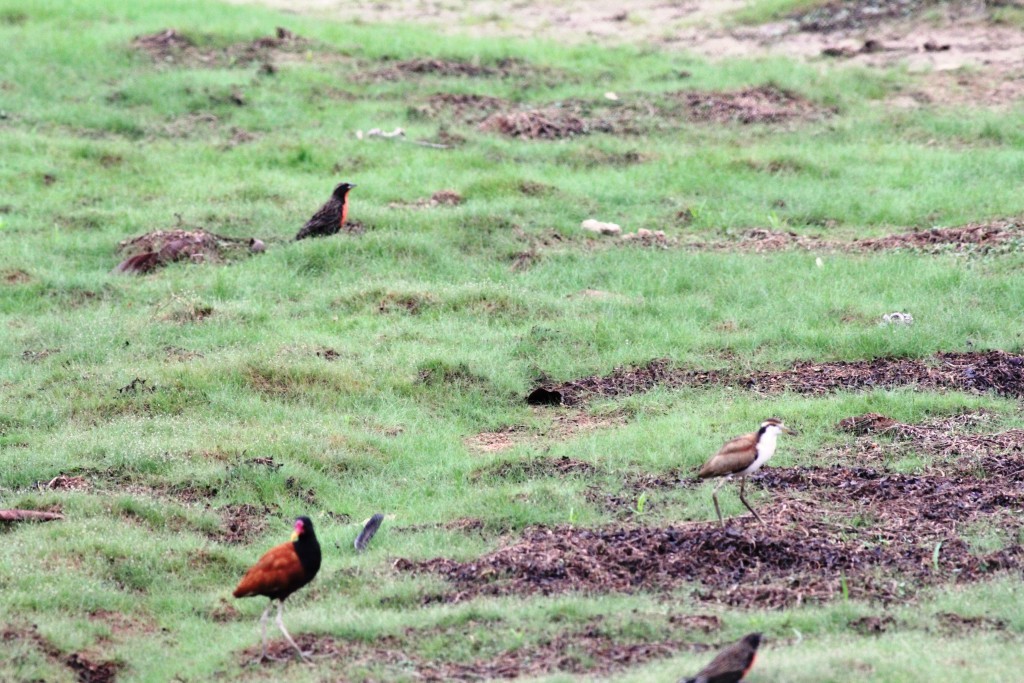
Crimson-bellied Conures are the flagship species of Floresta Amazonica and they are usually seen in the morning and late afternoon around the grounds. They are a bit shy so it was hard to get a good shot but we did see quite a few of them. They are called “Tiriba” in Portuguese and the restaurant is named for them.
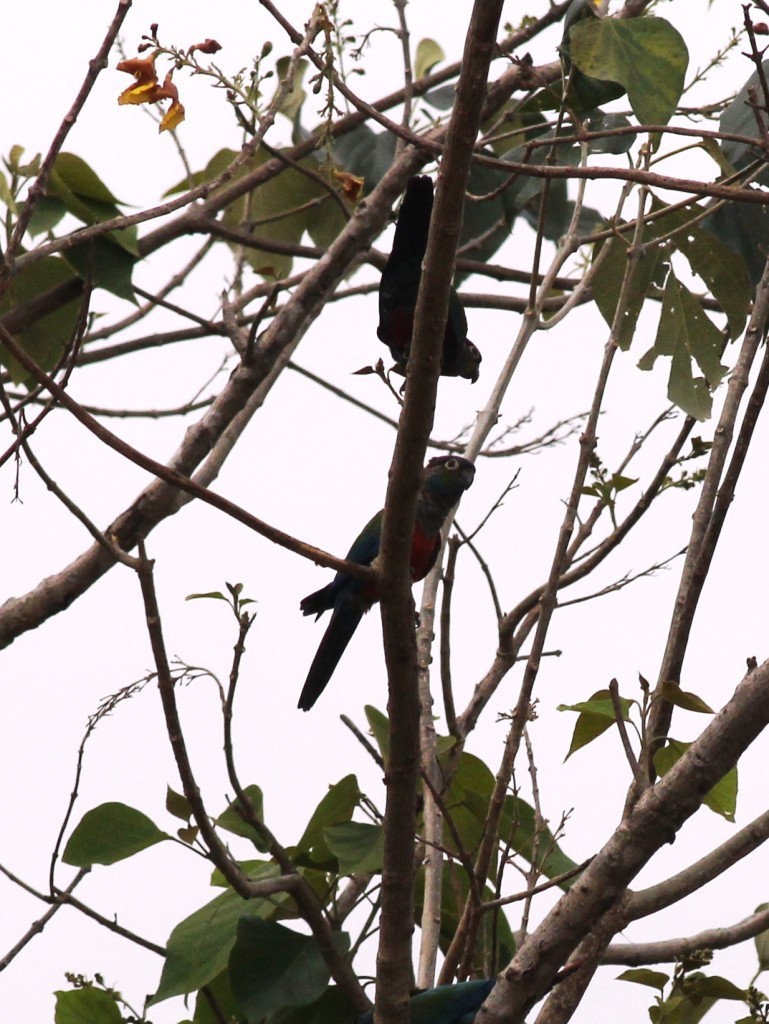
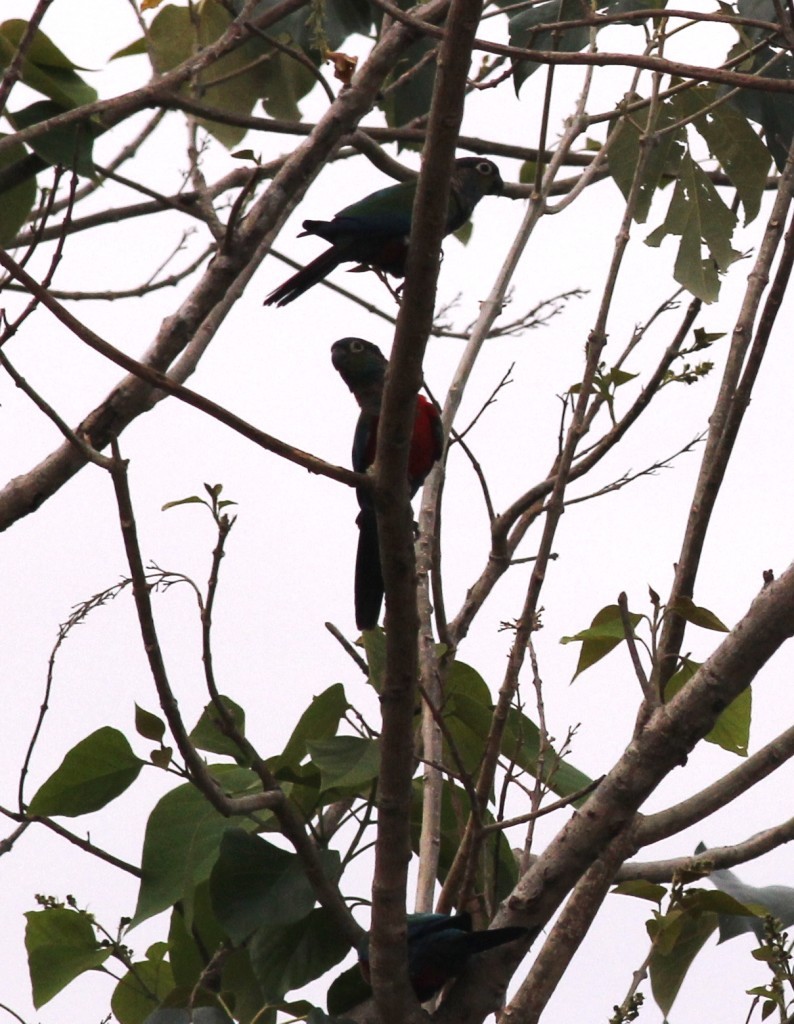
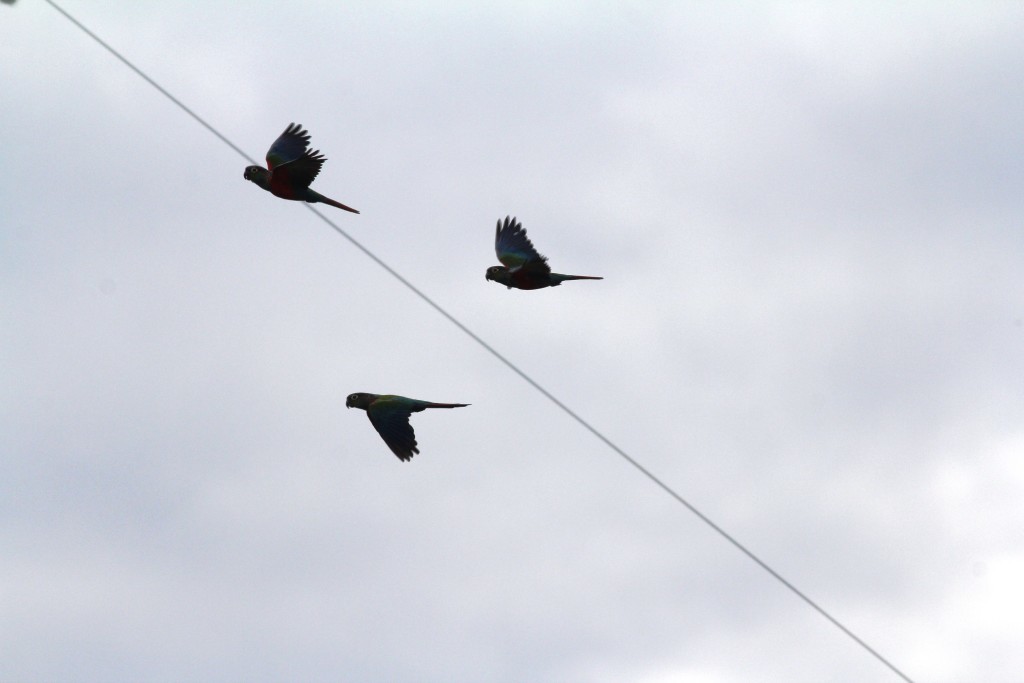
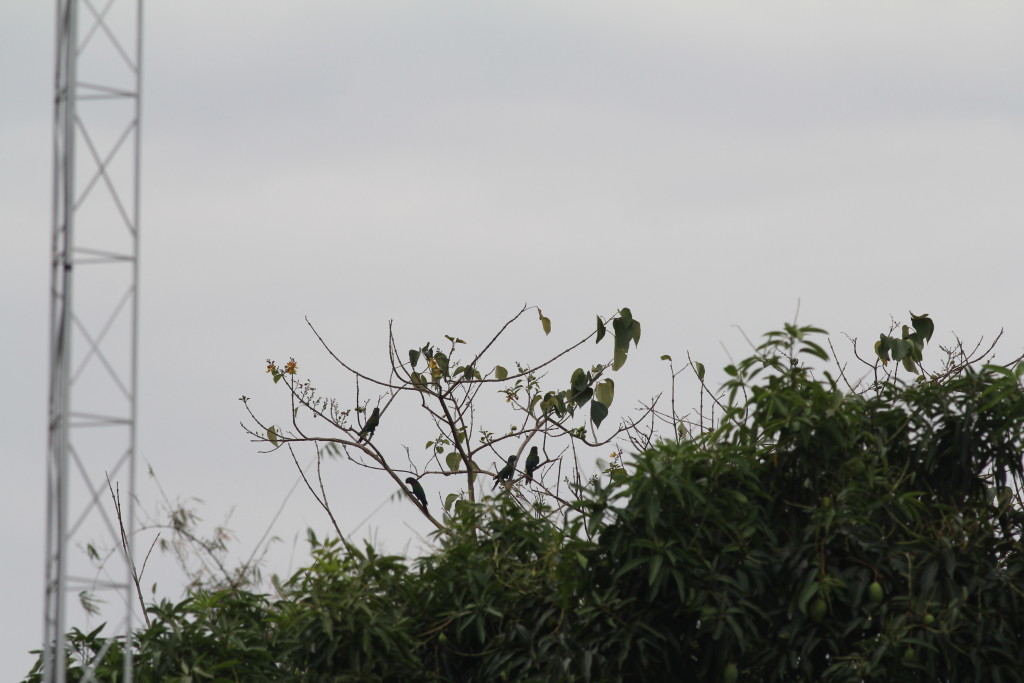
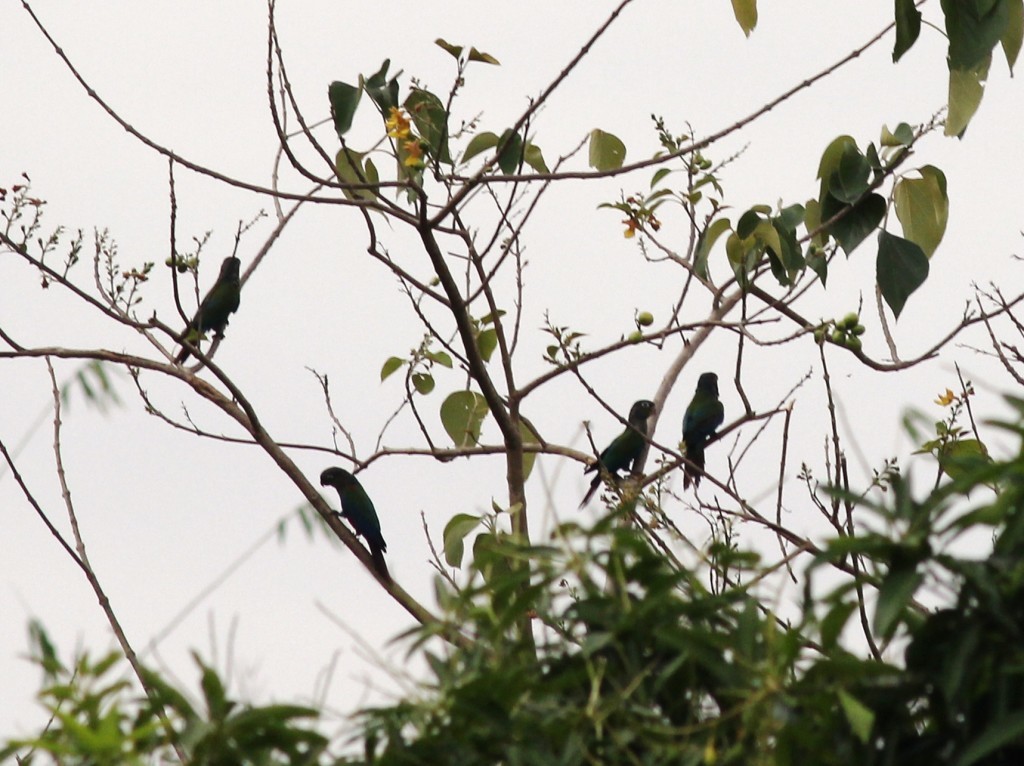
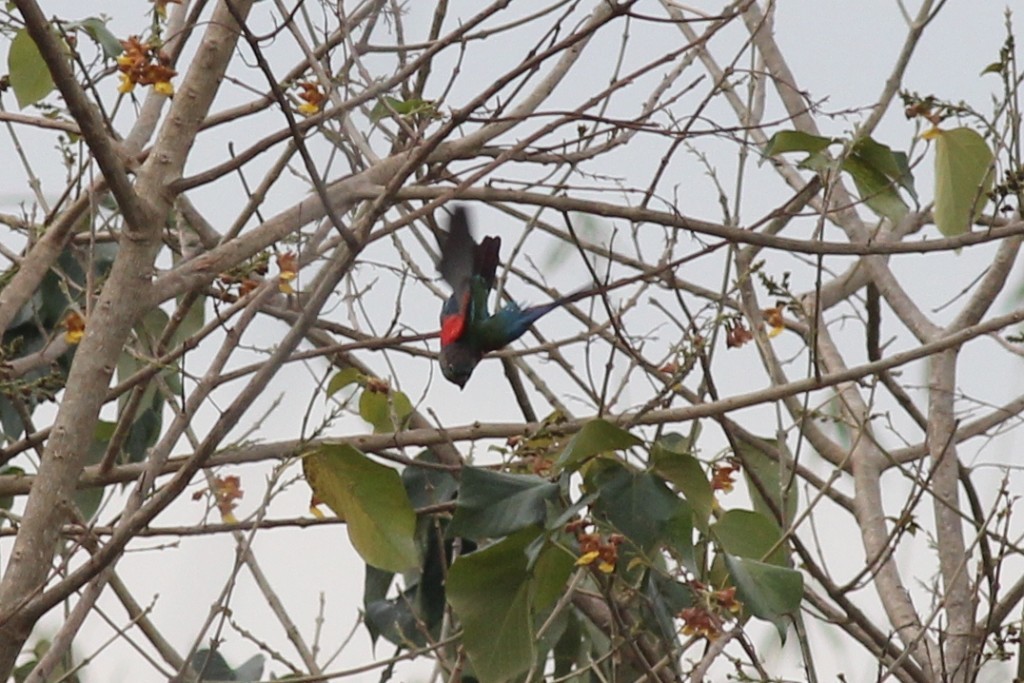
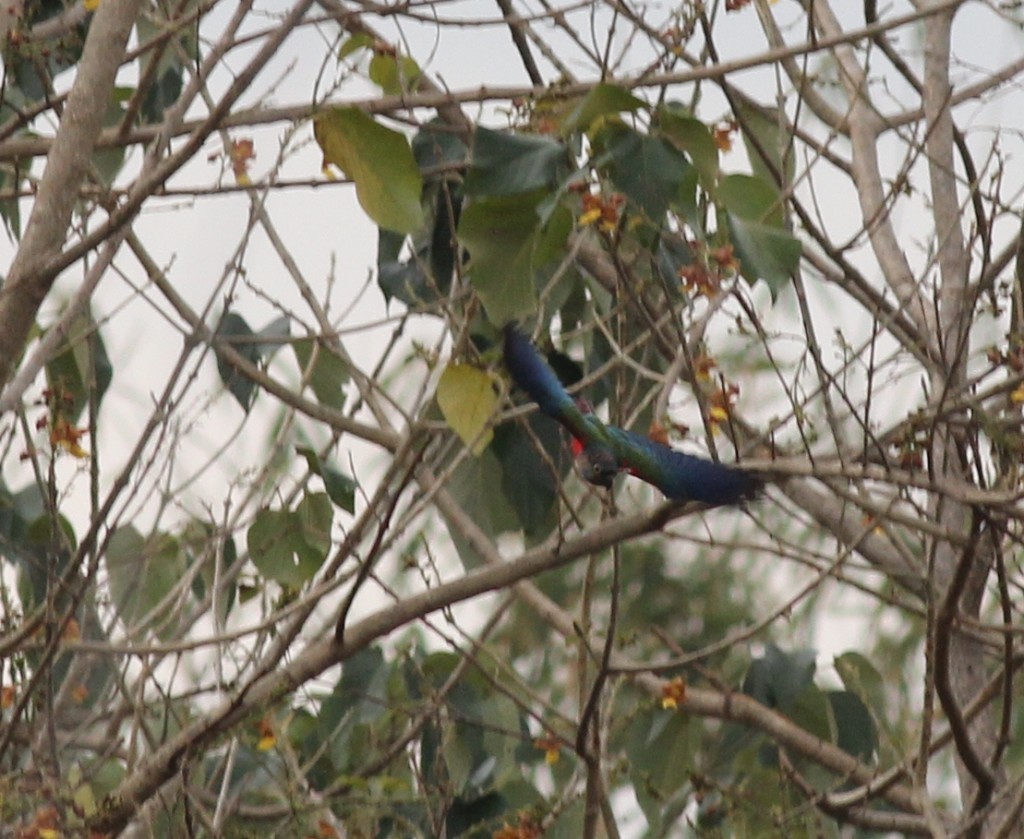
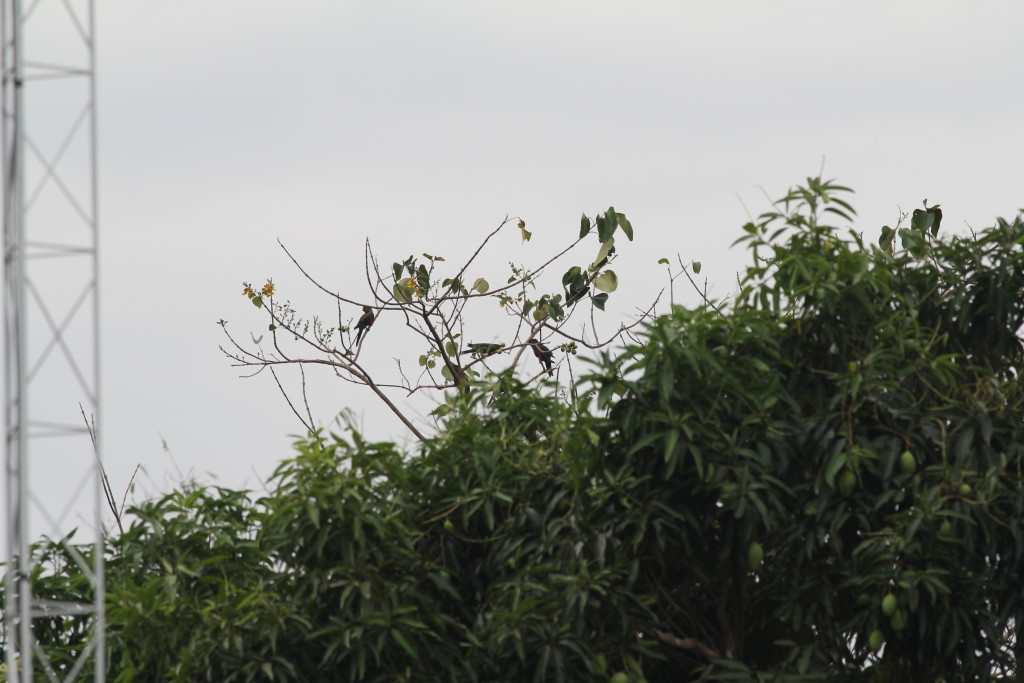
There were several species of hummingbird, unfortunately I didn’t take notes as to which ones.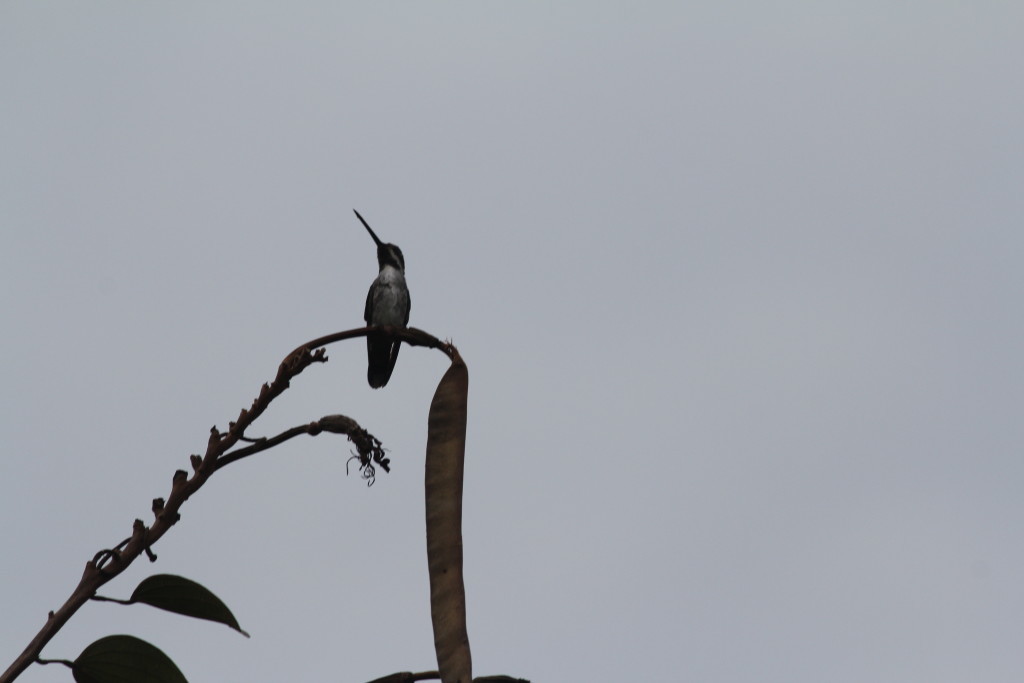
This is a trail leading from the hotel on the far right hand side as you stand at reception and face the swimming pool, then walk to the right. Just keep walking down this trail and you will see lots of birds! This was late in the afternoon and I lost the light so sorry about the silhouettes!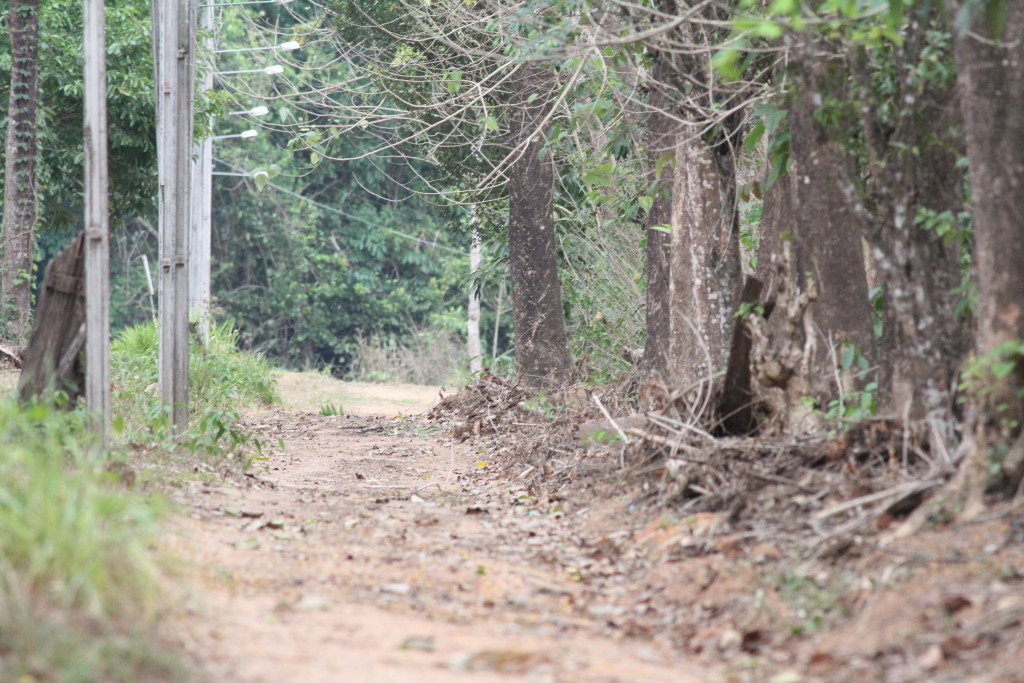
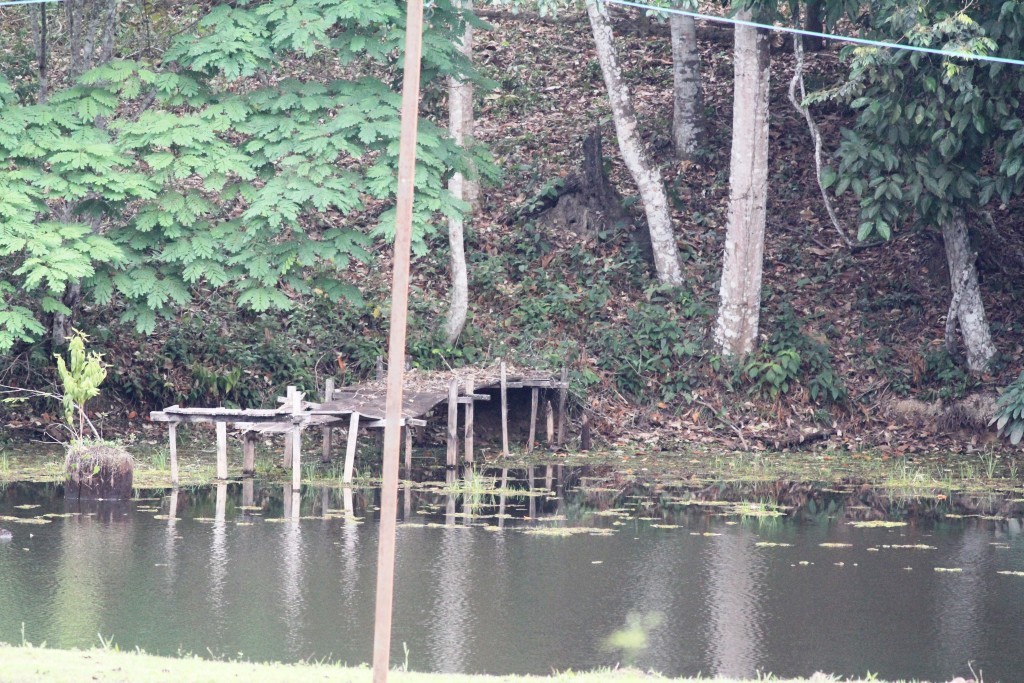
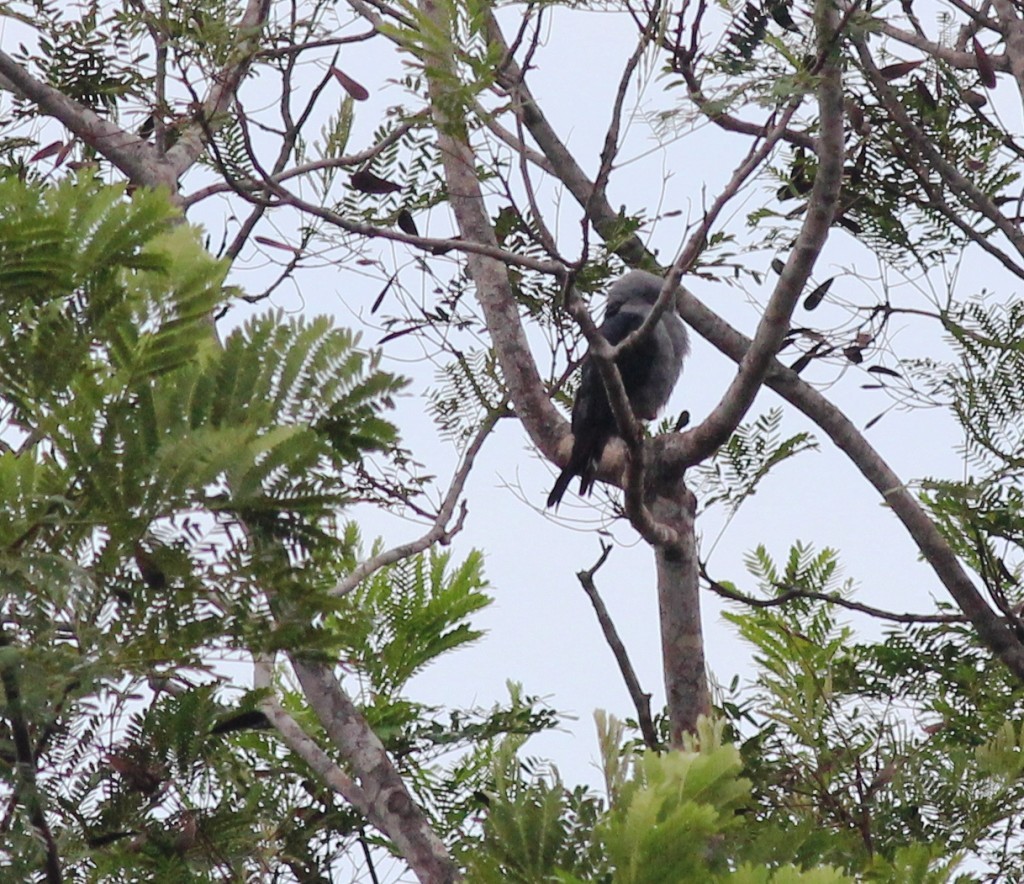
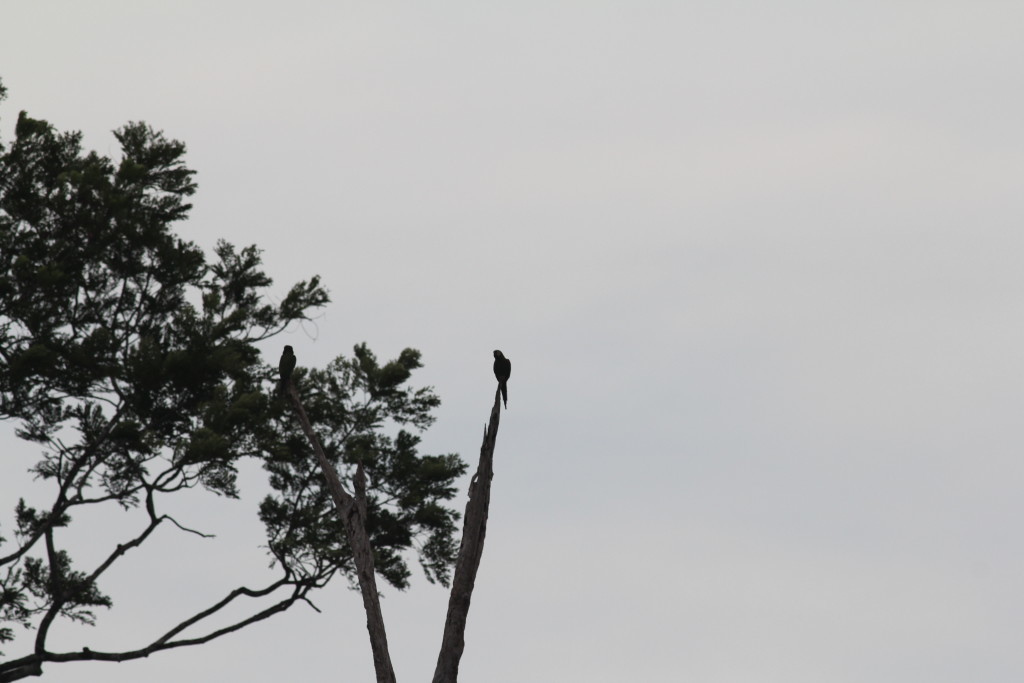
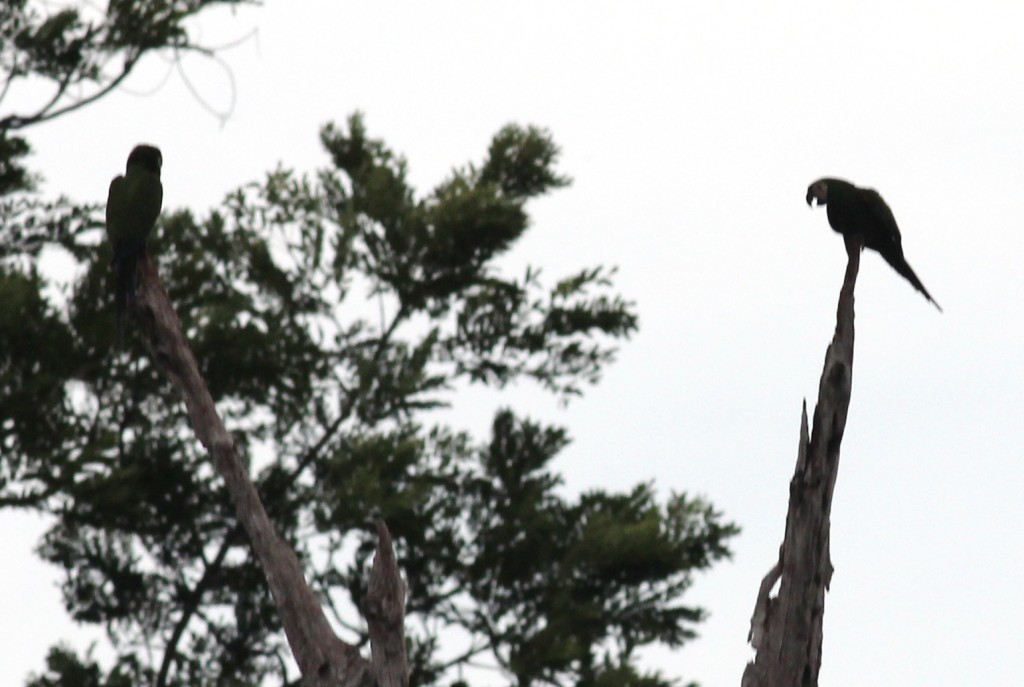
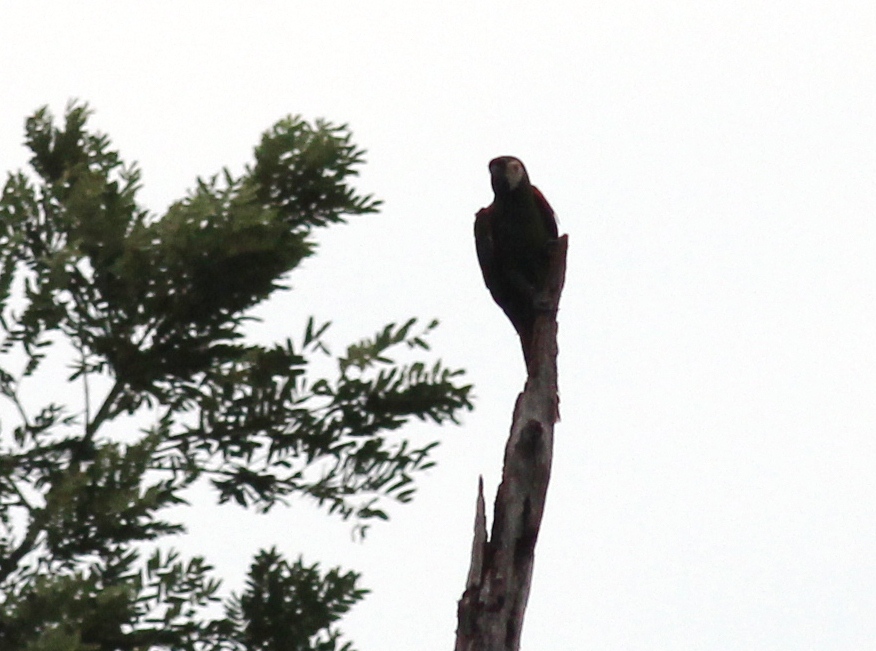

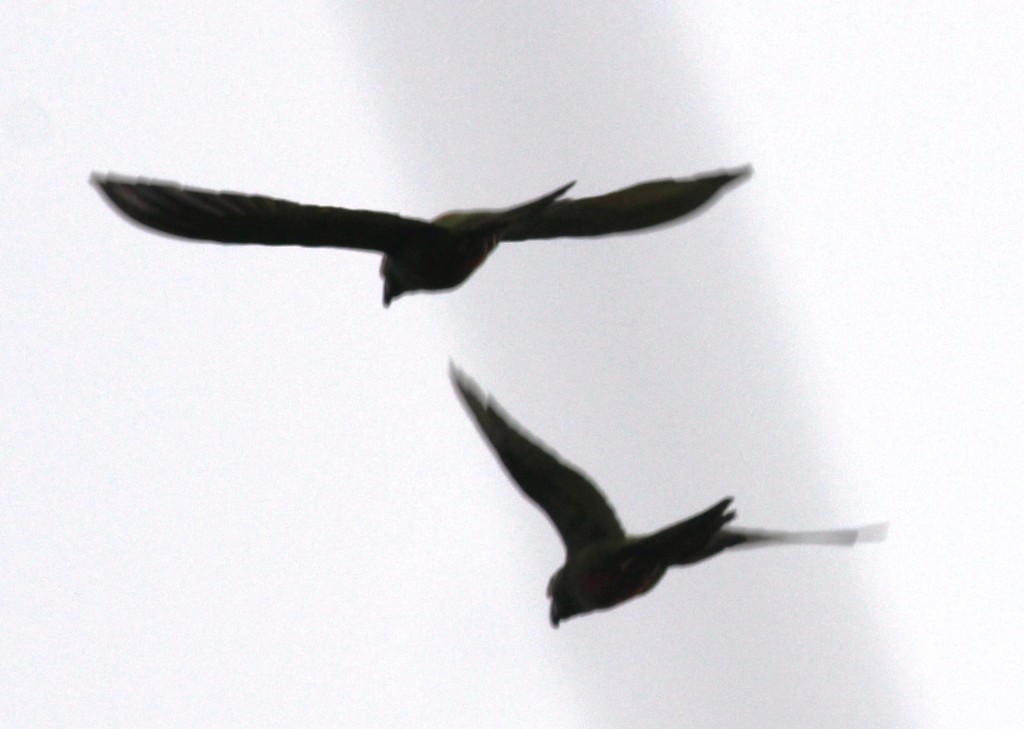
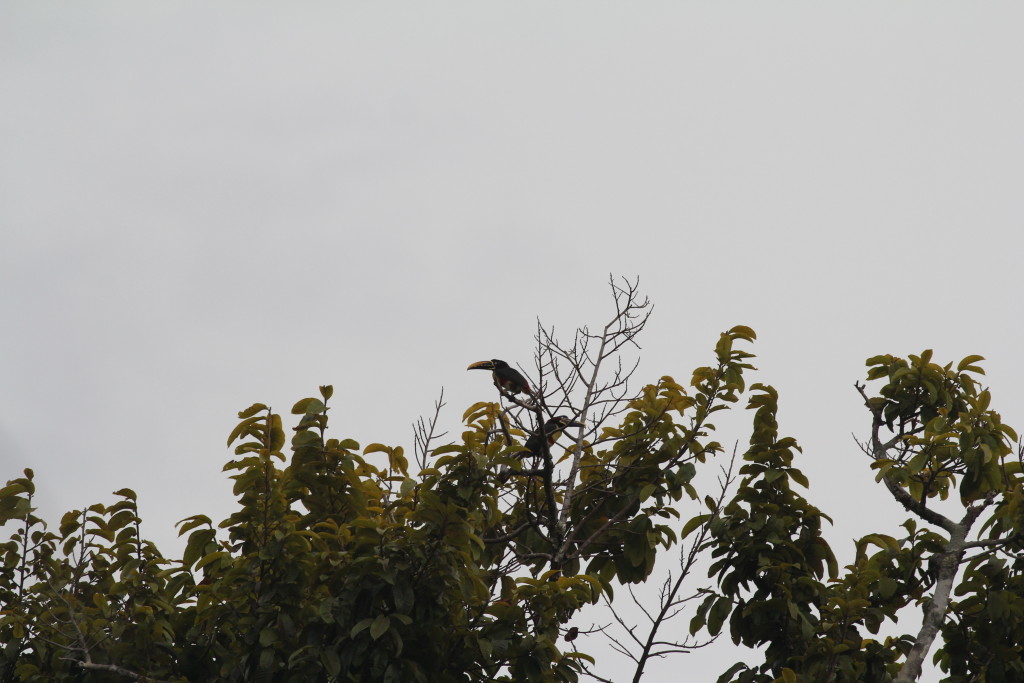
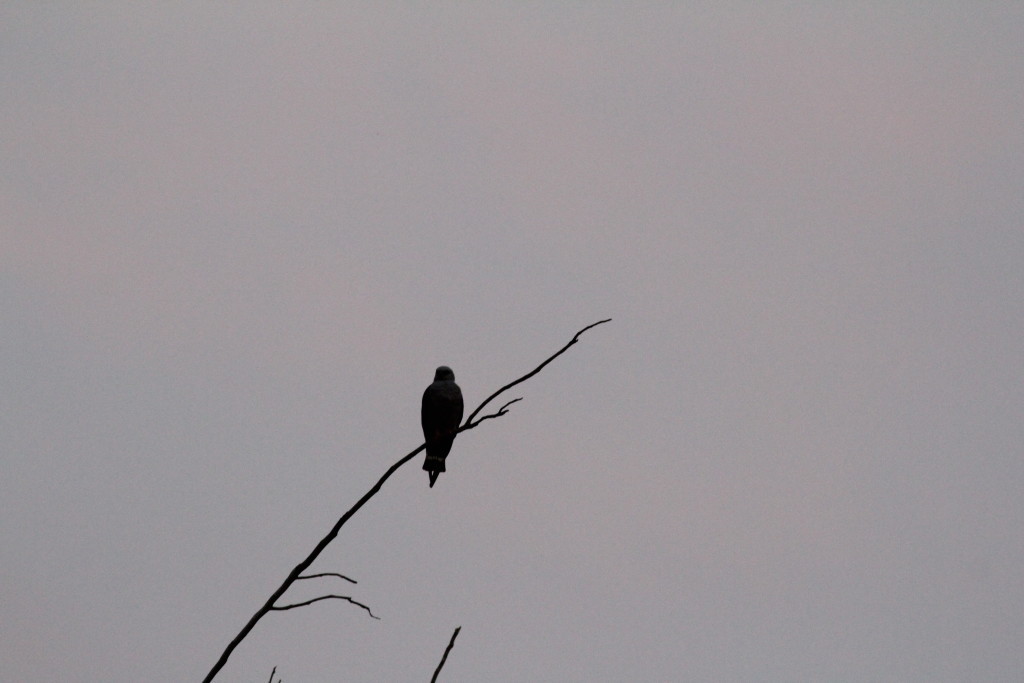

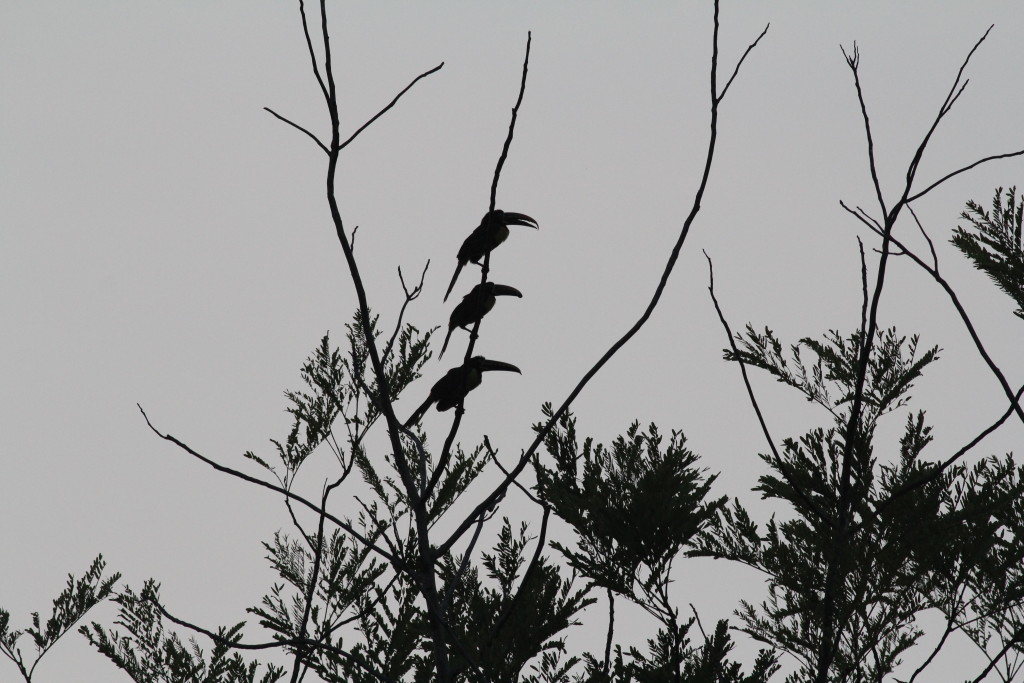
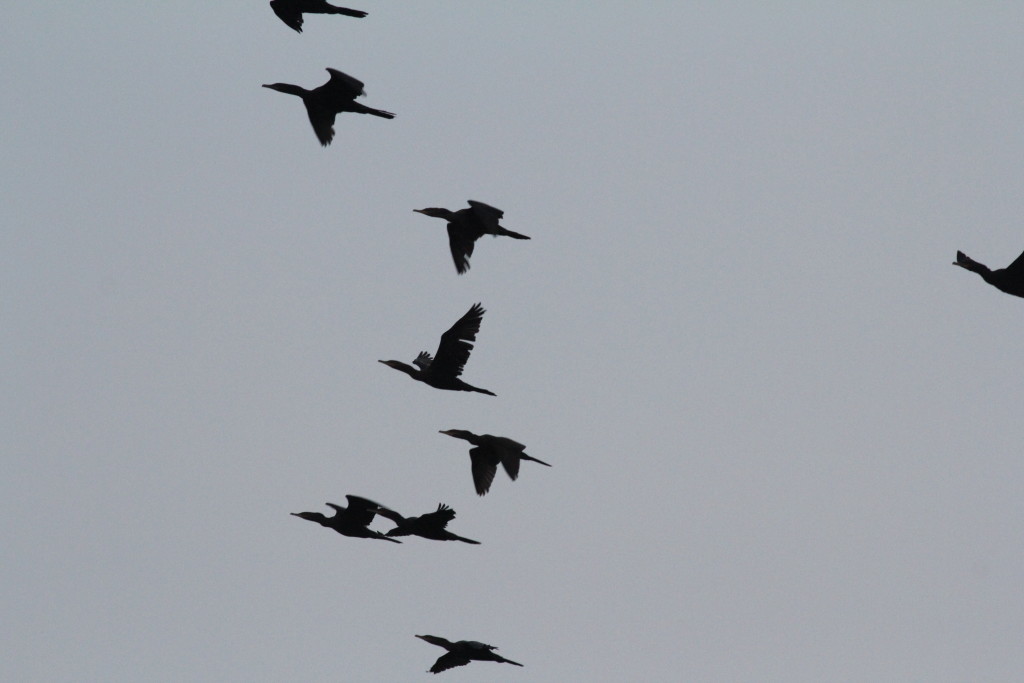
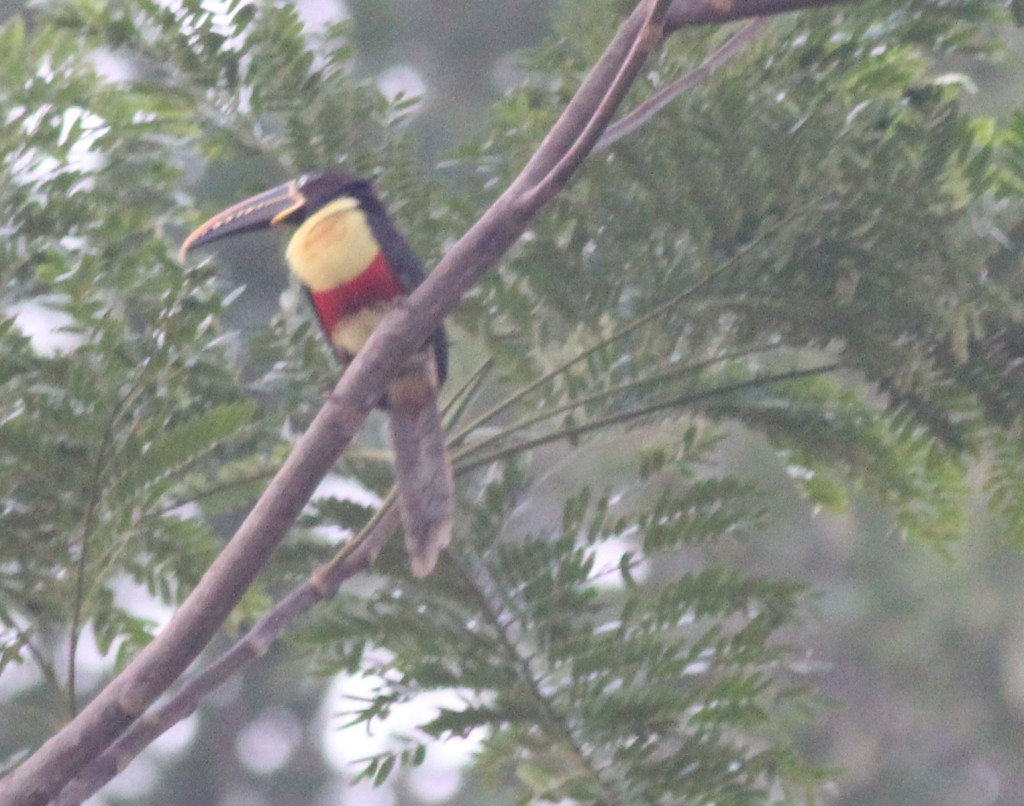
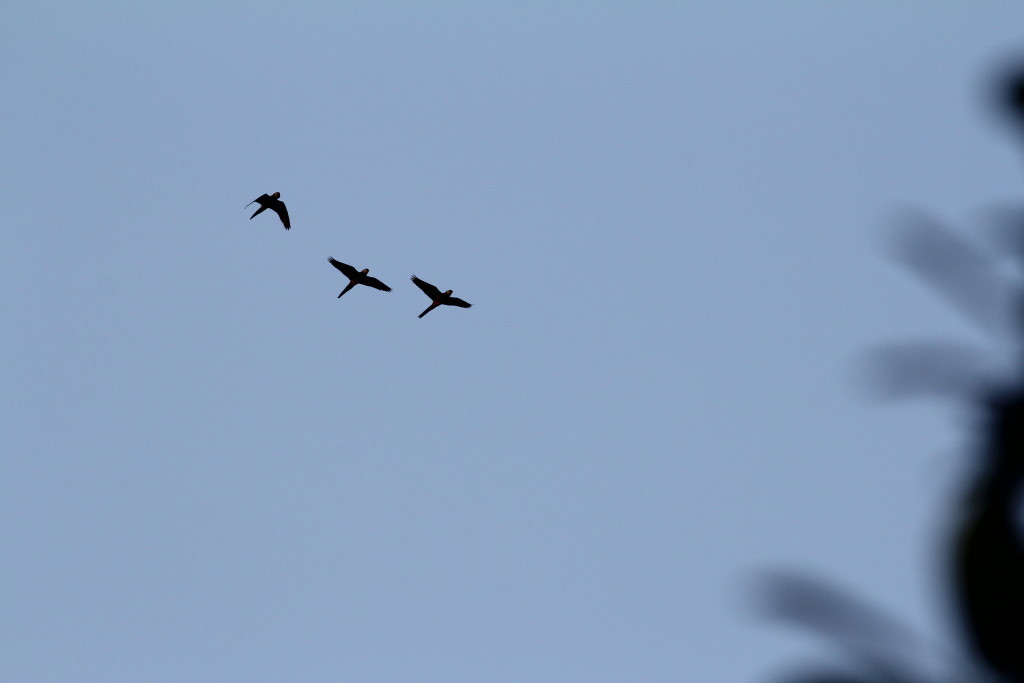
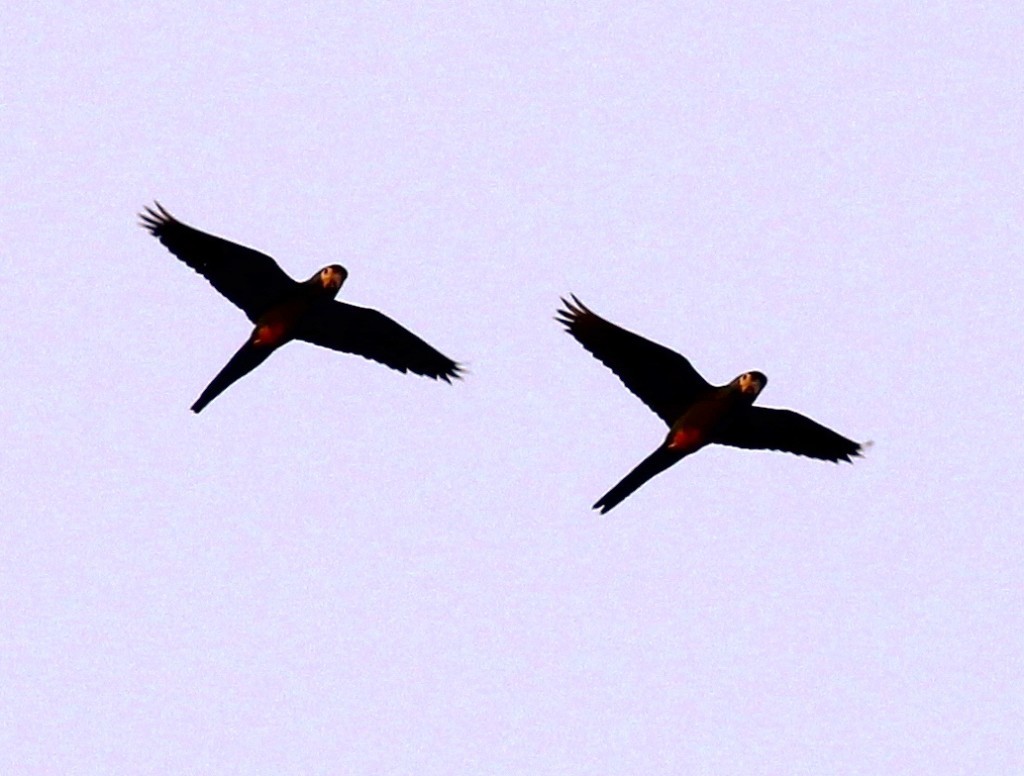
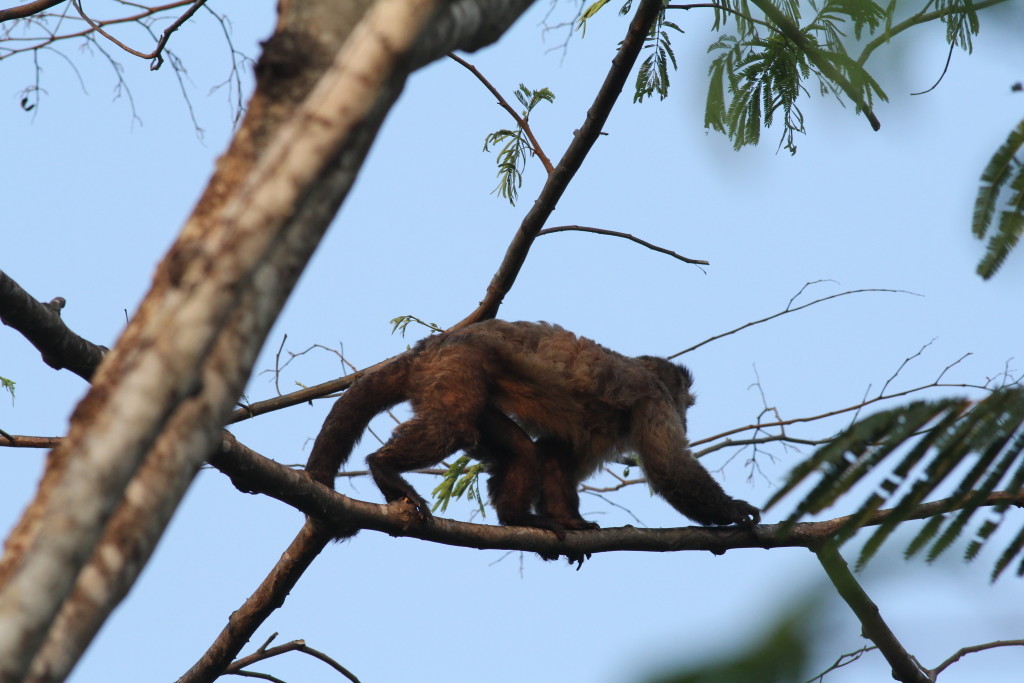
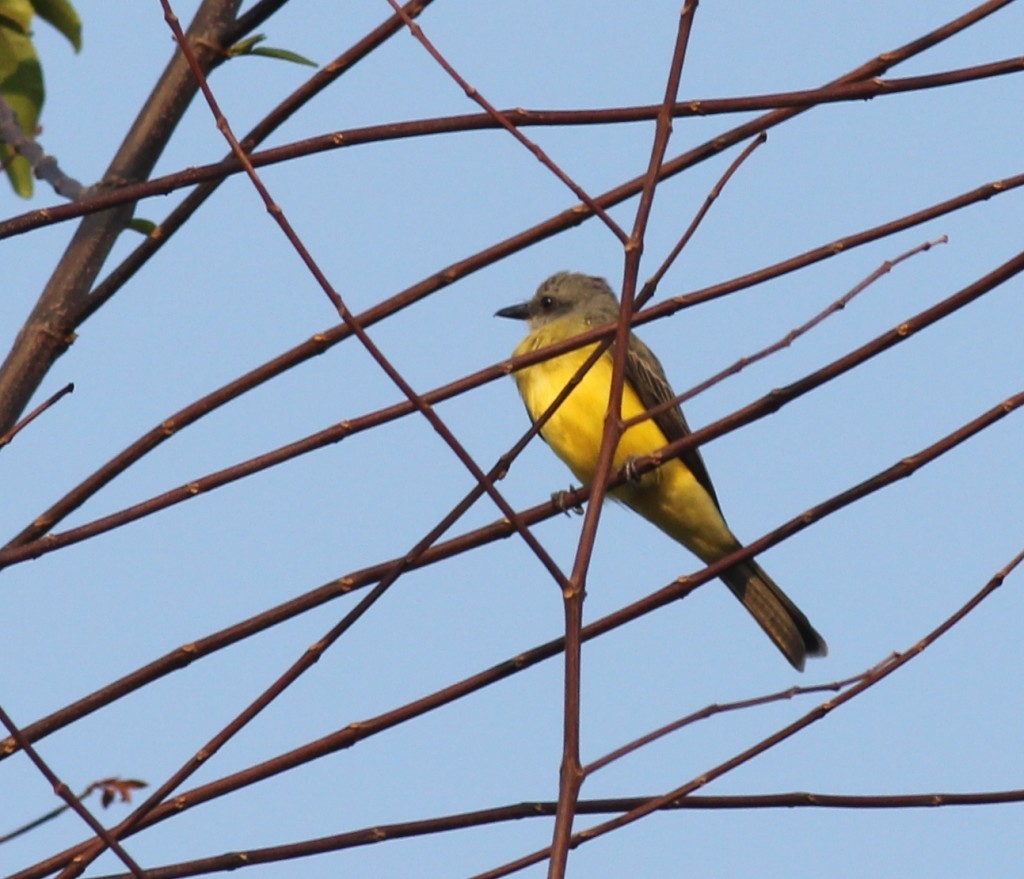
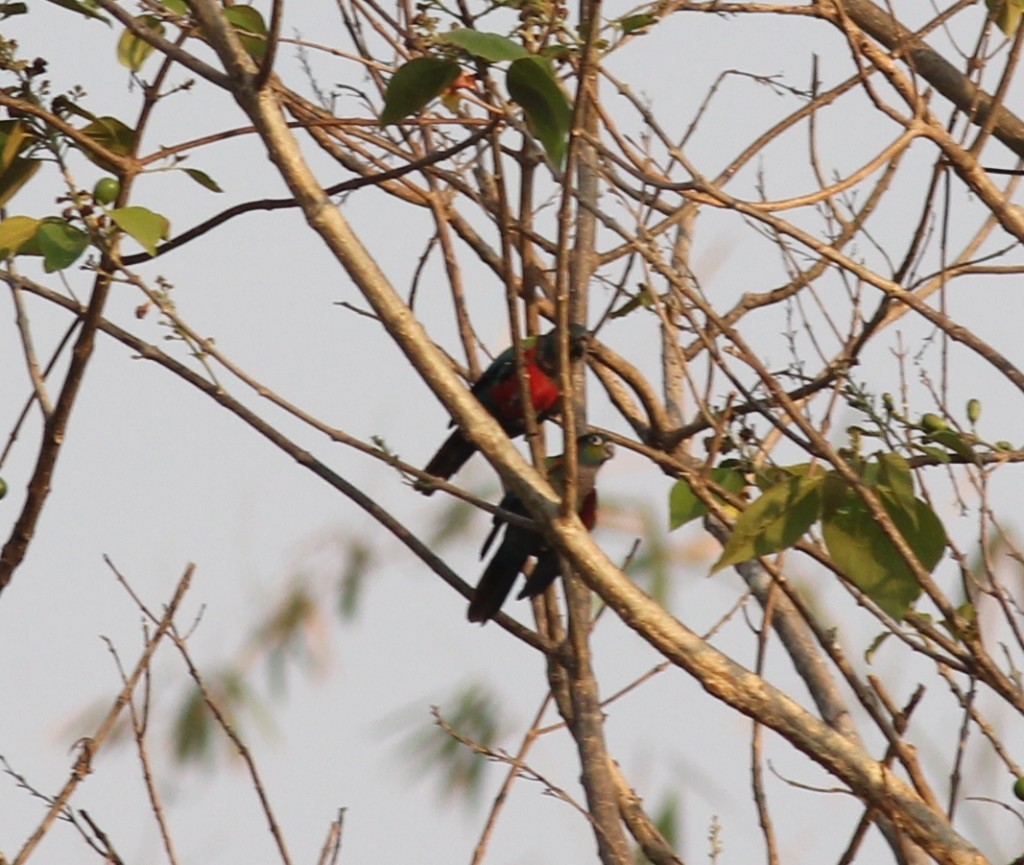
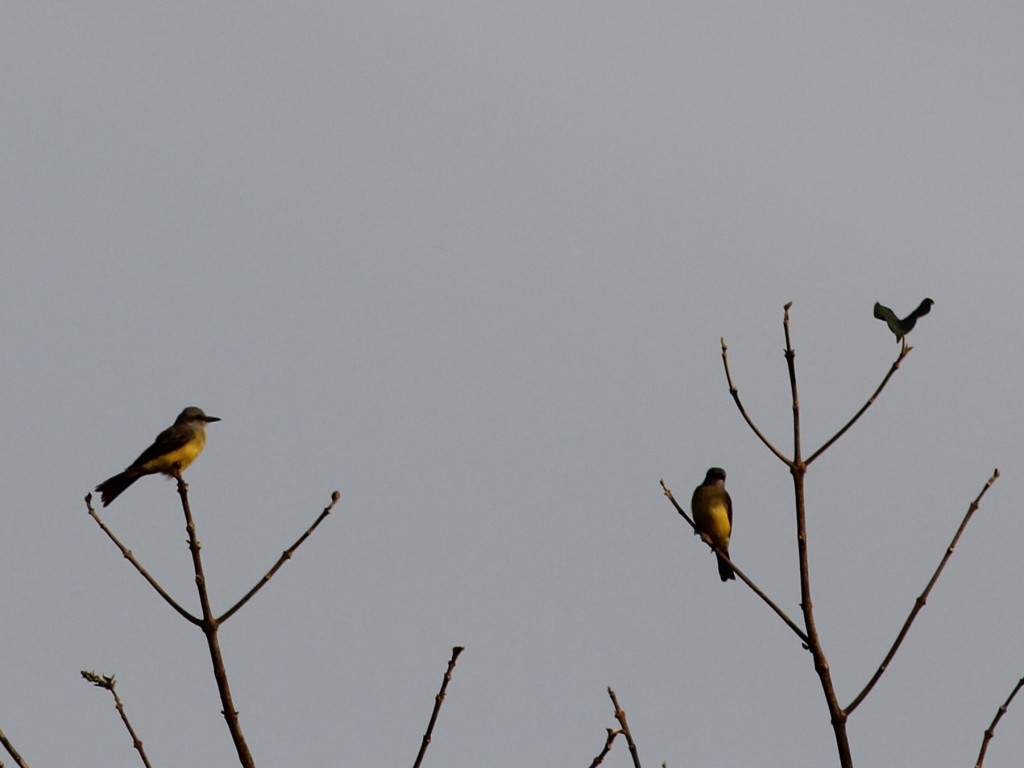
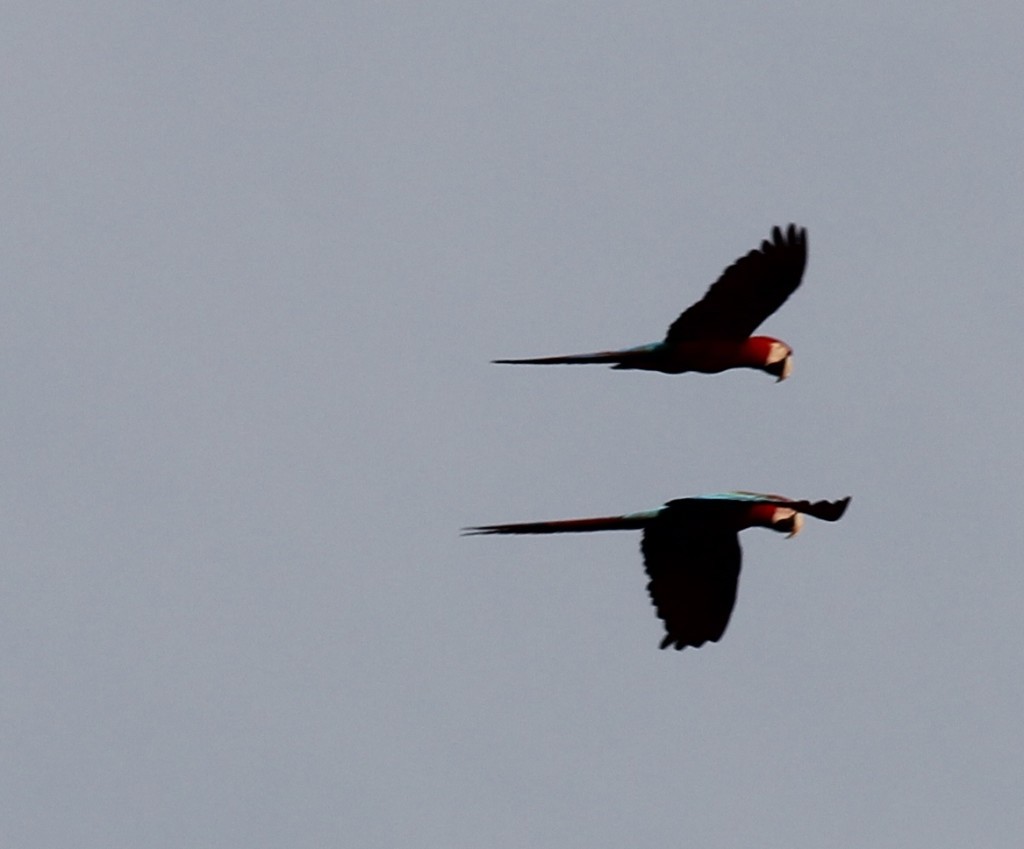
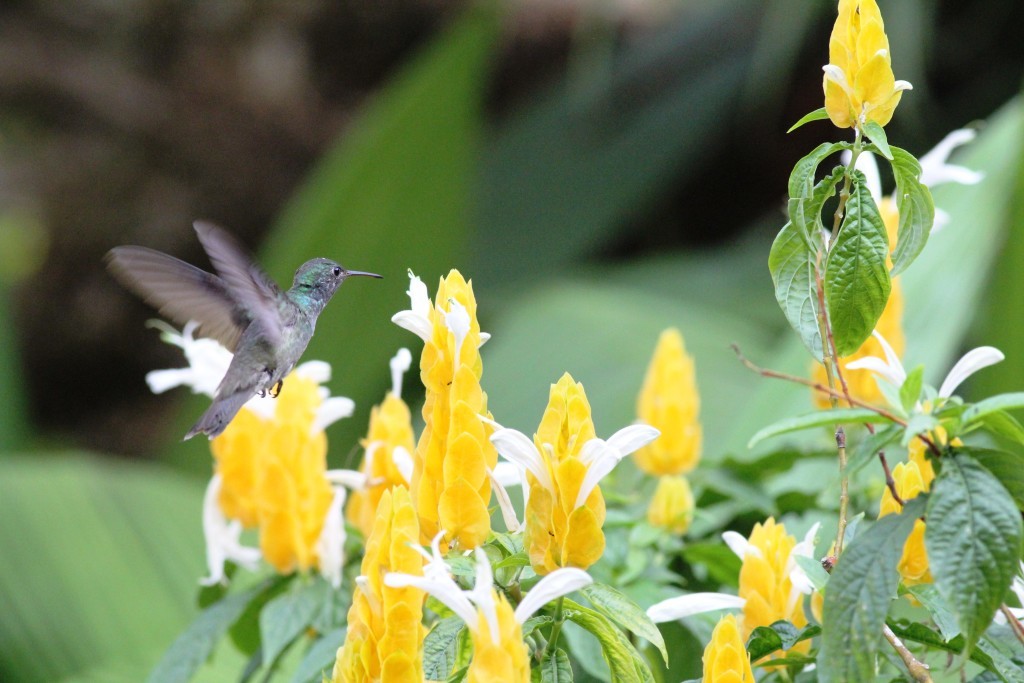
Once you’ve seen the avian wonders of the Pantanal and Chapada dos Guimaraes, what better way to put the icing on the cake than a stay at the wonderful Cristalino Lodge which has to be one of the top ten birding lodges in the world!
You need to get from Cuiaba to the town of Alta Floresta where the Cristalino packages commence. They have a sister lodge called Floresta Amazonica in town where you can spend a day or two before and after your stay at Cristalino Lodge. We stayed at both places back in Sept 2012 so I will be doing more detailed photo reviews but for now, let’s just get to Alta Floresta.
Only one airline is currently serving the Cuiaba – Alta Floresta route – Azul Airlines. You can use you United miles to redeem flights or book them with Visa or Mastercard on the Azul website. Depending on the price (which varies widely on Azul website) you may be better off redeeming the miles or paying with money so do the math!
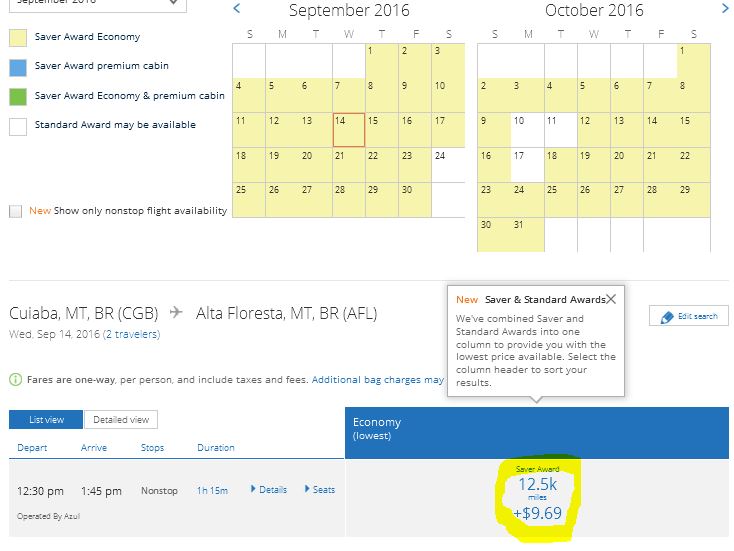
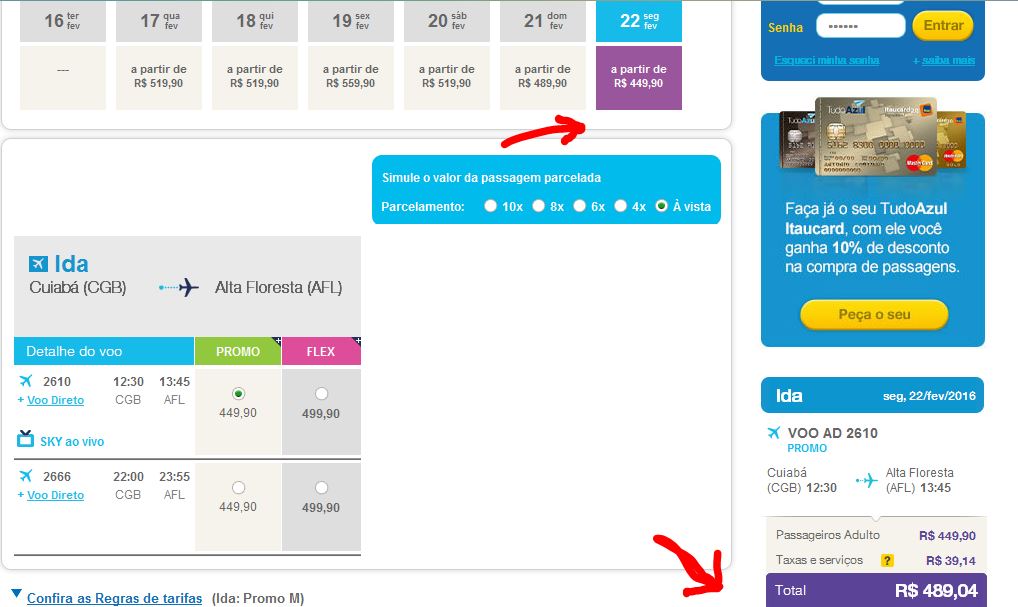
If you are really on a budget, you can travel by overnight bus from Cuiaba to Alta Floresta. It’s not one of the luxe business class buses you see on the Sao Paulo routes but it’s a reasonably comfortable bus and when we did it, it wasn’t full so we could spread out and claim a 2 seat bank each. The good news is that foreigners can now book and pay online. This wasn’t available back in 2012 so we had to waste time going to the bus station and pre-booking the seats.
I recommend the bus that arrives around 6:15am as it gives you time to grab breakfast and walk around the Floresta Amazonica property which is very birdy!
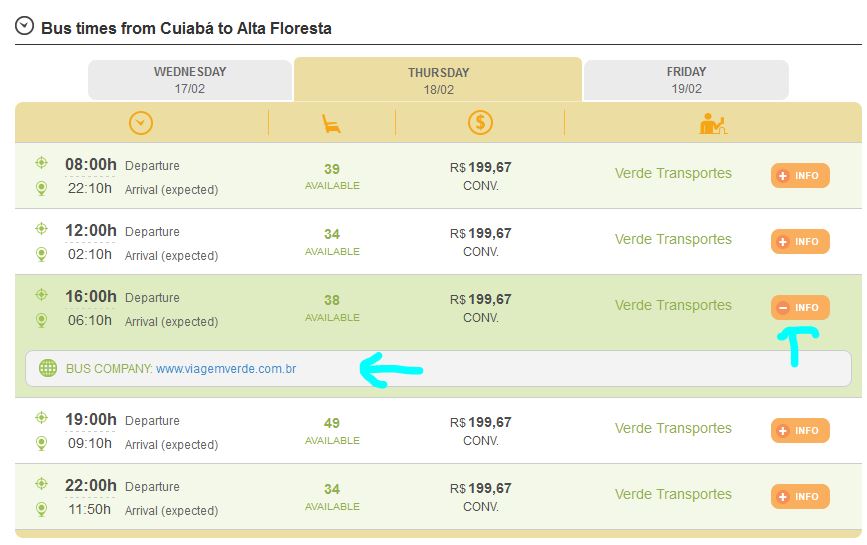
2. Once at the Verde Transportes website, put in the route as below and your date, click on the orange Pequisar button.
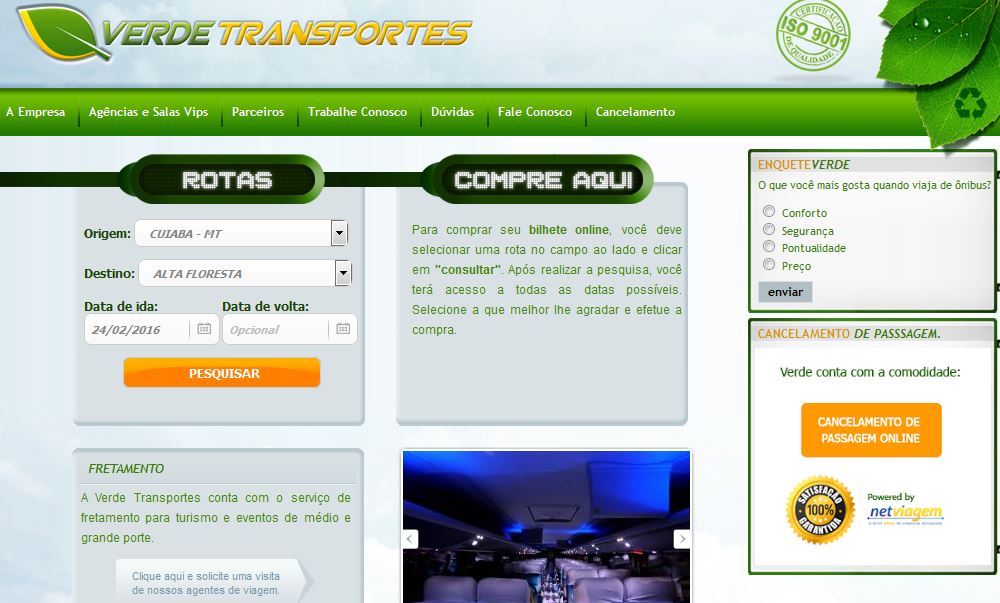
3. In my opinion, the 16:00 departure is best as it gives you more birding time but the 19:00 or 22:00 would get you there in time for the transfer to the Cristalino boat. Click continuar, and put in your name and passport details then choose a seat.
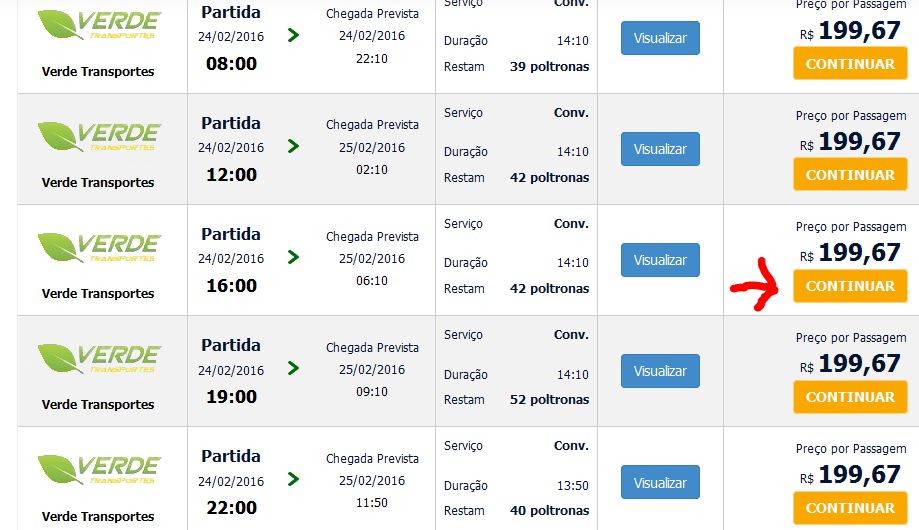
4. After choosing a seat, check that your details are correct and click on Prosseguir button.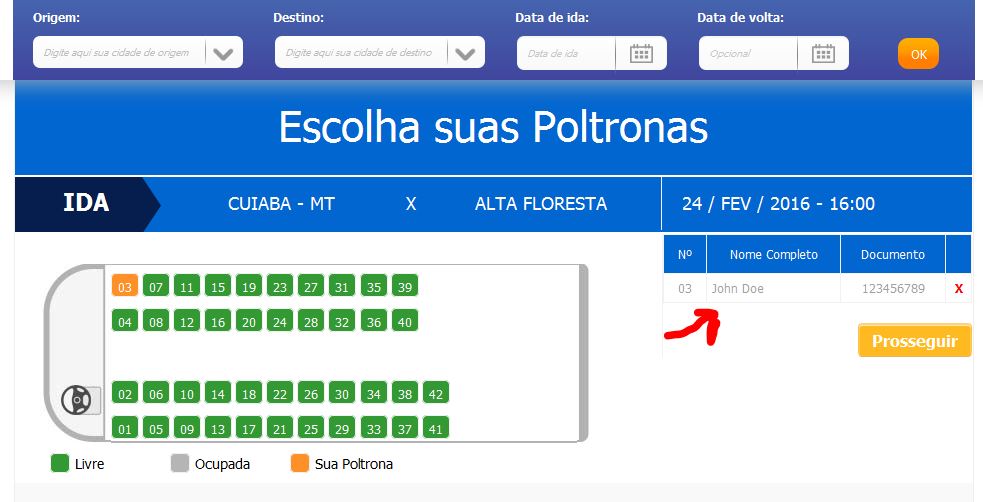
5. Click on the USA flag to get a screen in English. They have a chat line if you need help but you probably won’t. There is an option for foreigners, then just fill out the rest of the form, accept the conditions and Captcha, then Complete Your Order and you’re done!
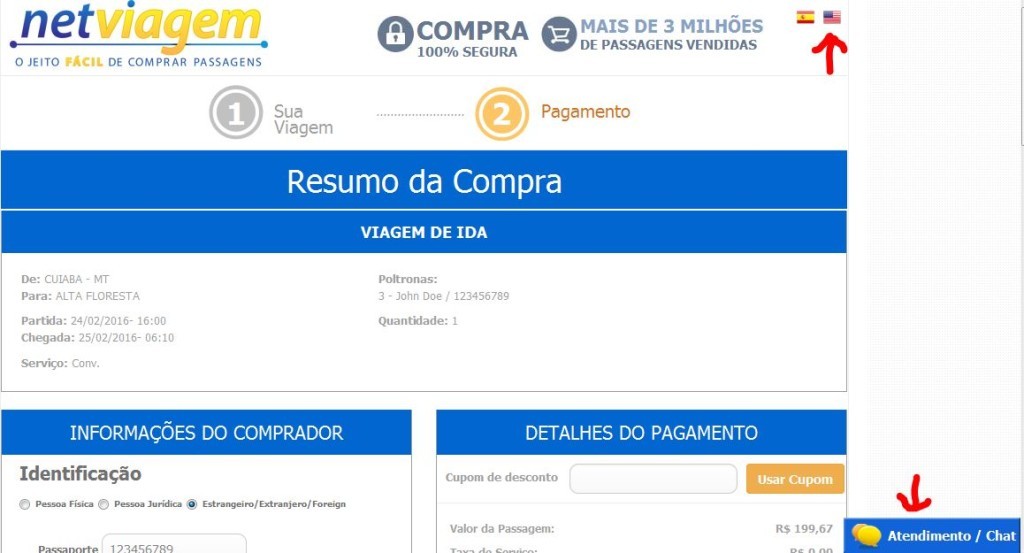

Bus fare is roughly one third the cost of an airline ticket and it does maximize birding time. We spent the morning at Chapada, drove back to Cuiaba, had lunch, returned the car and got a taxi to the bus station in time for the 16:00 bus, then had the morning to walk around Floresta Amazonica before lunch and the transfer to Cristalino which leaves after the Azul flight arrives and all guests are present and ready to go.

I’ve been blogging a lot about rainforests and how to get to them using airline miles and find birds, especially parrots in them. What exactly is a “rainforest”?
Rainforests are forests characterized by high rainfall, with definitions setting minimum normal annual rainfall between 1750-2000 mm (68-78 inches).
Rainforests are home to two-thirds of all the living animal and plant species on Earth. It has been estimated that many hundreds of millions of species of plants, insects and microorganisms are still undiscovered. Tropical rainforests have been called the “jewels of the Earth,” and the “world’s largest pharmacy,” because of the large number of natural medicines discovered there.
The undergrowth in a rainforest is restricted in many areas by the lack of sunlight at ground level. This makes it possible to walk through the forest. It also makes photography very difficult due to low light! If the leaf canopy is destroyed or thinned, the ground beneath is soon colonized by a dense, tangled growth of vines, shrubs and small trees called a jungle.
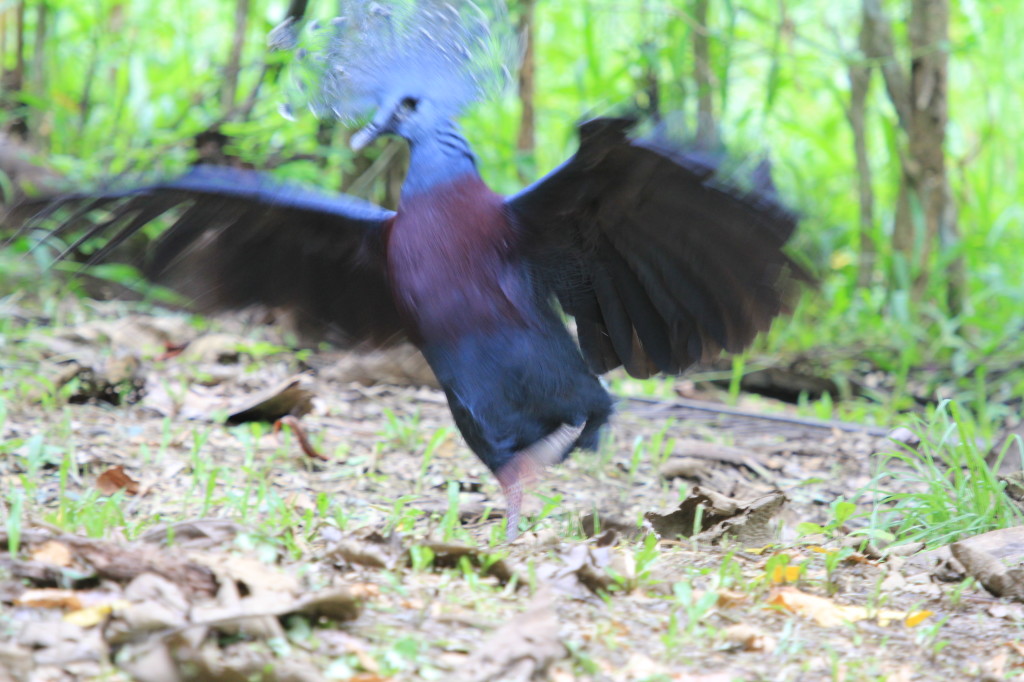
Victoria Crowned Pigeon, Nimbokrang
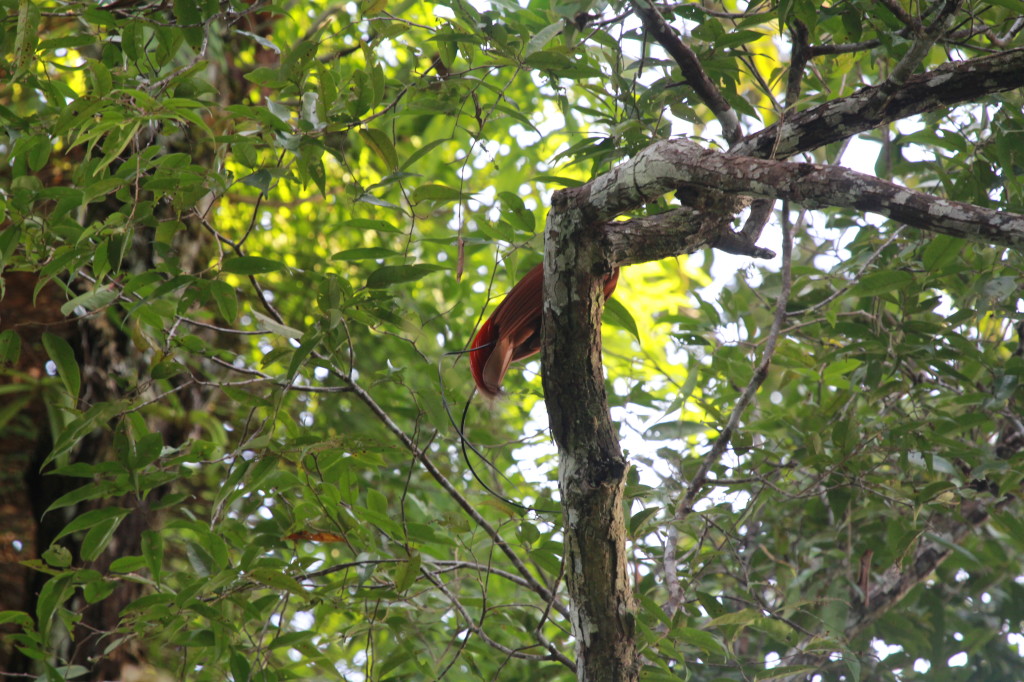
Yeah, you better be watching me!
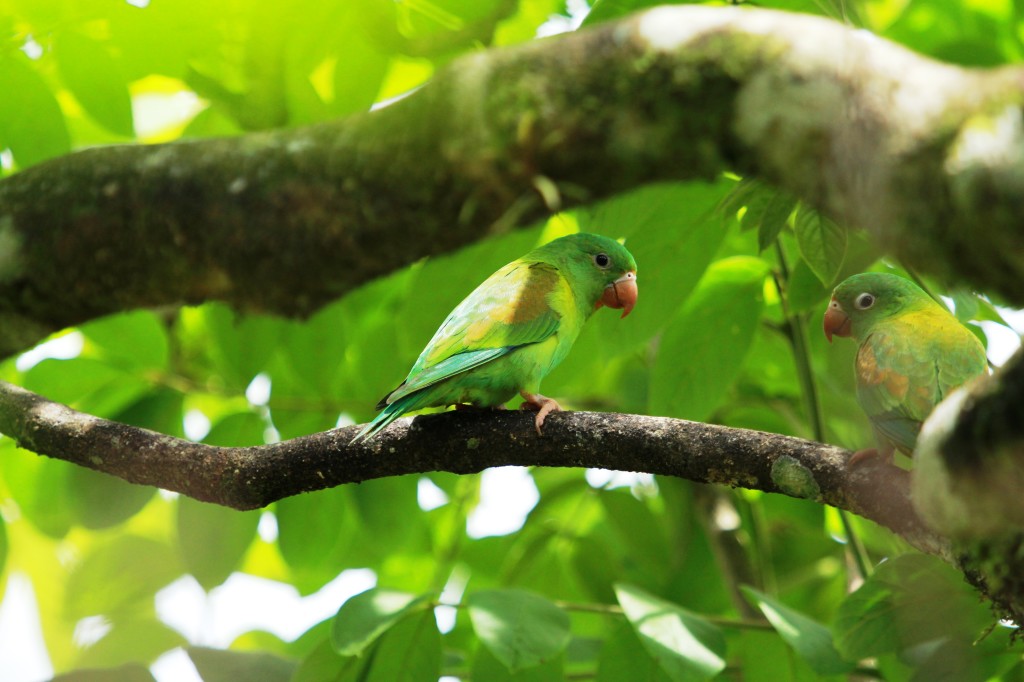
So what kinds of parrots live in rainforests? Most of the African species prefer the rainforests of Central Africa. These include Senegal parrots and Timneh and Congo African Greys.
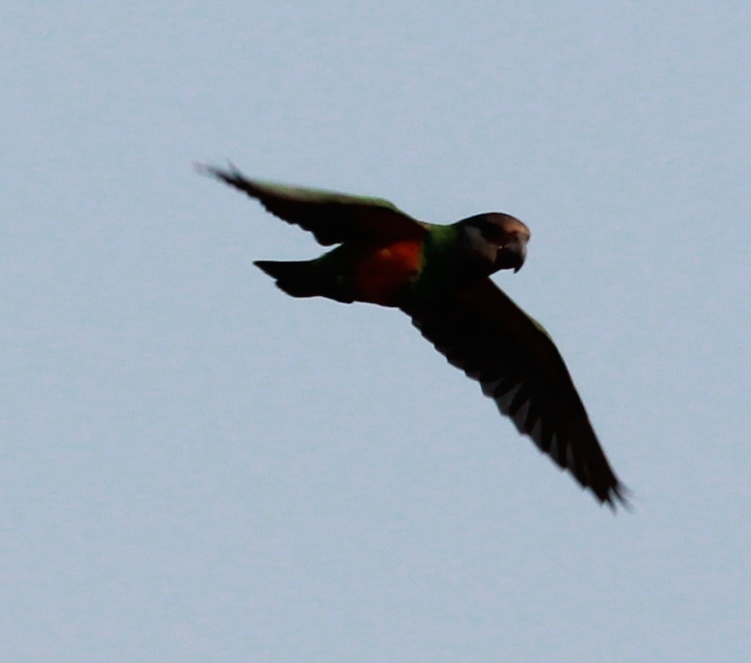
In the Pacific region we have Indonesian and New Guinea species like Solomon Island eclectus and Moluccan cockatoos and some Australian species like lorikeets, king parrots, rosellas and most black cockatoos.
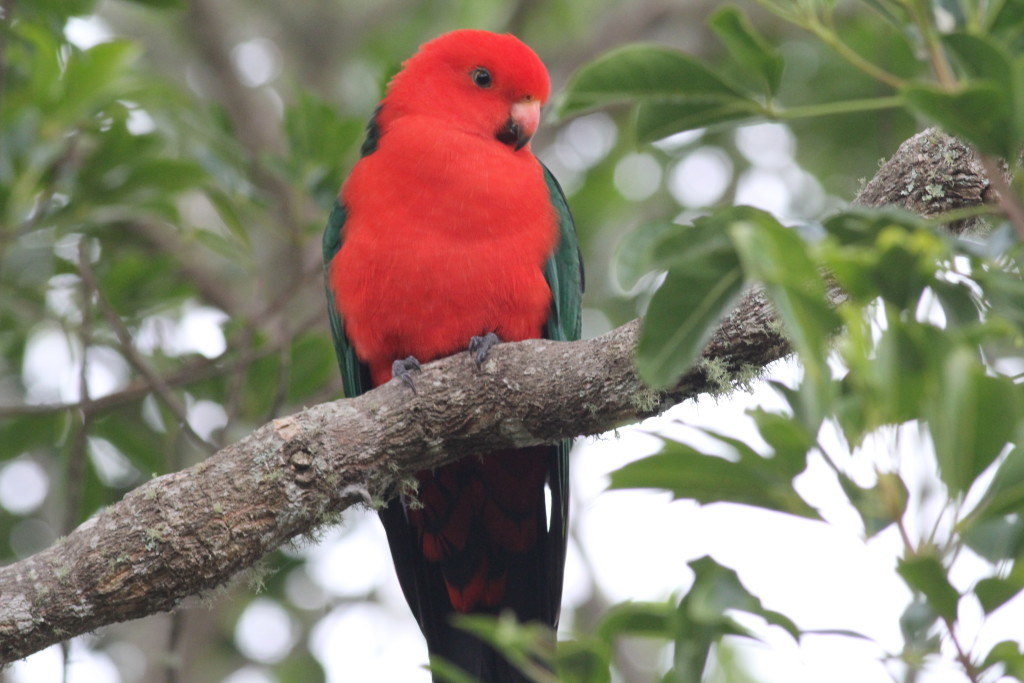
South America’s Amazon rainforest has numerous parrot species such as many macaw species, amazon parrots, most of the conures and pionus. They have a huge range from Colombia and Venezuela in the north to the Peruvian Amazon and Tambopata areas. Rainforest parrots eat fruit, nuts, berries, vegetables and insects. Since some of their diet is toxic, they visit the clay licks to eat the clay which neutralizes the toxic items.

Rainforest parrots are in danger of becoming extinct because of deforestation and human encroachment. The trees they nest in are disappearing and they often are captured by poachers.
We were up bright and early to drive the short distance from town to the gates of the Chapada dos Guimaraes National Park. I had heard that birding groups can get in early, usually with pre-arrangement. I had been unsuccessful trying to find a guide but was hoping to find one at the park entrance. No such luck, all that was there was a ticket booth and a guard that wouldn’t let us in even at the normal time!
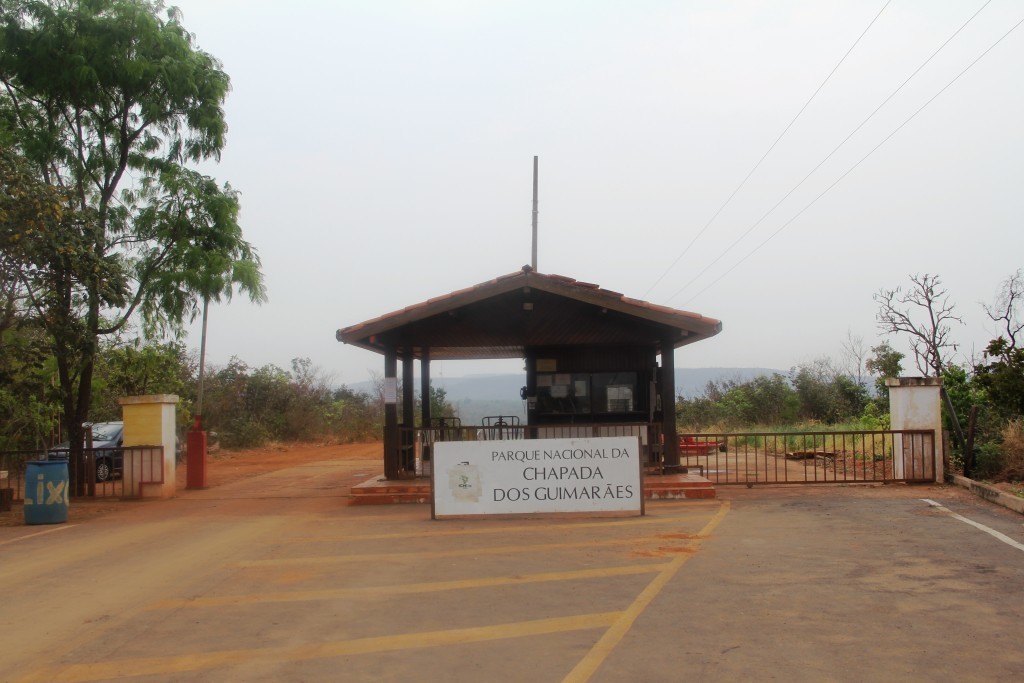
There was a sign that said something about the park being closed om 14, 15, 16 Sept but we were there on the 17th so I wasn’t too concerned even if we had to wait for the official opening hours.
I had been told that the “Veu de noiva” was the best place to see Blue-winged (Illigers) Macaws and to get there as early as possible. But all we could do was stand behind the boom gate and hope the birds would come to us.
And they did! They flew in a small flock and perched in a tree in the car park! I tentatively went closer and closer taking photos with each step.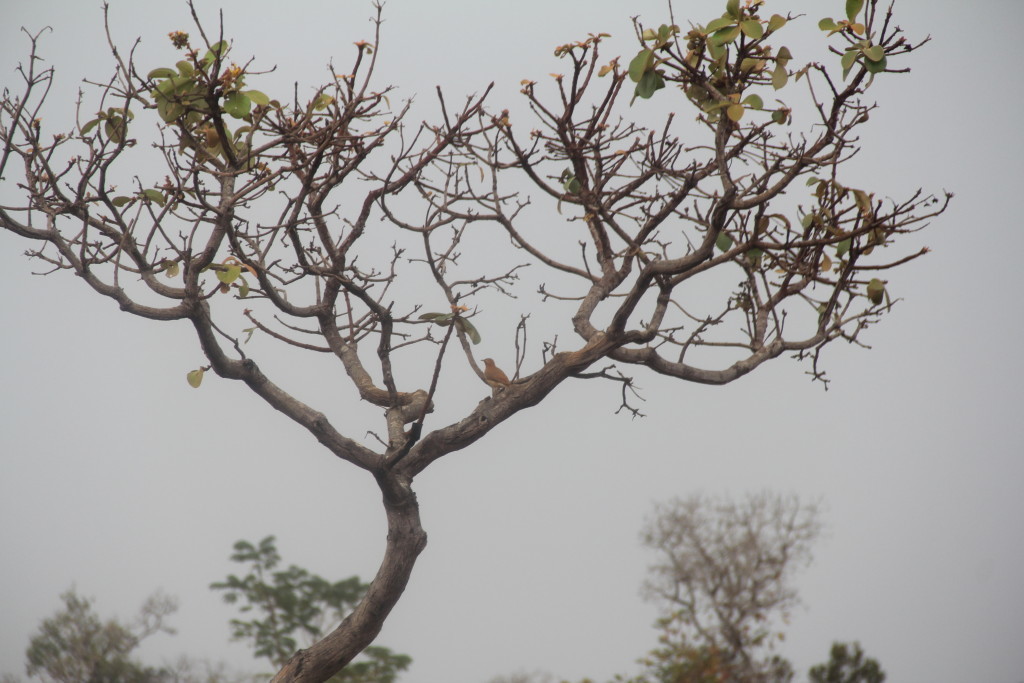
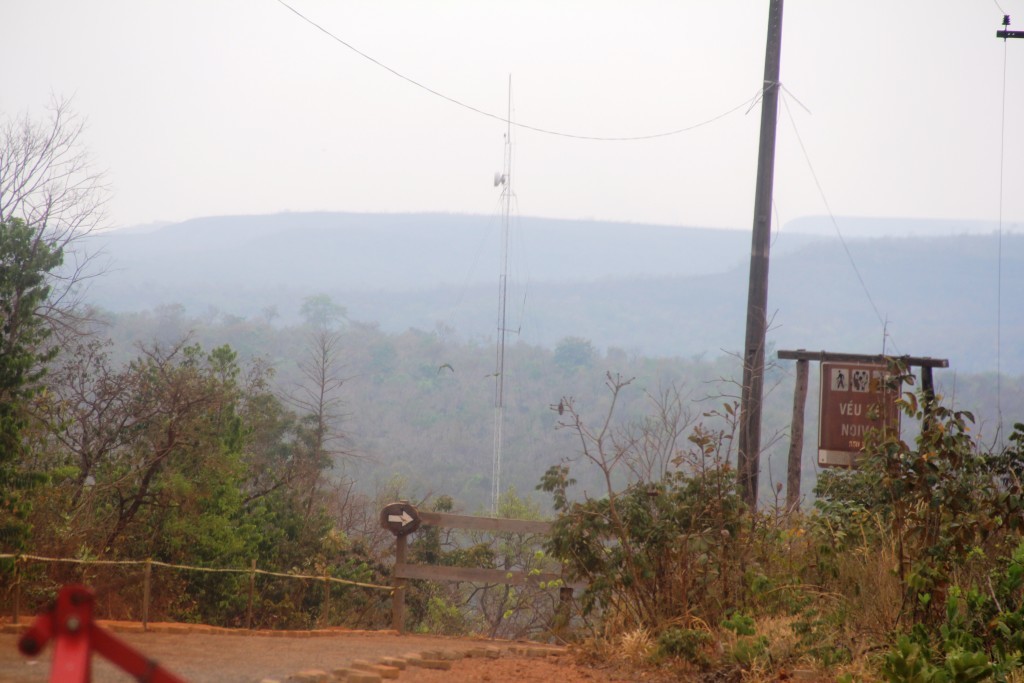
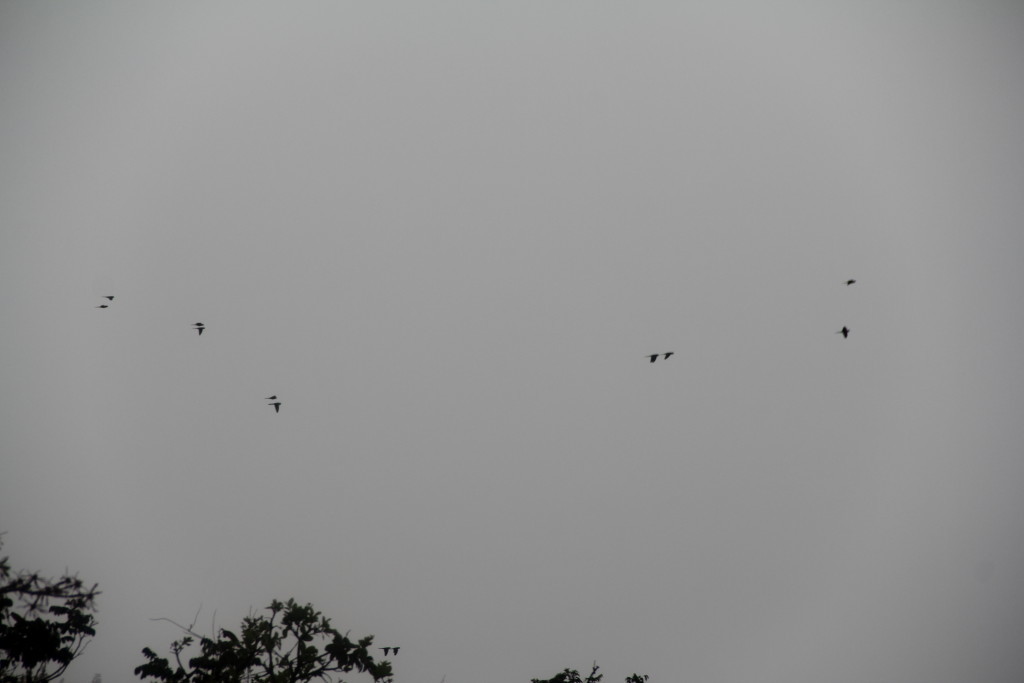

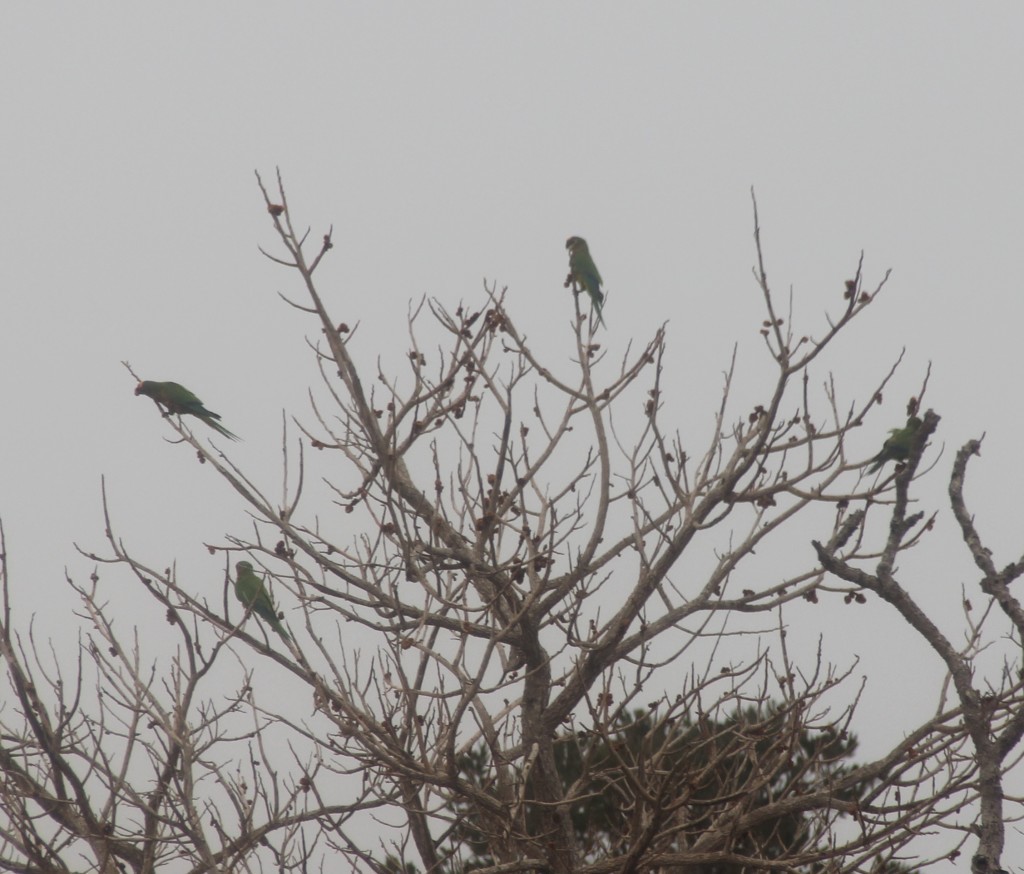
Meanwhile, back at the gate, the dodgy guard taped up a new sign. He wasn’t going to let us in, even after we showed our Australian passports pleading at how far we’d come.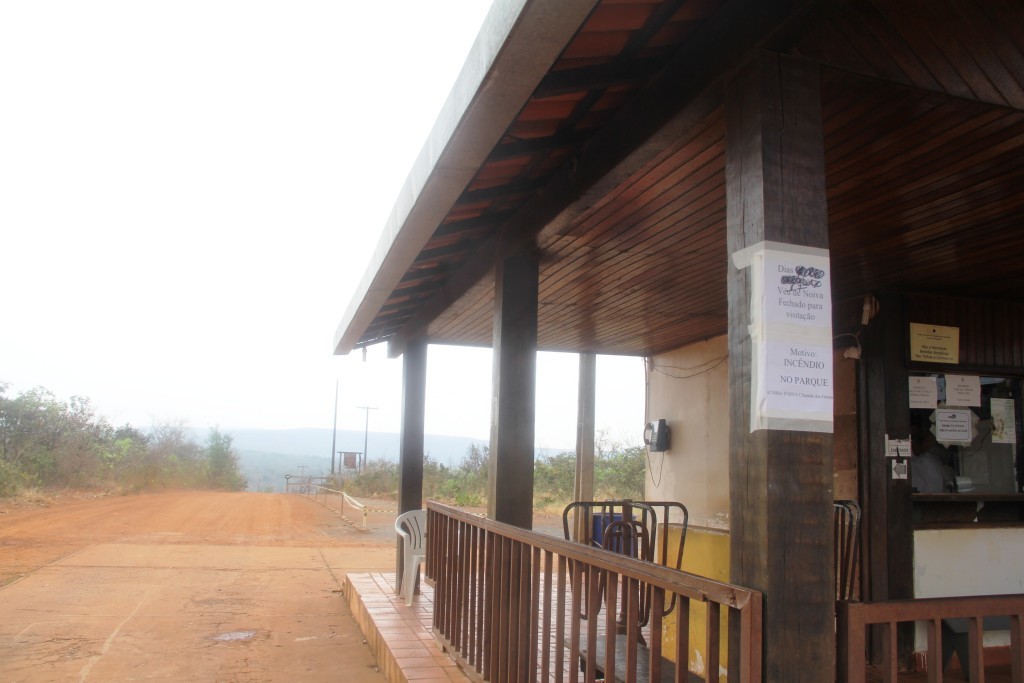
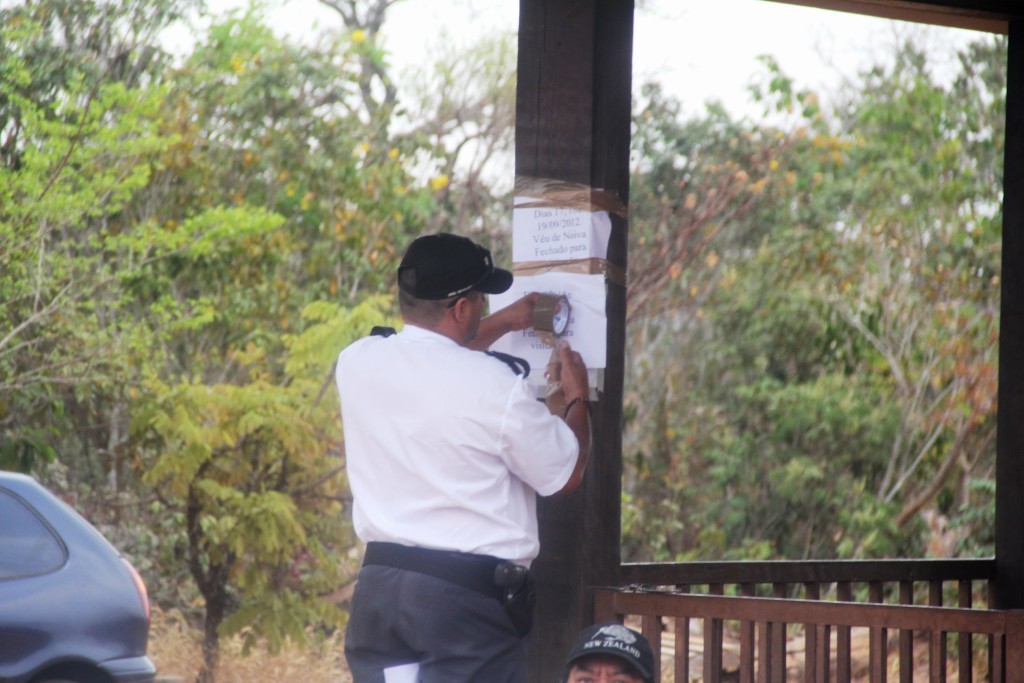
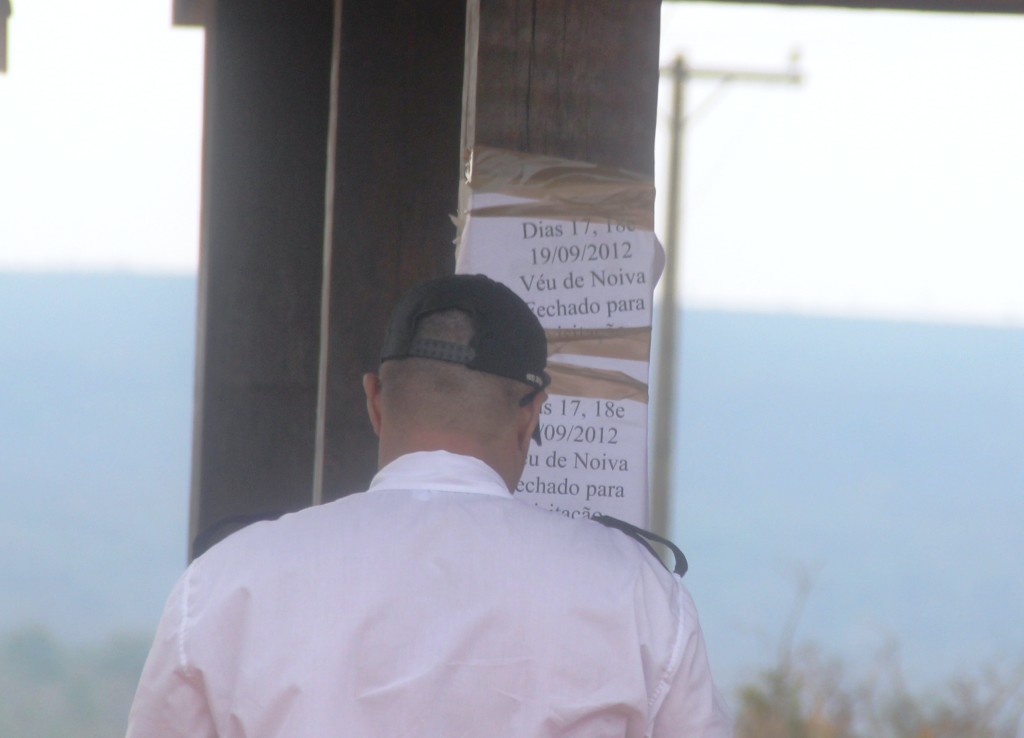
But the birds of the park were more sympathetic and came to the car park since we couldn’t go to them. 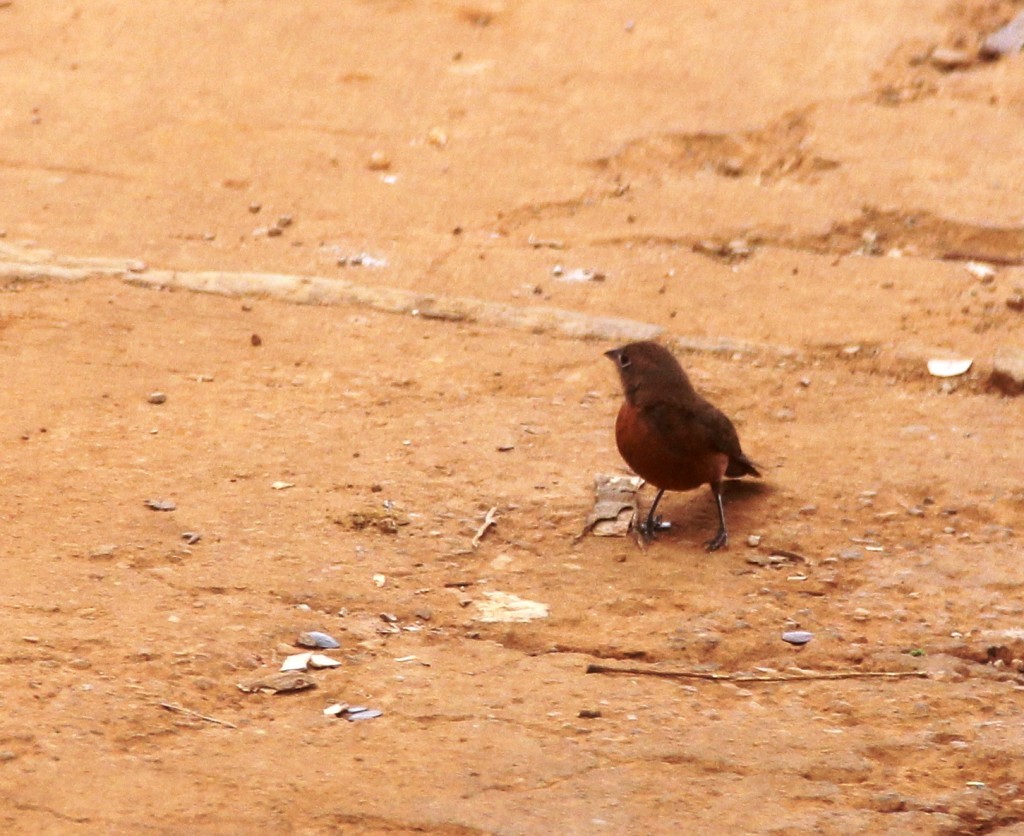
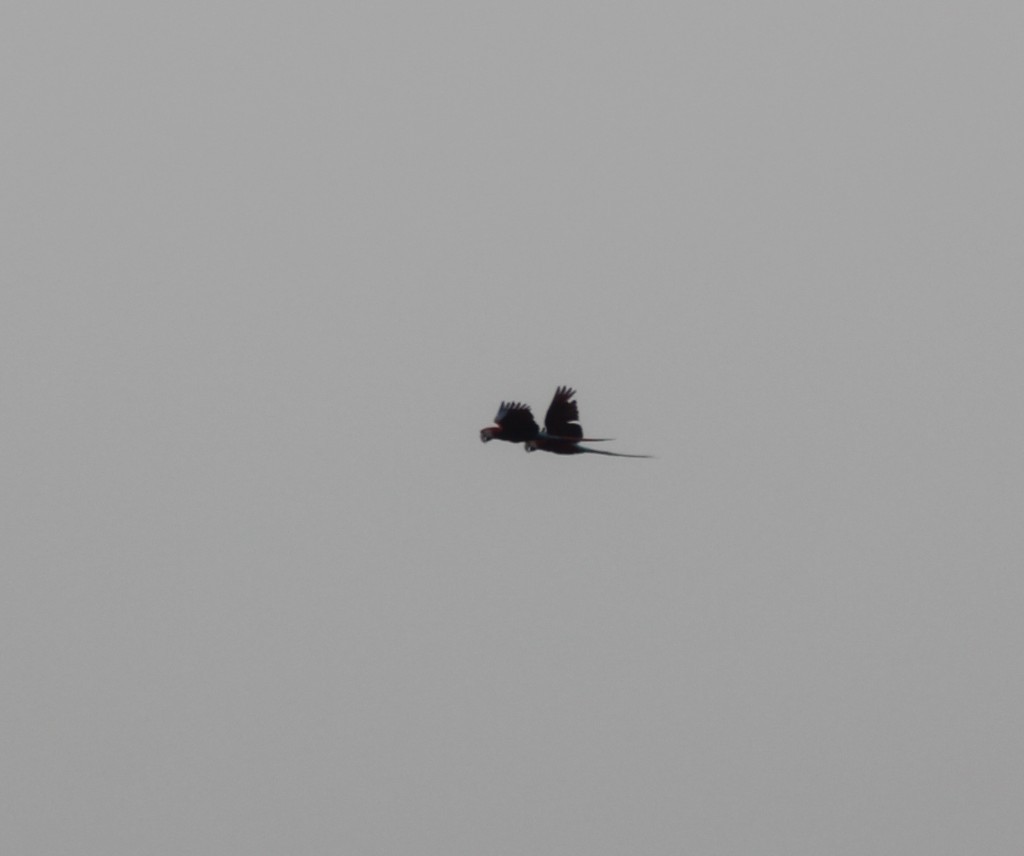
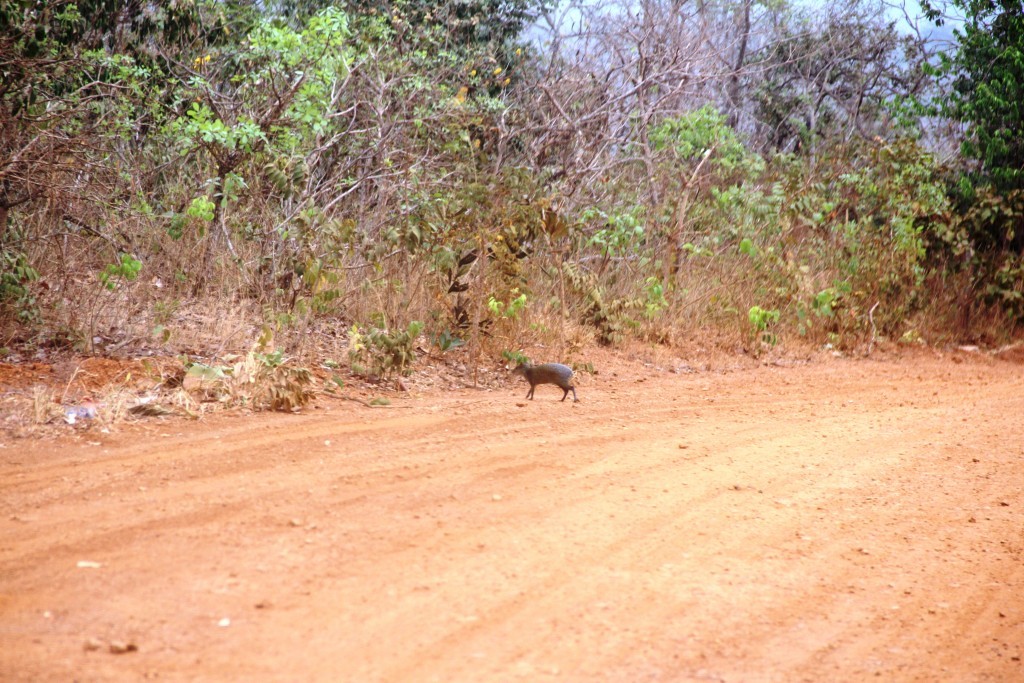
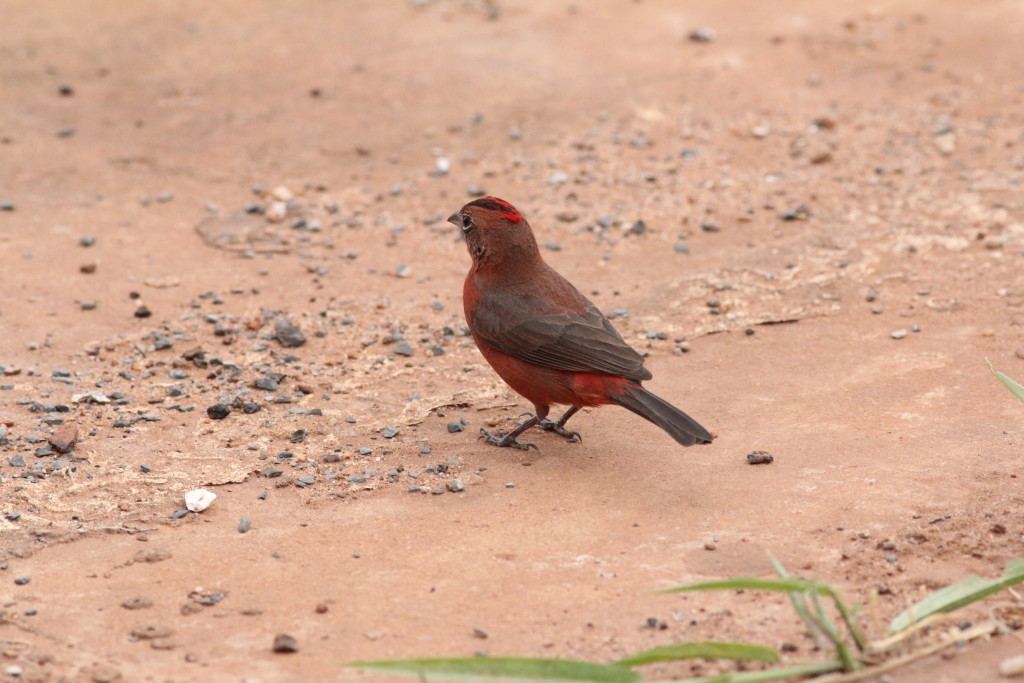
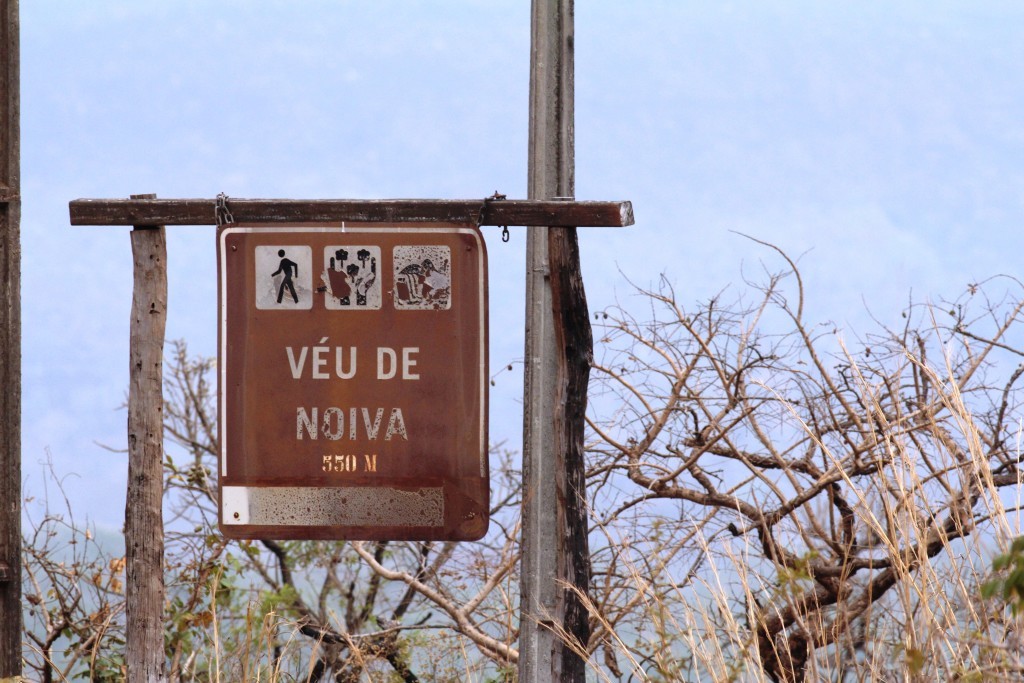
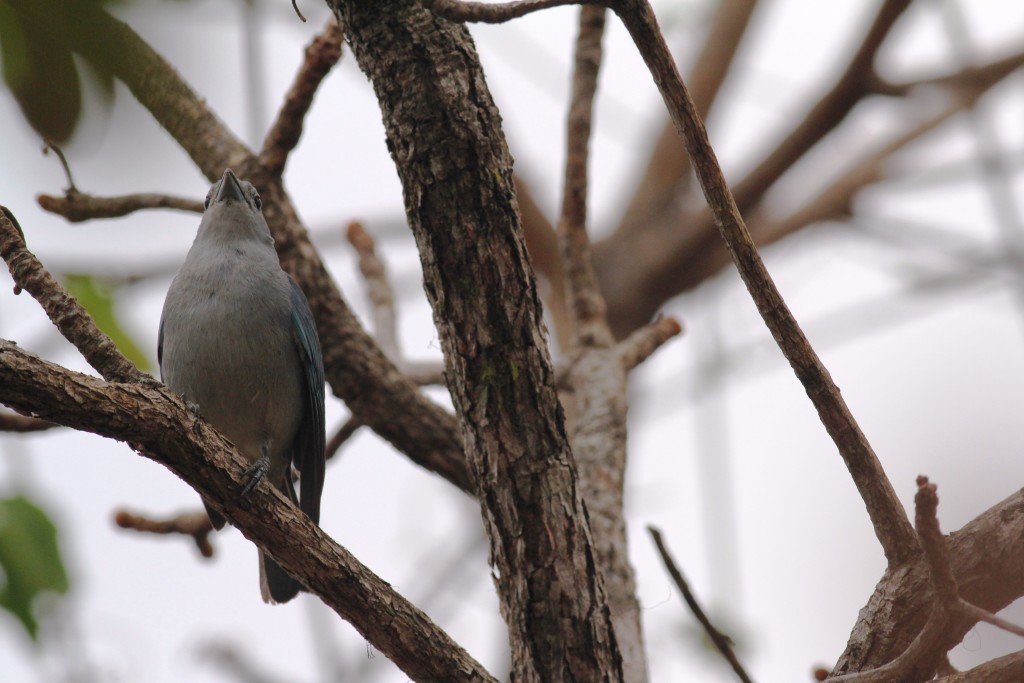
The Blue-winged Macaws hung around for quite a while eating those nuts.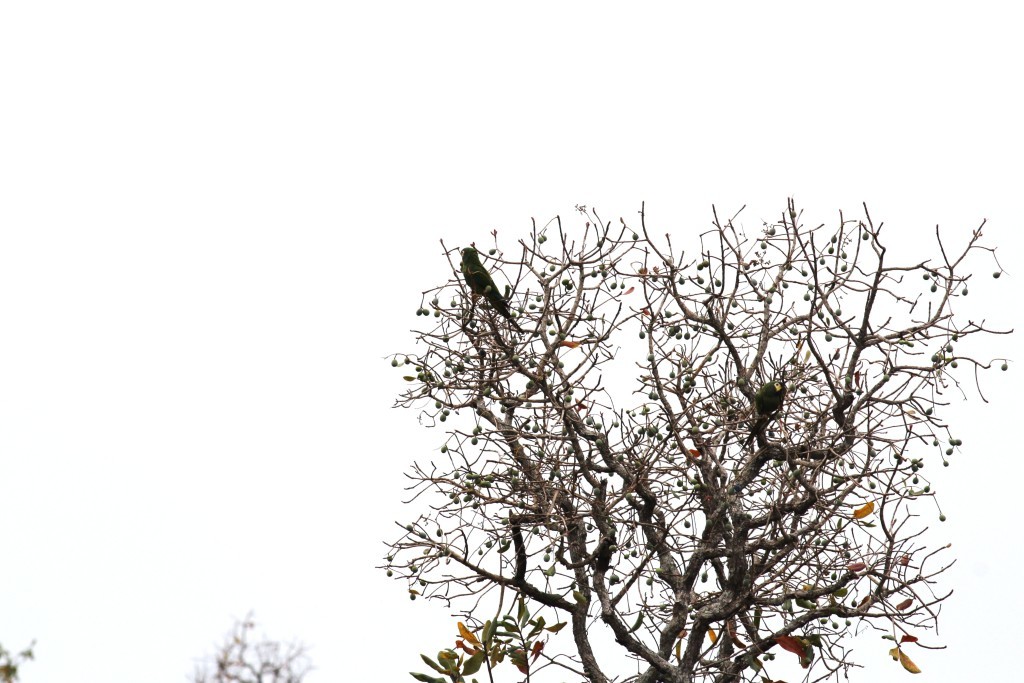
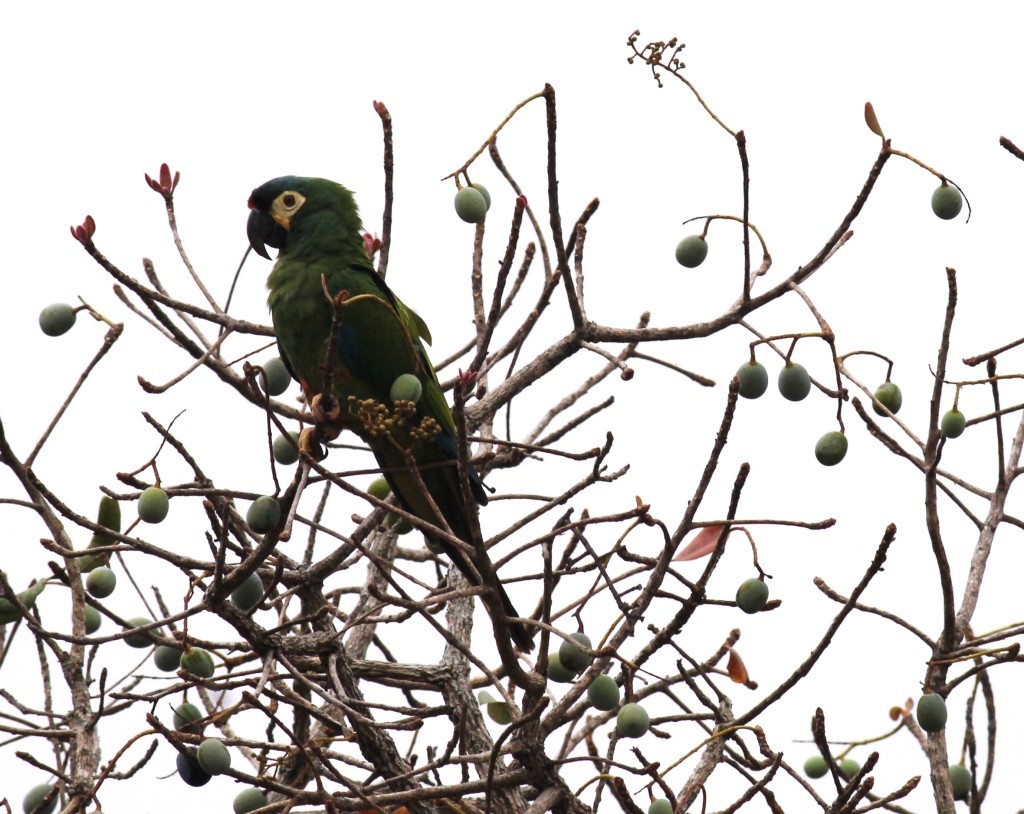
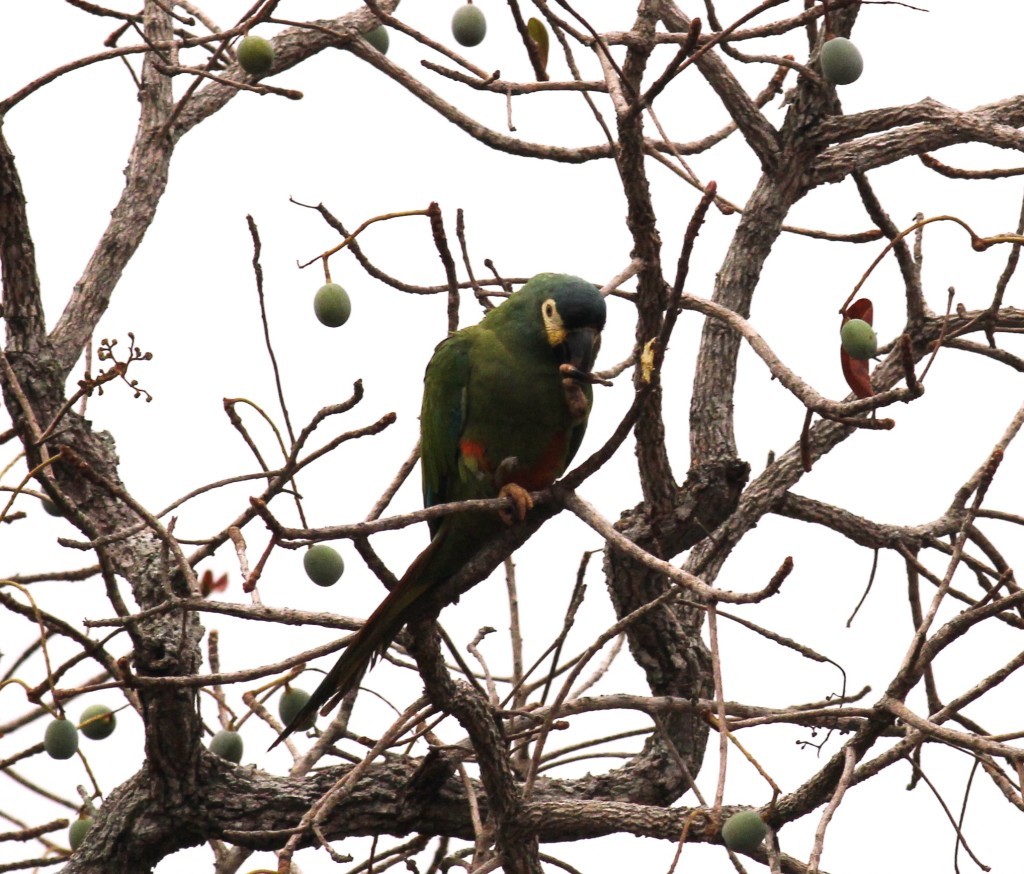
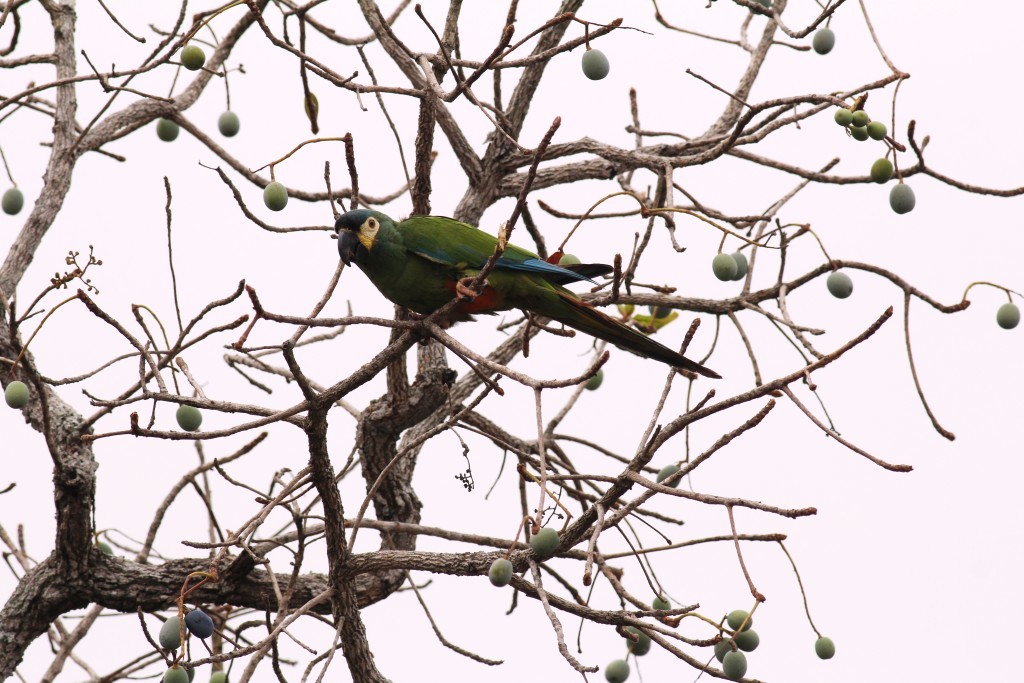
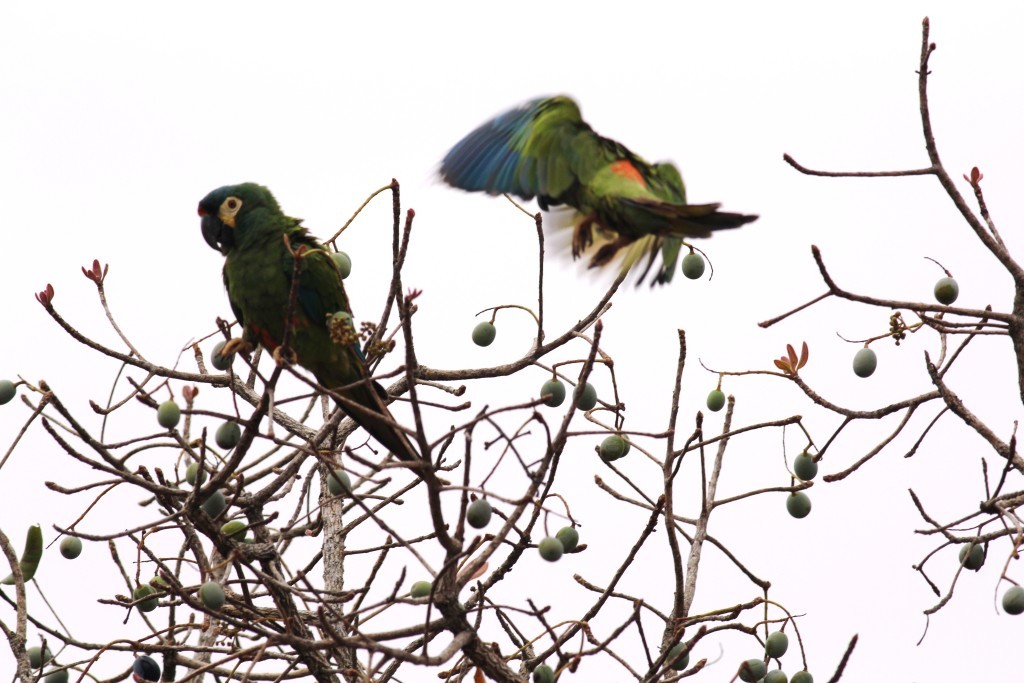
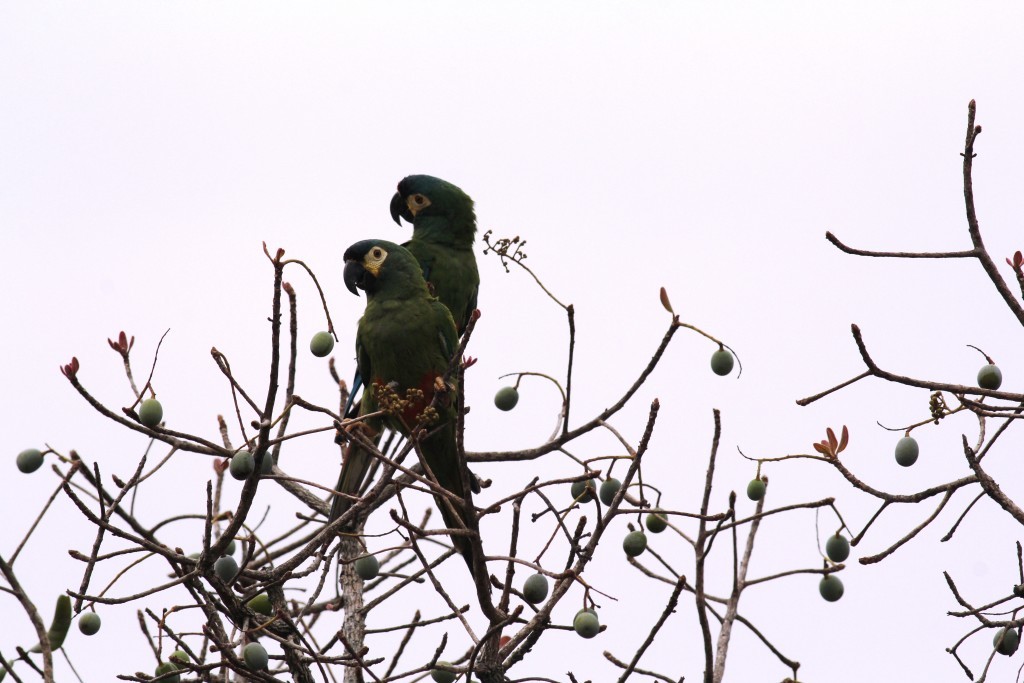
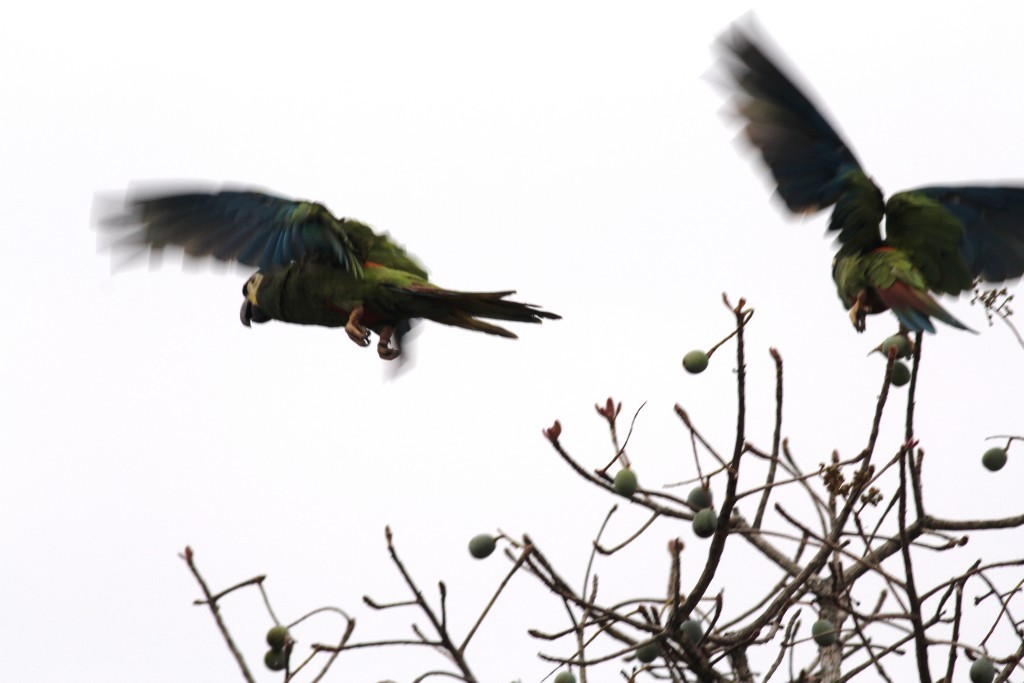
Some Peach-fronted Parakeets also showed up for breakfast!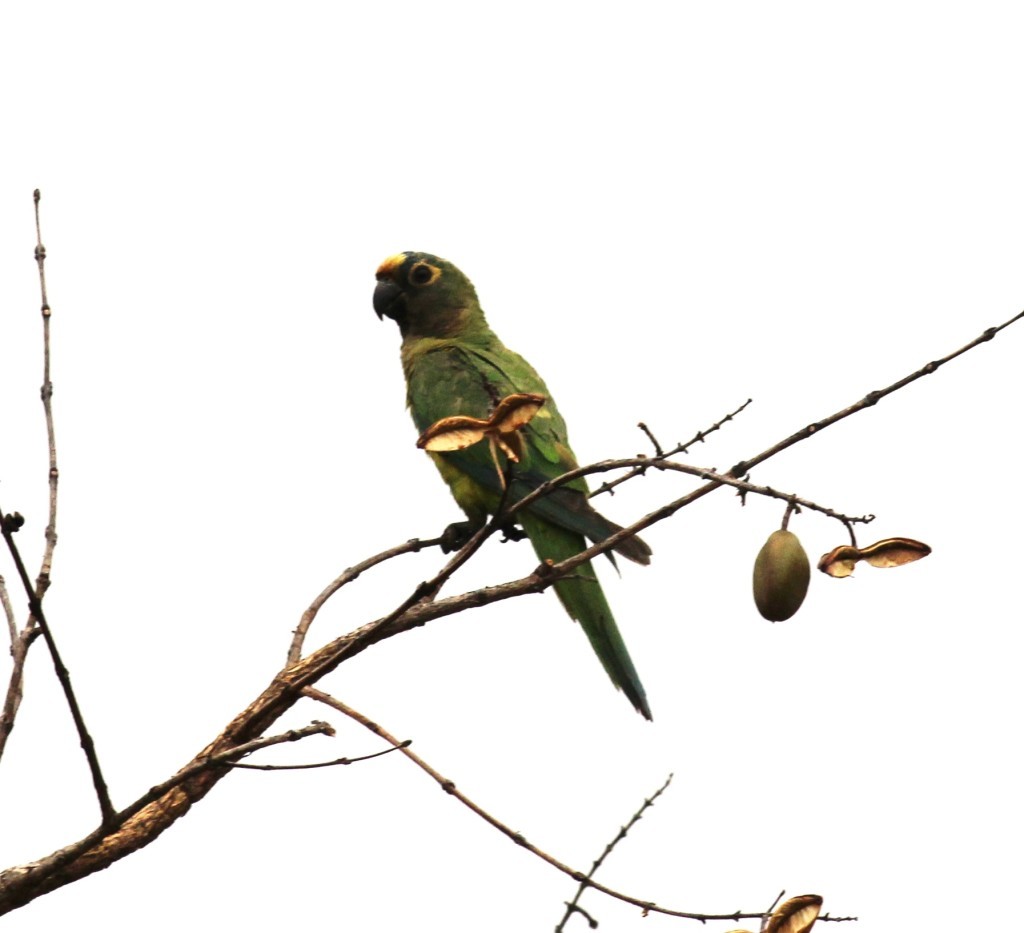
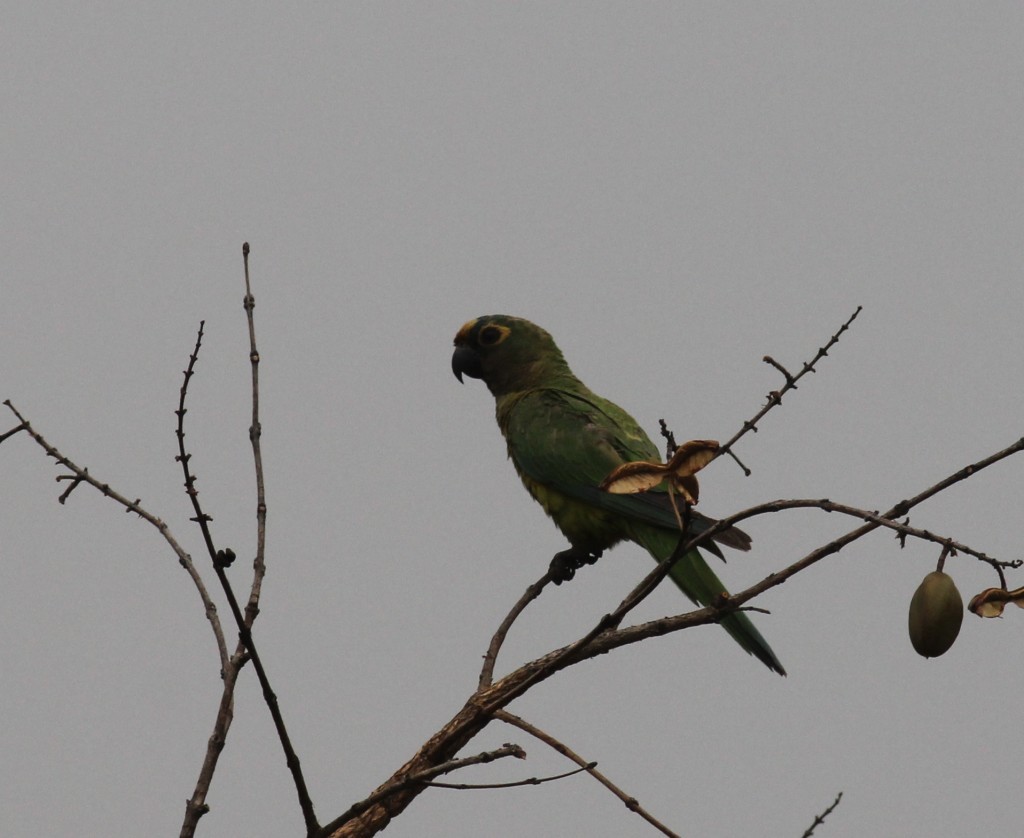
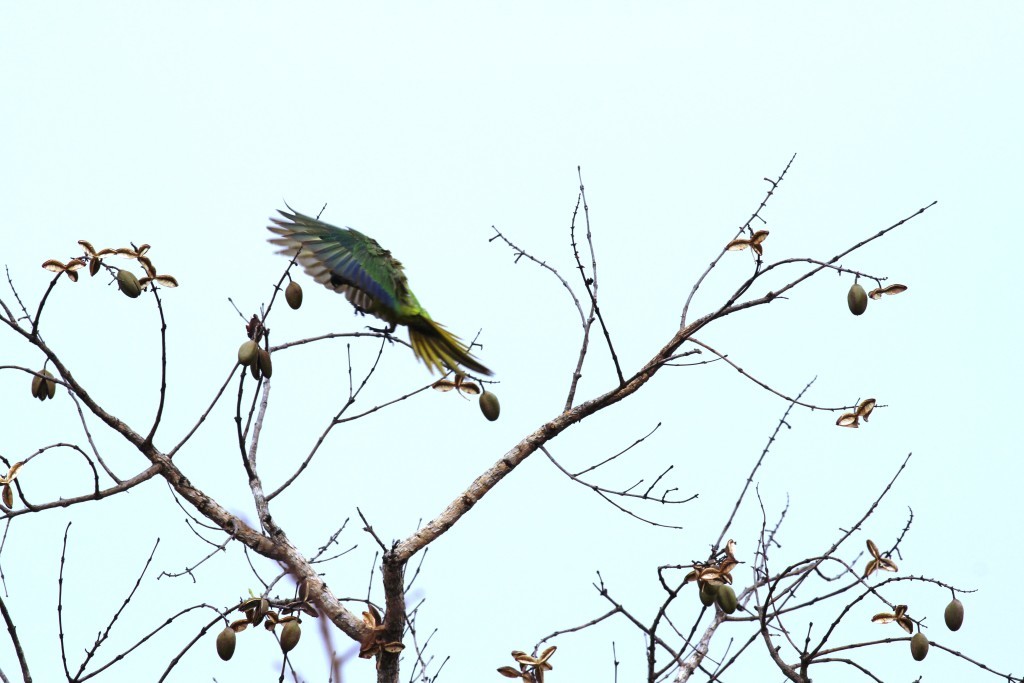
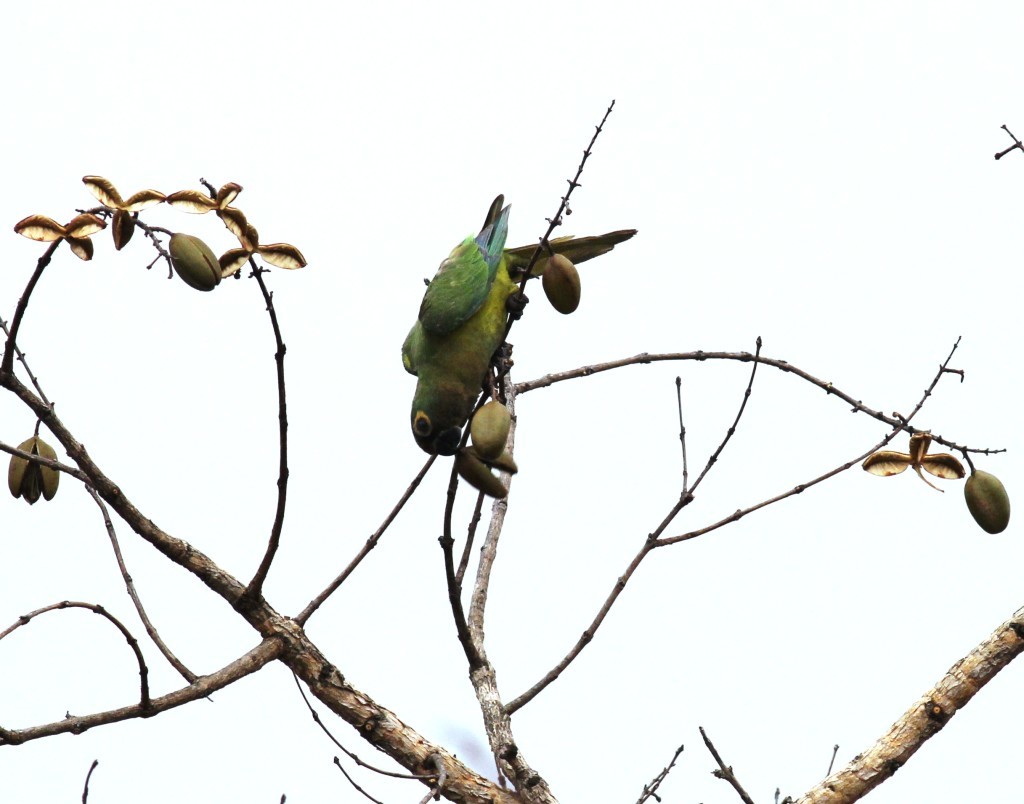
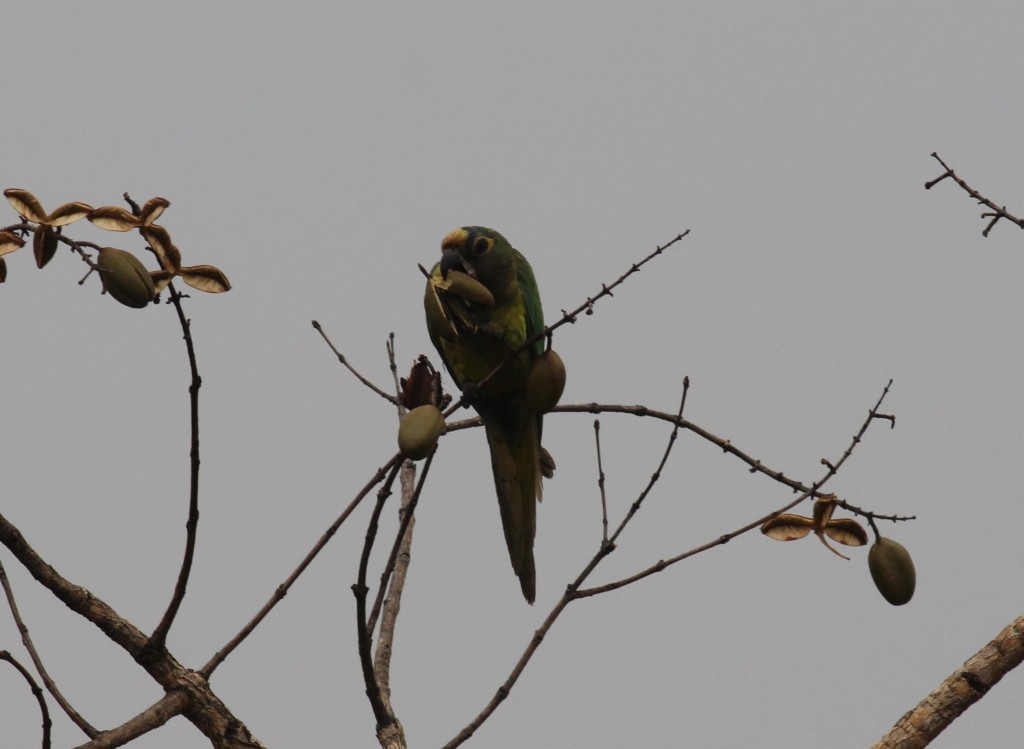
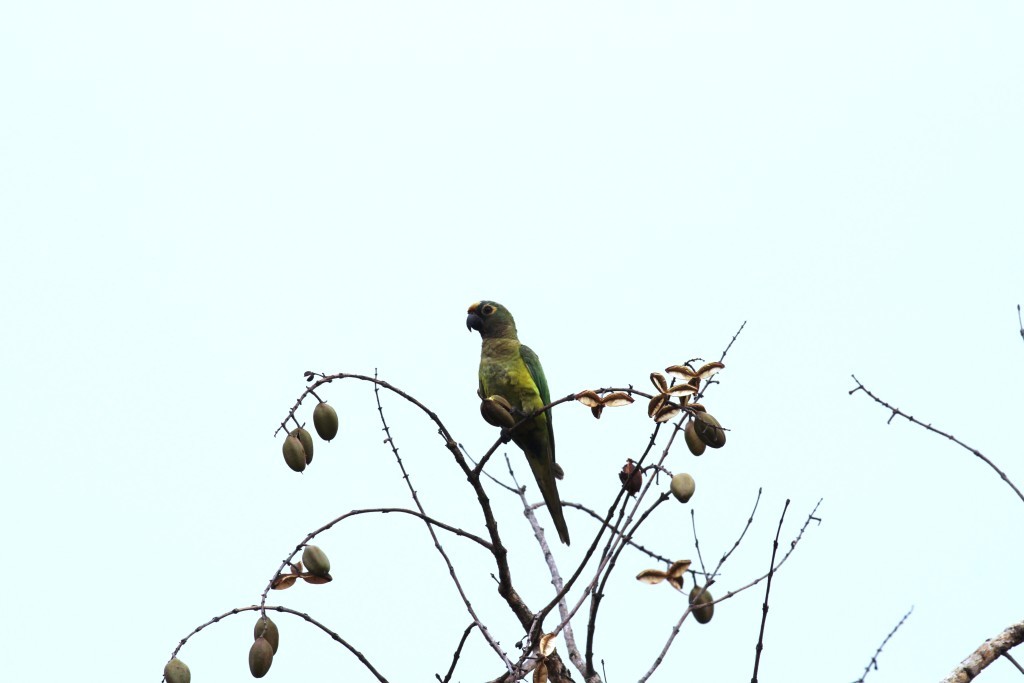
After enjoying our feathered friends in the car park, we headed back to Cuiaba and returned the rental car. I was a bit worried that Hertz would call us out on the car being dirty, but there were no problems. Then we got a taxi to the bus station to get the bus to Alta Floresta.
